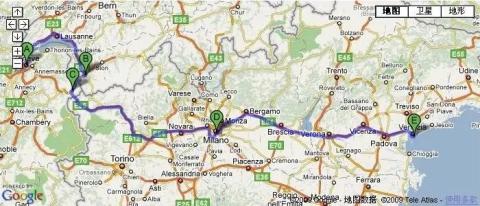
August 16th Geneva (Genève)-Martiny (Martigny)-Chamonix (Chamonix)-Aosta (Milano)-Venezia (Venezia) 724 kilometers

Geneva is very close to France. When going to Italy, I could have entered France first and then taken the highway to Milan. Considering that I planned to cross the Alps on this trip, I chose the route that goes half way around Lake Geneva into France. The advantage of this route is that it can get close In addition to admiring Mont Blanc, the main peak of the Alps, you can also take advantage of the free highways in Switzerland, because the highways in France and Italy are tolled.
The highway is some distance away from Lake Geneva, and some places are set up very high. When you look at Lake Geneva from a bird's eye view, you have a feeling of vastness. It's foggy and rainy, and your vision is blurry, but the feeling is fresh and hazy. I It seems like I have returned to the top of Yunnan and Guizhou, on the bank of Erhai Lake. After walking around the lake, the car entered the Alps. As the altitude increased, the city gradually moved away, while the landscape of the snow-capped mountains gradually became clearer.
It feels a bit like Cangshan Mountain and Erhai Lake
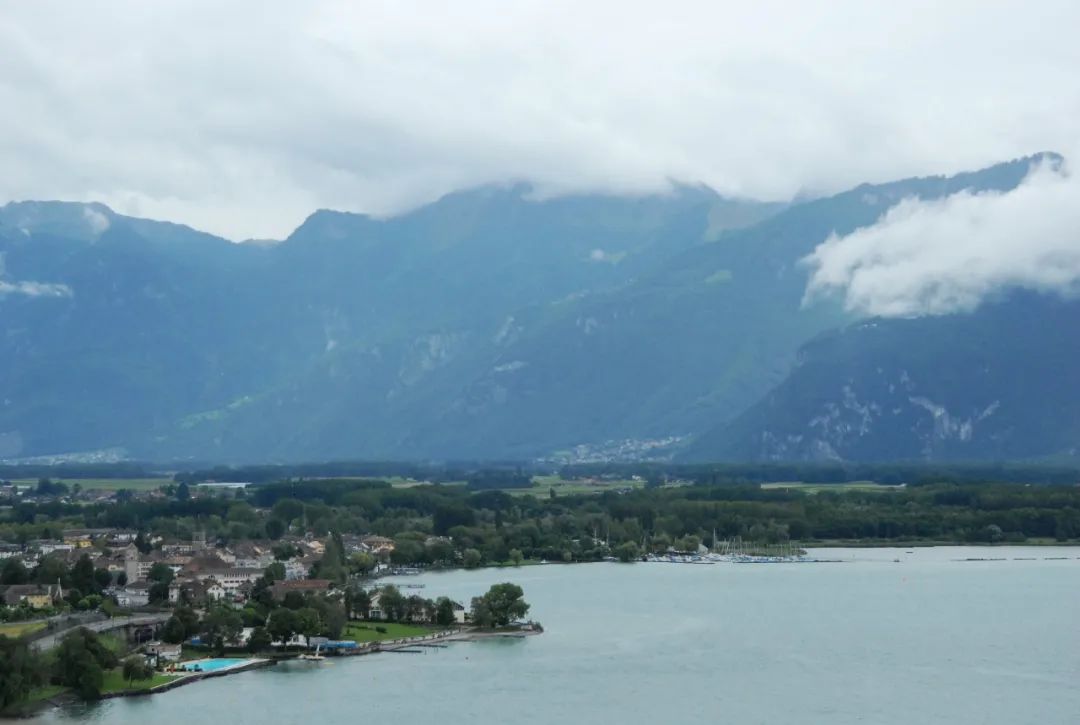
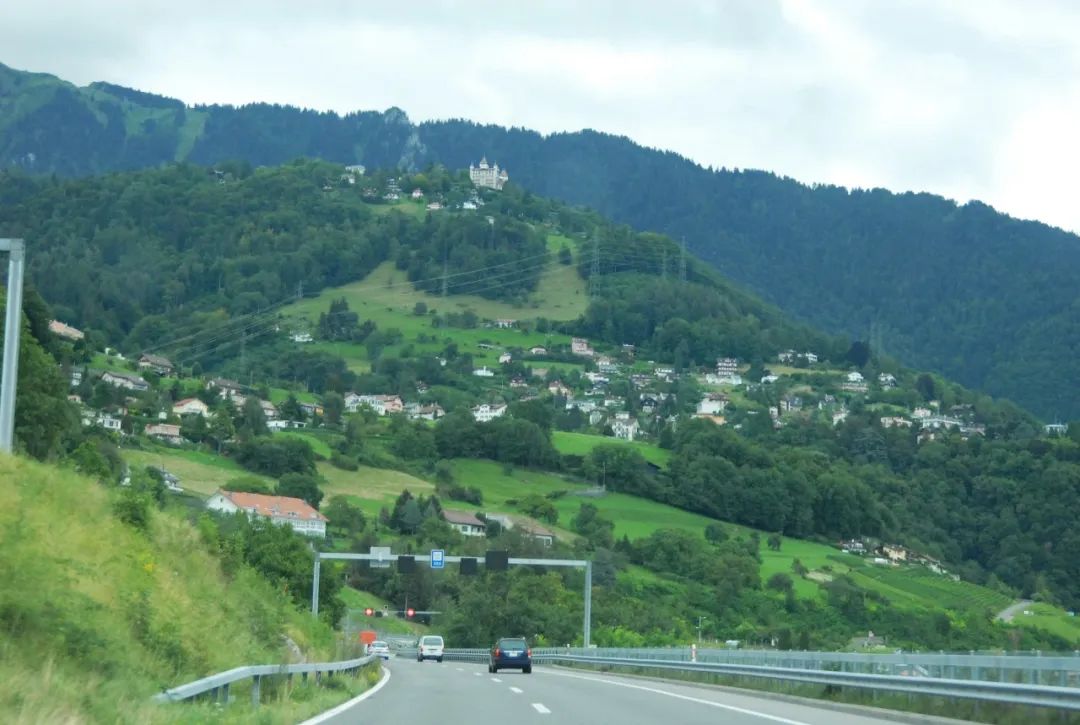
The city is gradually moving away
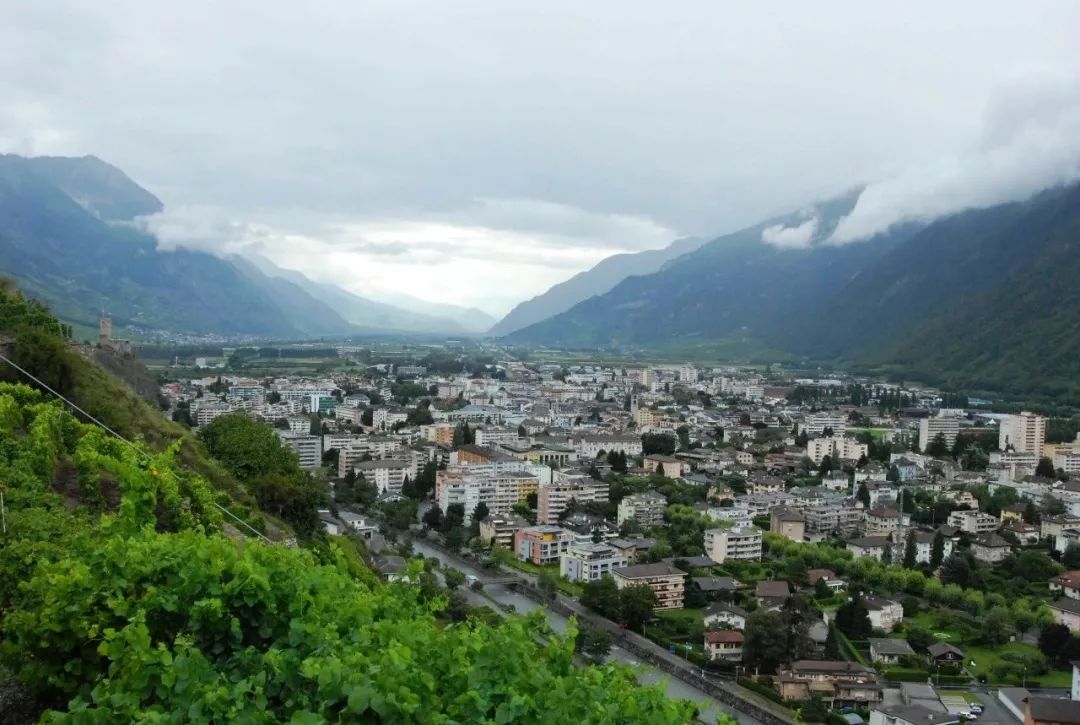

The landscape of the snow-capped mountains gradually becomes clearer
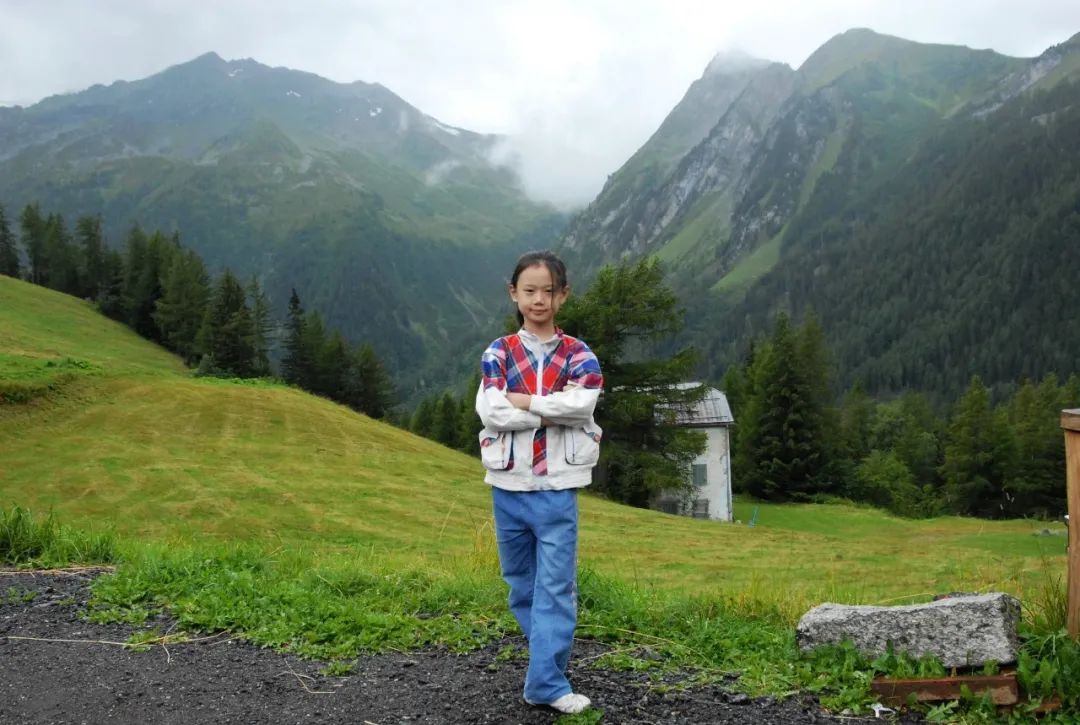
The Alps are the tallest and most majestic mountains in Europe. It stretches for 1,200 kilometers from Nice in southeastern France in the west, through Switzerland, southern Germany, northern Italy, and to the Vienna Basin in the east. It is 120-200 kilometers wide and can reach 300 kilometers at its widest point. The mountains are high and steep, with an average altitude of about 3,000 meters. Many mountain peaks are rugged and rocky, with sharp peaks. There are also many deep glacial troughs and moraine lakes in the mountainous area. Until now, there are more than 1,000 modern glaciers in the Alps, with a total area of 3,600 square kilometers, which is larger than the European country Luxembourg. The Alps are part of the ancient Mediterranean. The tall folded mountains were also formed during the Himalayan orogeny. The horn peaks, glacial troughs, etc. are the remains of glaciers. After the tall Alps were formed, Europe experienced several major ice ages in the past 2 million years, and the Alps were covered by ice up to 2,000 meters thick. The glaciers eroded the rocks and carved out paths, forming many abrupt cliffs, sharp peaks and glacial troughs, making the mountains appear particularly steep. The Alps are a huge watershed. Many large rivers in Europe, such as the Rhine, Danube, etc., originate here and are rich in water resources. (Source: Baidu Knows: Which mountain is the Alps?)
The first thing that struck me about the Alps was that there was a lot of water vapor. Anyone who has studied geography knows that the warm current from the Gulf of Mexico blows over the land of Europe, making Europe warmer and humid than other places at the same latitude. Falling into the Alps is equivalent to encountering a huge windward slope. The large amount of precipitation has brought good growth conditions to the vegetation here. Whether it is the broad-leaved forest in the temperate and humid zone, the coniferous forest in the cold temperate zone and the alpine grassland, it is very lush. , I thought that in winter, this place would definitely become an ideal place for skiing and watching the snow scenery. Secondly, what impressed me deeply is that although this is already a cold zone unsuitable for human survival, the transportation facilities are not behind those in densely populated areas. The modern transportation network here such as roads, railways, and cableways is densely packed with tourists. As long as we When you stop at a certain viewing spot, you will always see trains and cars full of tourists passing by.
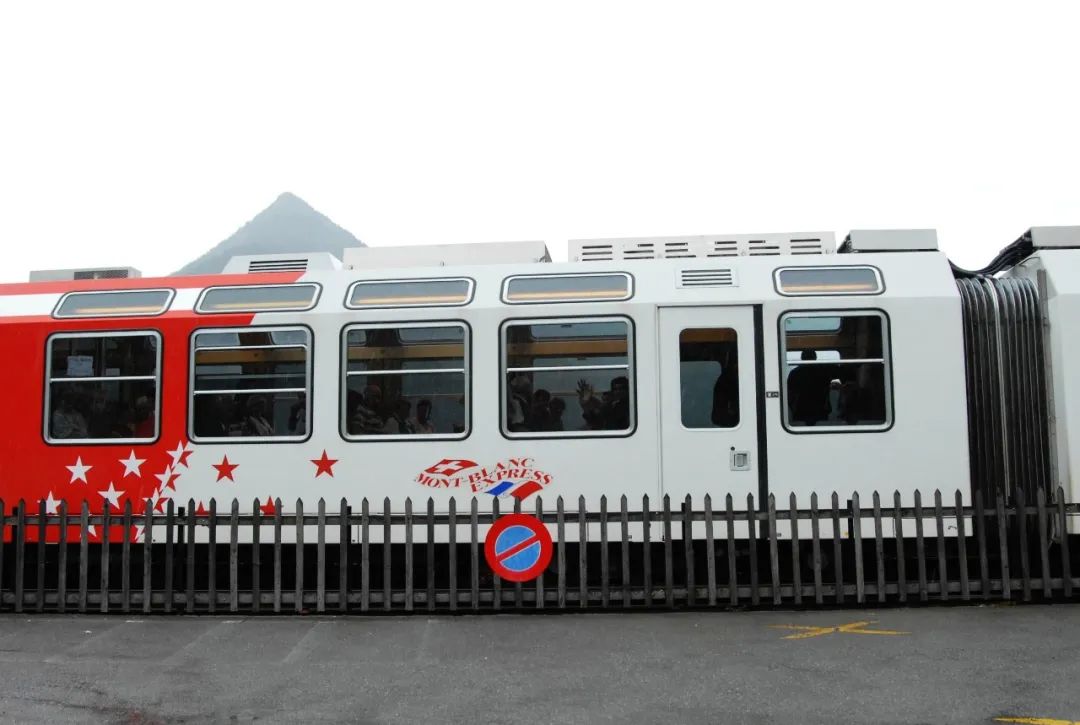
The French-Swiss border is located on a hillside. This very small border checkpoint is a bit like the Beizijiao Pass on the seaside in Shenzhen. There are only Swiss customs officials here. The French side is undefended, so no one checks when entering France. Documentary. After passing the border, we continued uphill and after passing the pass, we were right in front of us, the highest peak of the Alps, Mont Blanc.

Mont Blanc (French: Mont Blanc, Italian: Monte Bianco, meaning white mountain), stands between France and Italy, with an altitude of 4810 meters. It is the highest peak of the Alps and the highest peak of Western Europe. Mont Blanc is a towering mountain that is affected by westerly winds all year round and receives abundant rainfall. It is covered with snow in winter but does not melt in summer, and is covered with white snow. About 200 square kilometers are covered by glaciers. Soon after descending we arrived at Chamonix, the largest tourist center in the Alps.
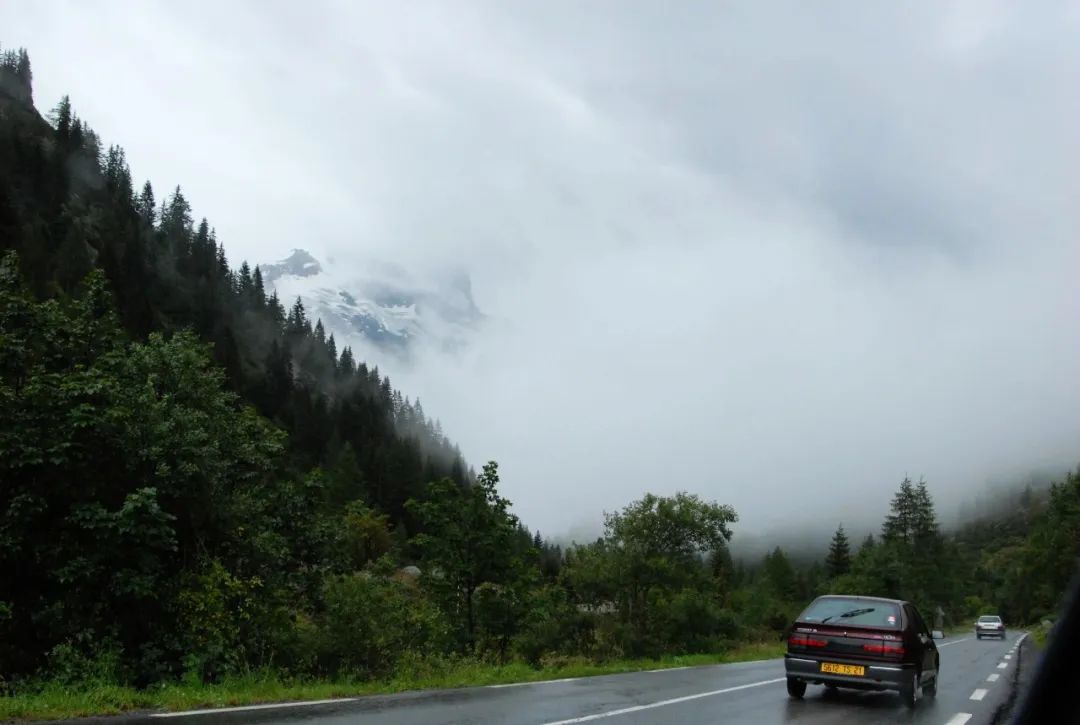

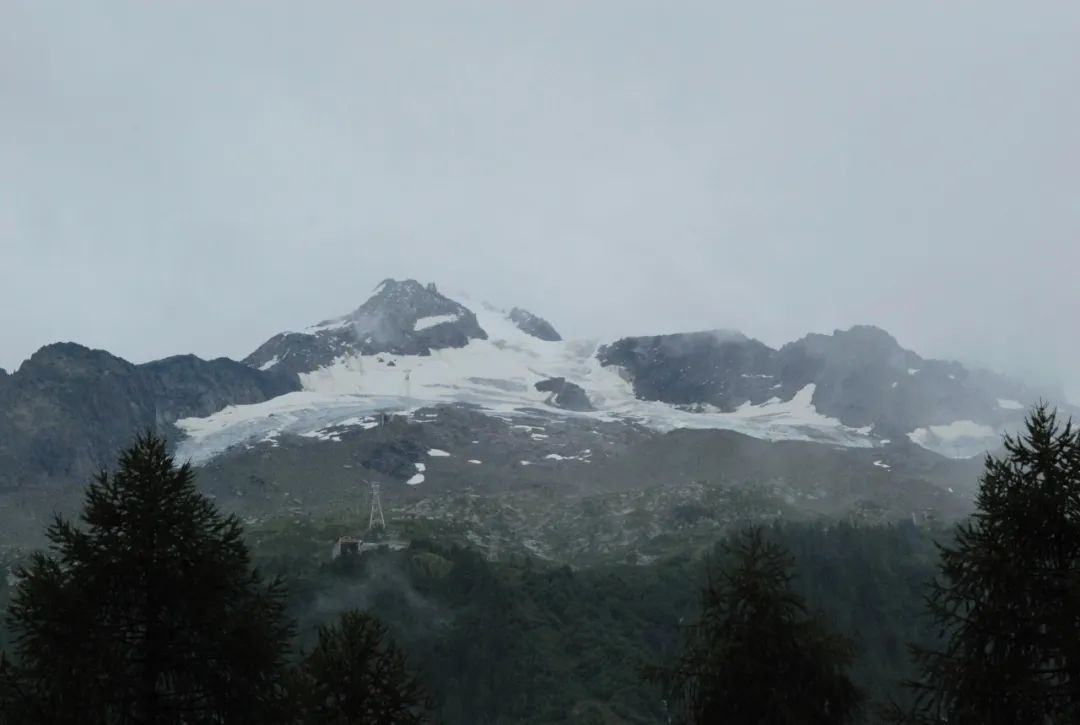
Chamonix is the birthplace of modern mountaineering. This long and narrow town has a population of just over 10,000, but it receives millions of tourists every year. It is said that tourists mainly come in winter and midsummer. From December to March every year, the town is full of people coming to ski. From June to September, most of the tourists here come for mountain climbing, vacation or summer vacation. Chamonix is the best starting point for climbing Mont Blanc. It is famous for having the highest cable car station in Europe. This cable car station is located in the "Aiguille du Midi". Visitors can take the cableway directly to the observation deck at an altitude of 3842 meters and enjoy the majestic appearance of Mont Blanc up close.
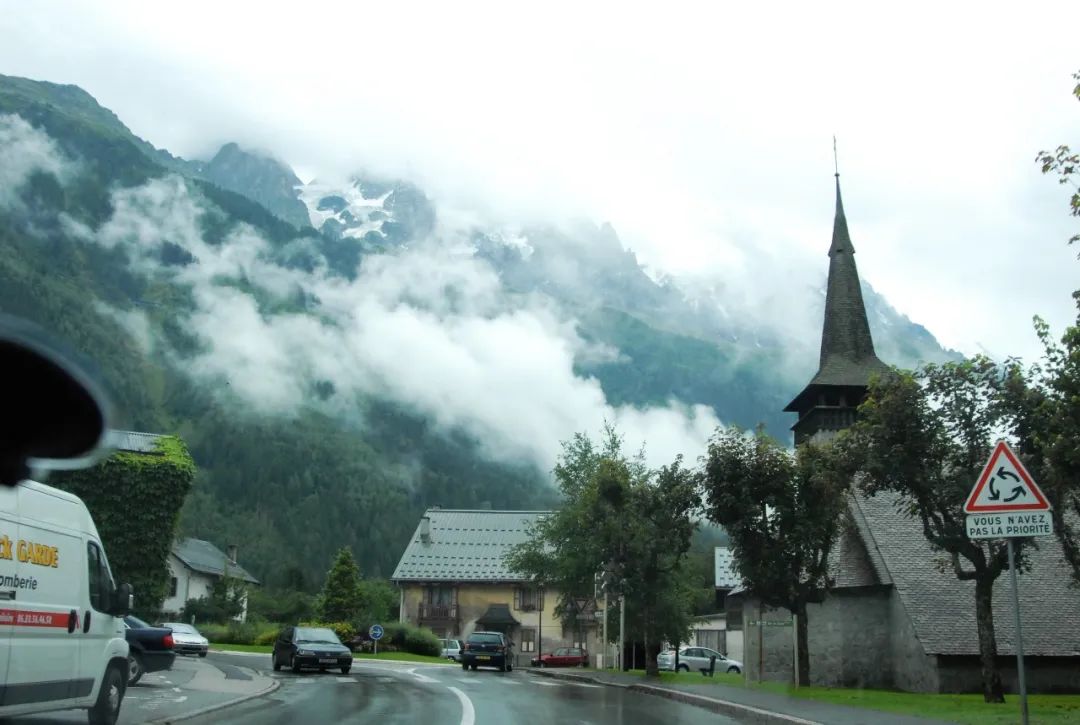
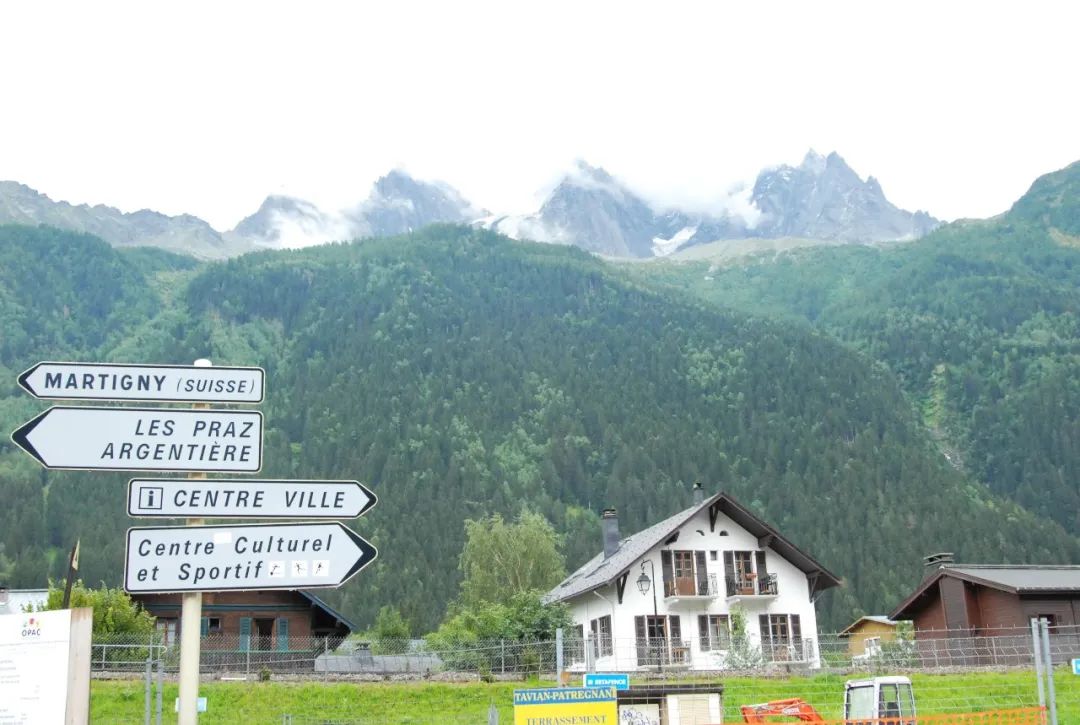
Chamonix train station
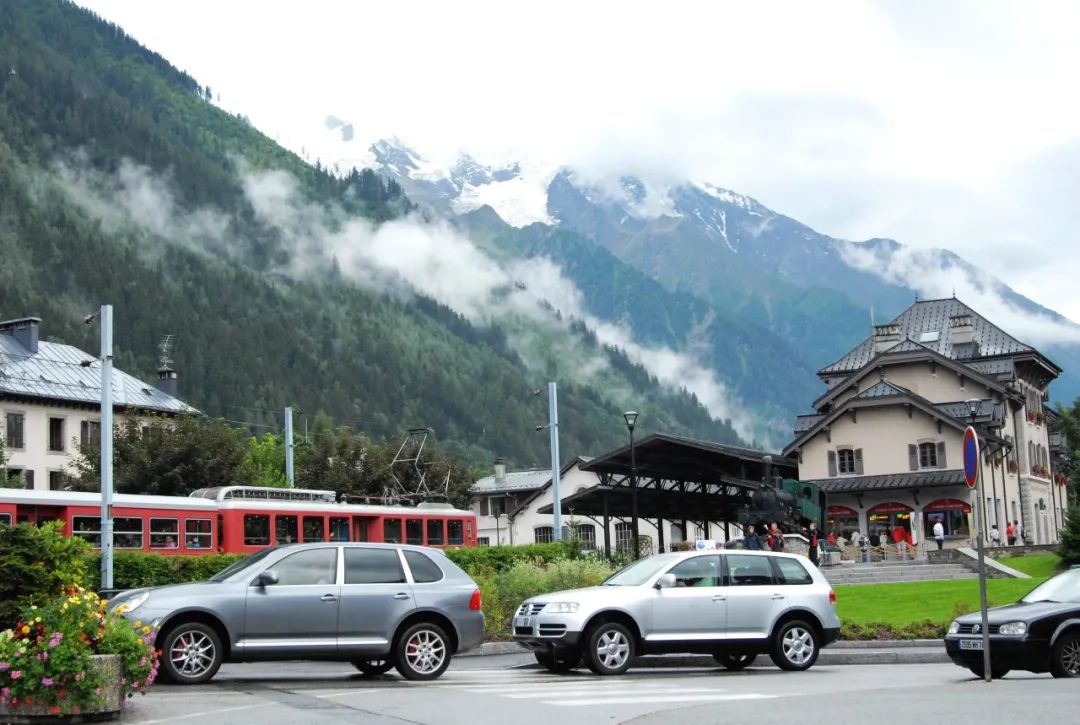
The glacier is close at hand


Not far from the small town of Chamonix, there is the Tunnel stradale del Monte Bianco. This tunnel was built by France and Italy in the late 1950s. It has a total length of 11.6 kilometers and was once the longest in Europe. road tunnel. When we came here, there was already a queue of more than 500 meters at the entrance of the tunnel. As we got closer, we realized that everyone was waiting to pay, and the small car charged 34.3 euros. It is equivalent to traveling 343 kilometers of highway. Compared with the tunnel, which shortens the 220 kilometers between Paris and Rome, the toll is still relatively expensive.
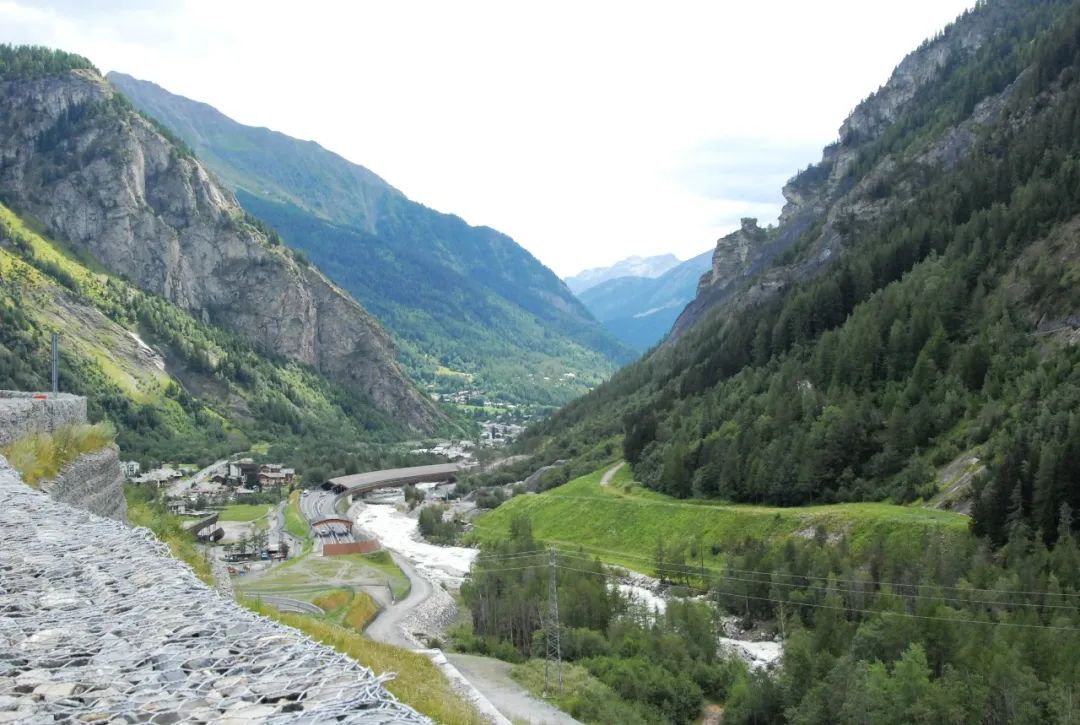

After passing through the tunnel, we entered Italy. Compared to France, it is much drier here, and of course the weather is much clearer. It seems that a mountain peak blocks the airflow, and the climate on the two slopes is completely different. This scene is very similar to Xinjiang The Duku Highway passes through the Tianshan Mountains. Due to the good sight line, Mont Blanc, its glaciers and vegetation can be seen more clearly, and the photo effects here are also good.

View of Mont Blanc from Italy

The road from now on is basically downhill, the vegetation on the roadside has also changed from sparse to gradually dense, and the air has gradually transitioned from dry to humid. It seems that the Alps are not high after all, and they cannot completely block the warm and humid airflow like the Tianshan Mountains. . After Turin, the mountains disappear, and all the way to Milan and Venice, the road passes through the Po River plain.
italian highways
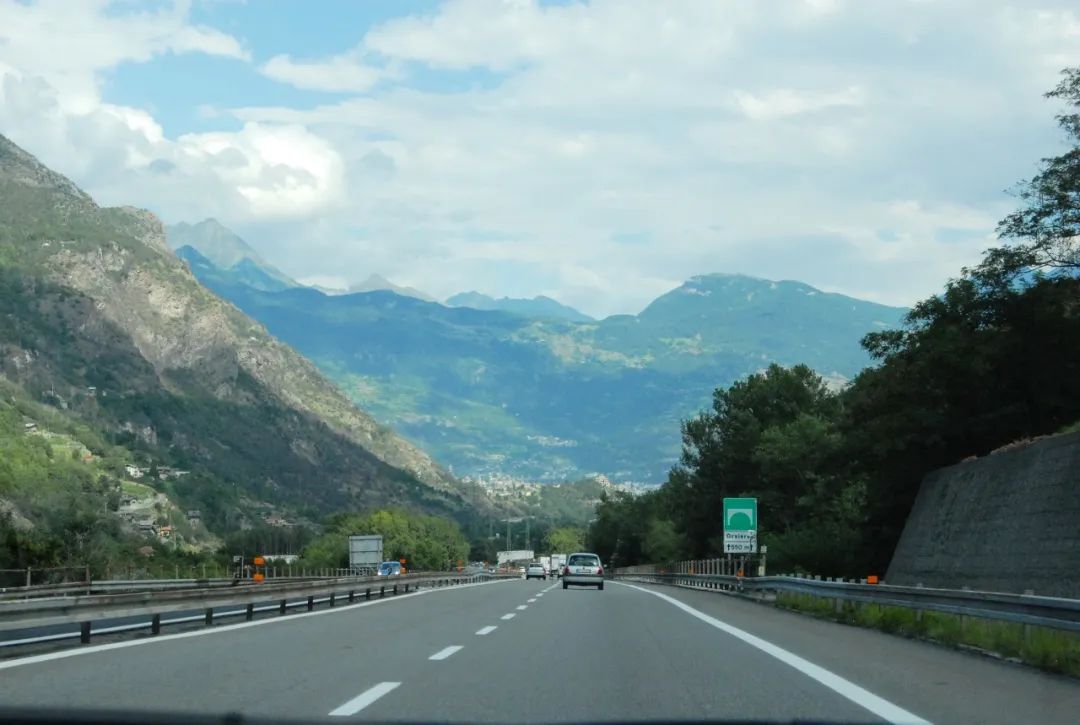
castle on hill
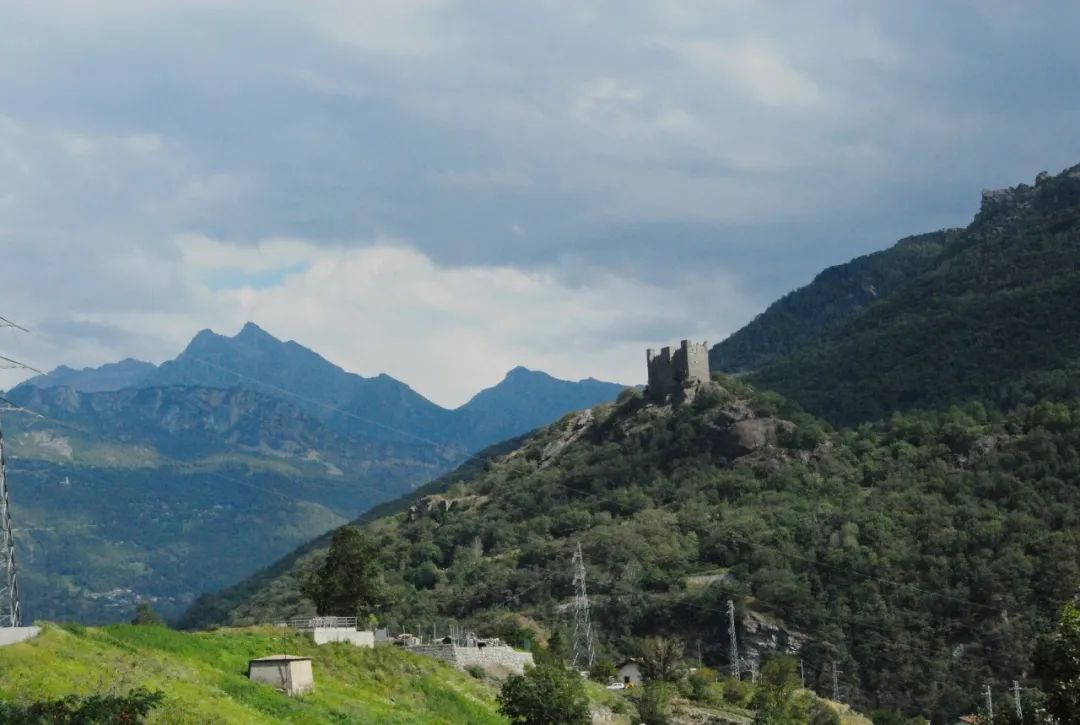
Italian highways, like France, do not charge fees in cities. After we passed the Milano toll station, we were still dozens of kilometers away from the city center. Milan is a very big city, but there are not many high-rise buildings and it is very difficult to walk on the road. It was difficult to tell where the city center was, and the GPS failed, so we could only use the compass to drive in the southeast direction. Fortunately, the roads in the city were radial. When we drove under a sculpture, we actually found that we had arrived at Piazza Dumo ( Piazza Del Duomo), this is the axis of Milan.
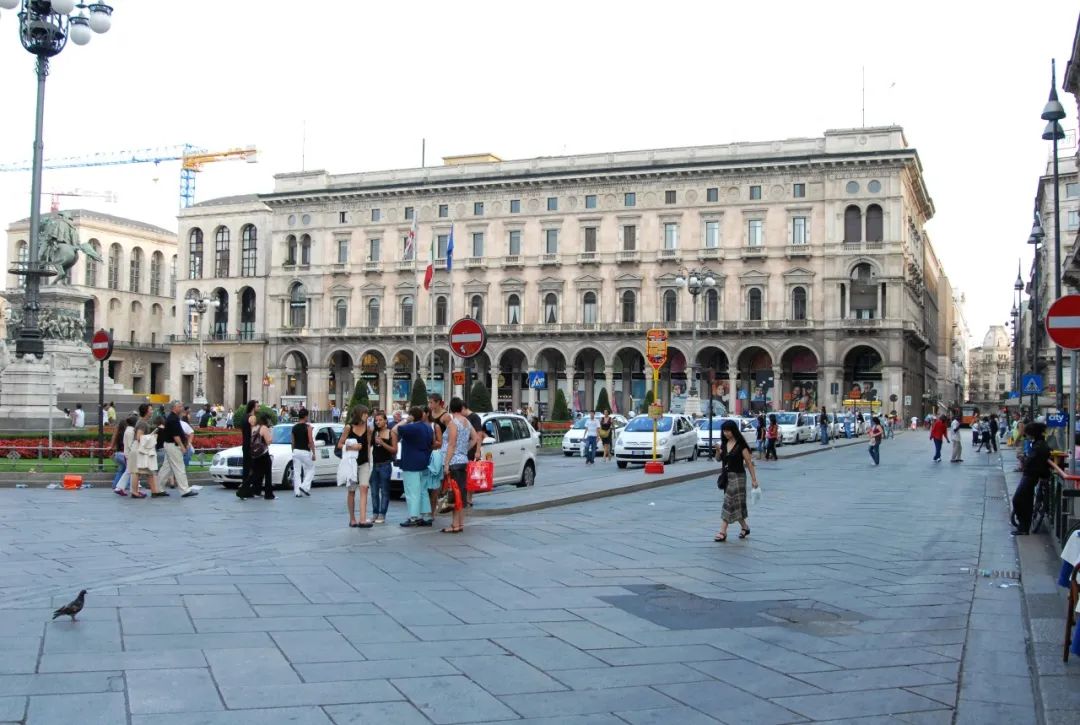
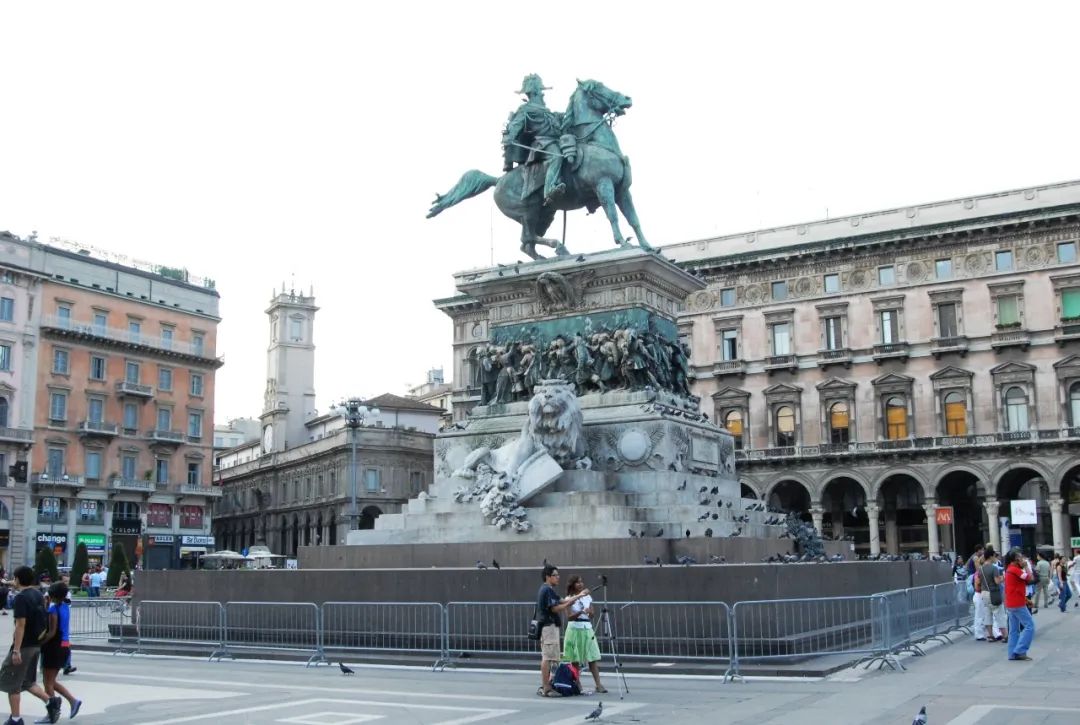
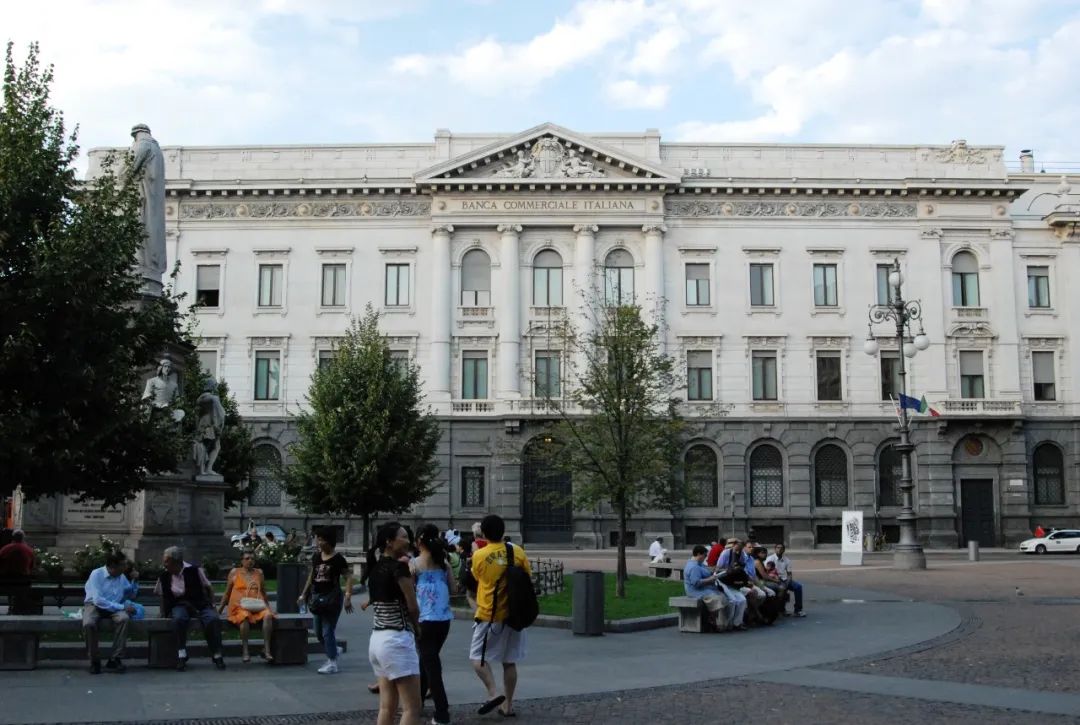
The Duomo, a medieval masterpiece on the square, is the symbol of Milan and one of the three most famous cathedrals in Europe. It is all made of white marble and is majestic and magnificent. To the north of the square is the famous Galleria Vittorio Emanuele, which is a cross-shaped arched building covered with stained glass and paved with marble. This 19th-century building is now It still looks fashionable. There are various sculptures in the square, including the majestic equestrian statue of the founding father, sculptures of famous artists, and modern "nude" bronze statues.
Dumo Cathedral

Galleria Vittorio Emanuele
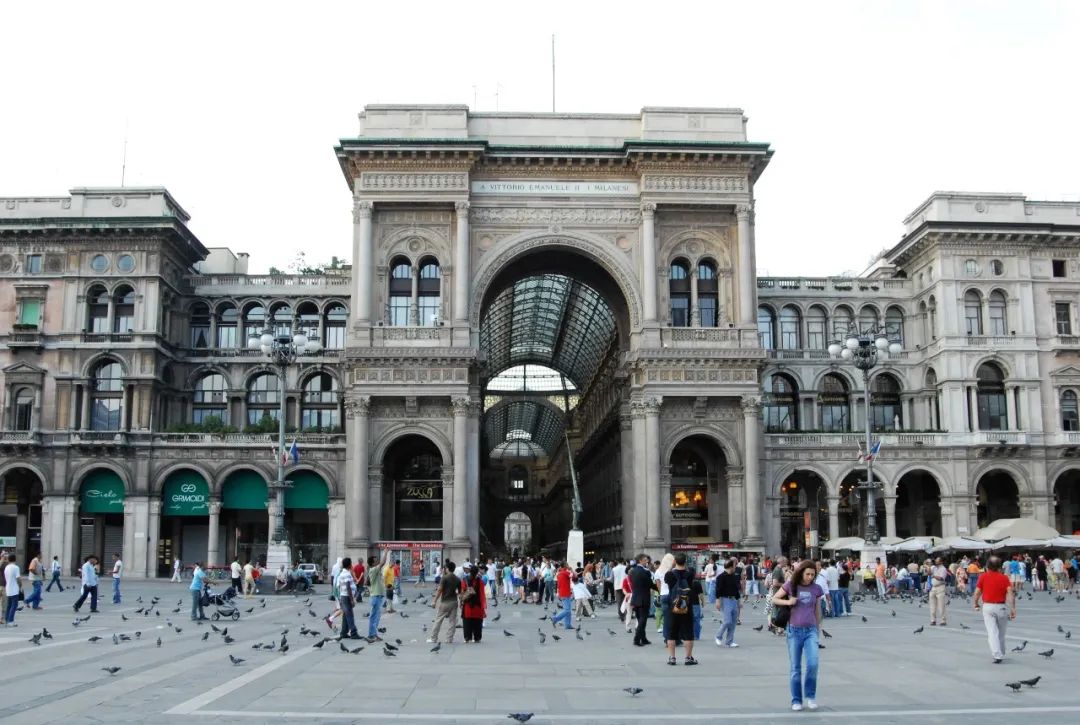
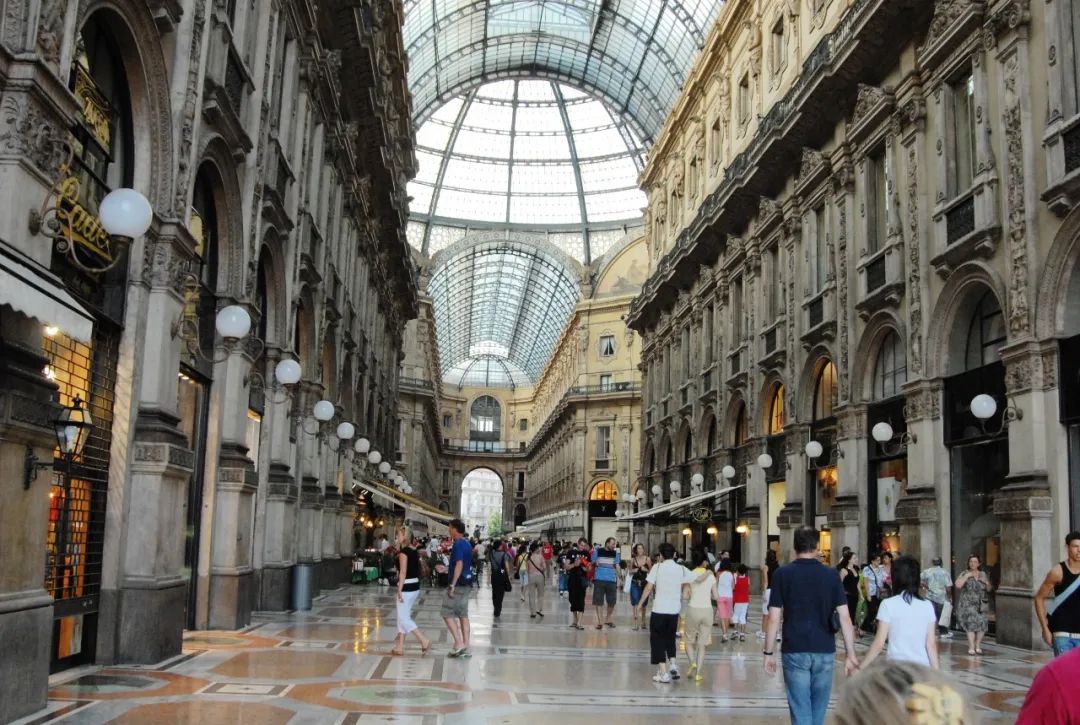
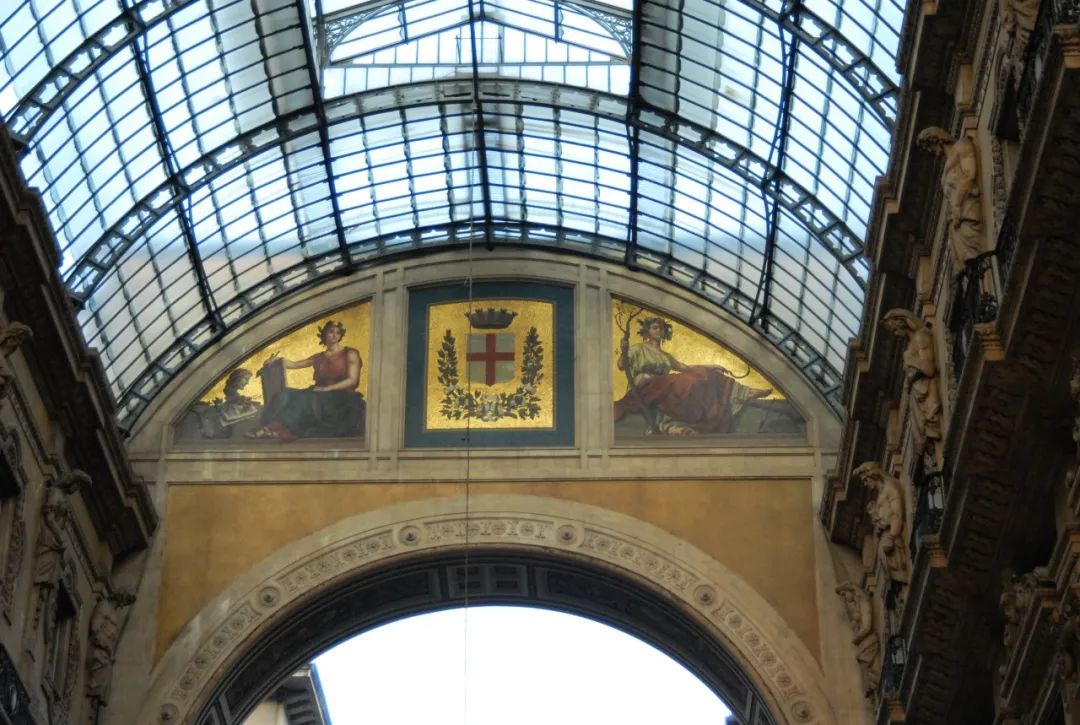
sculpture
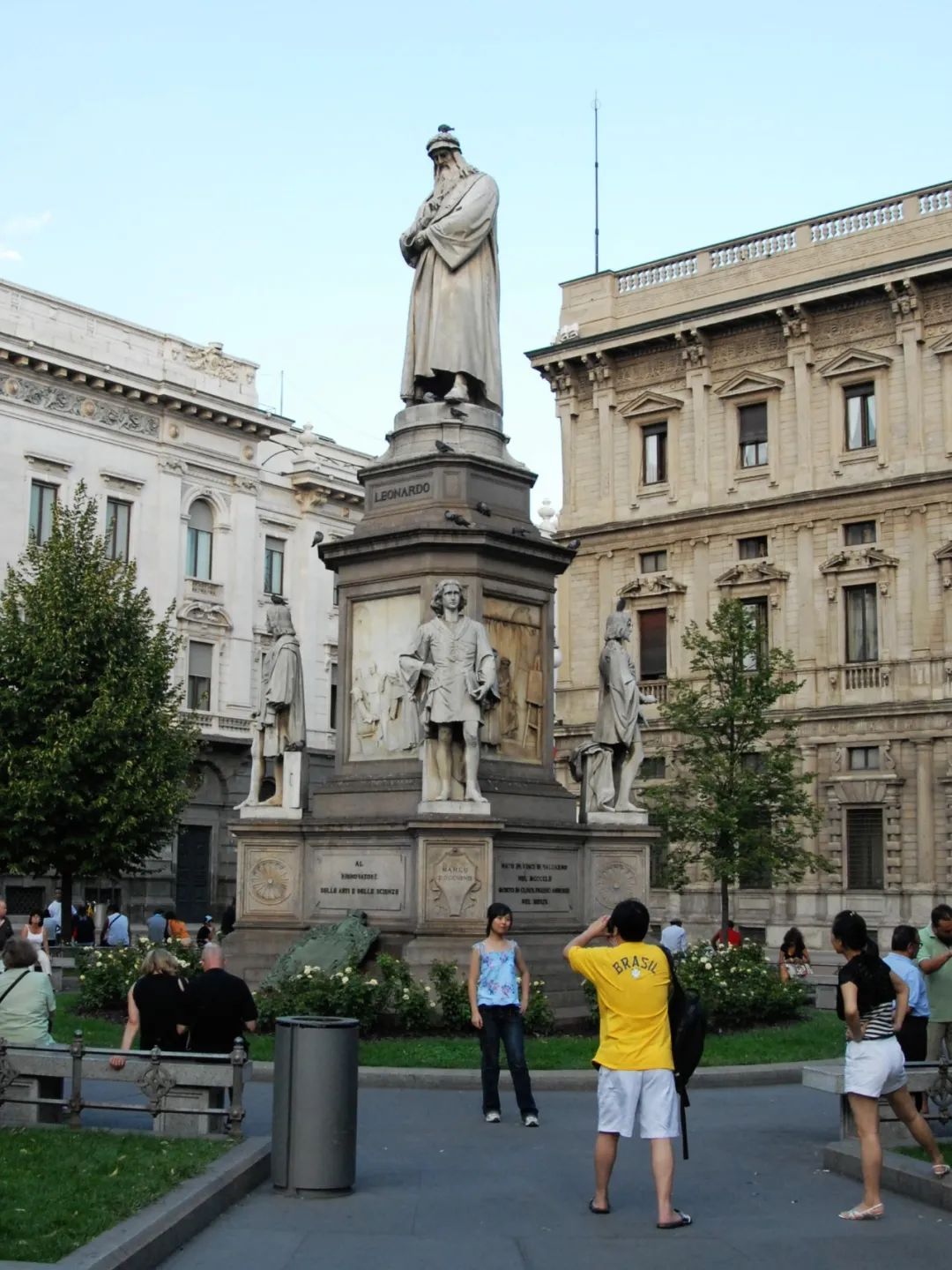

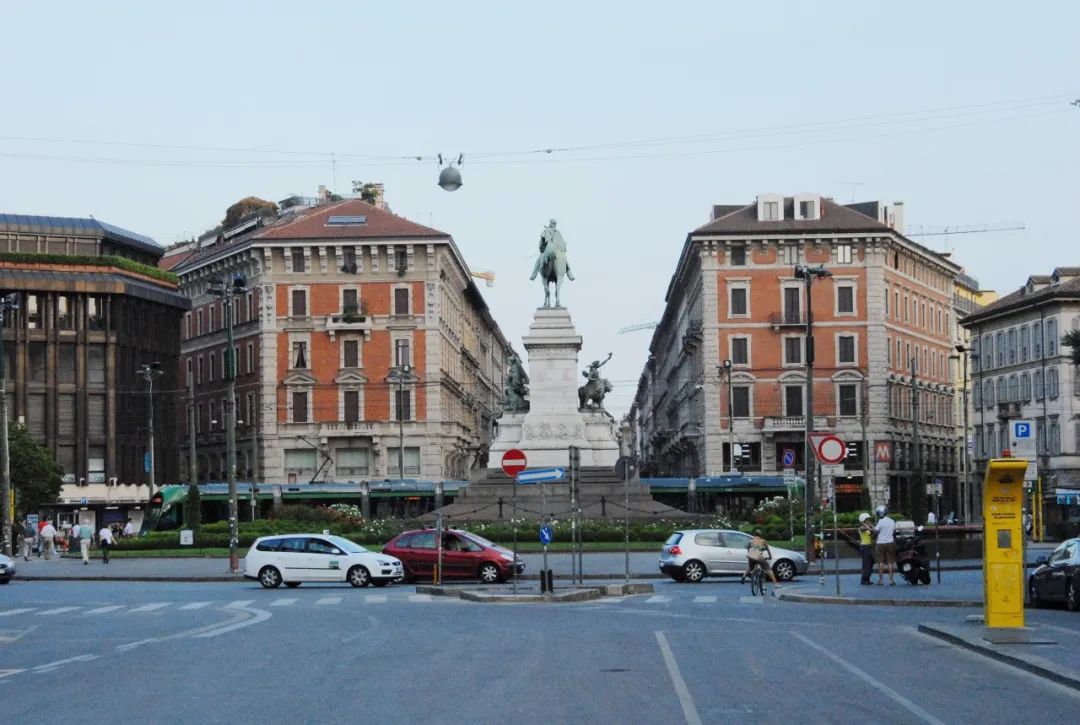

another church
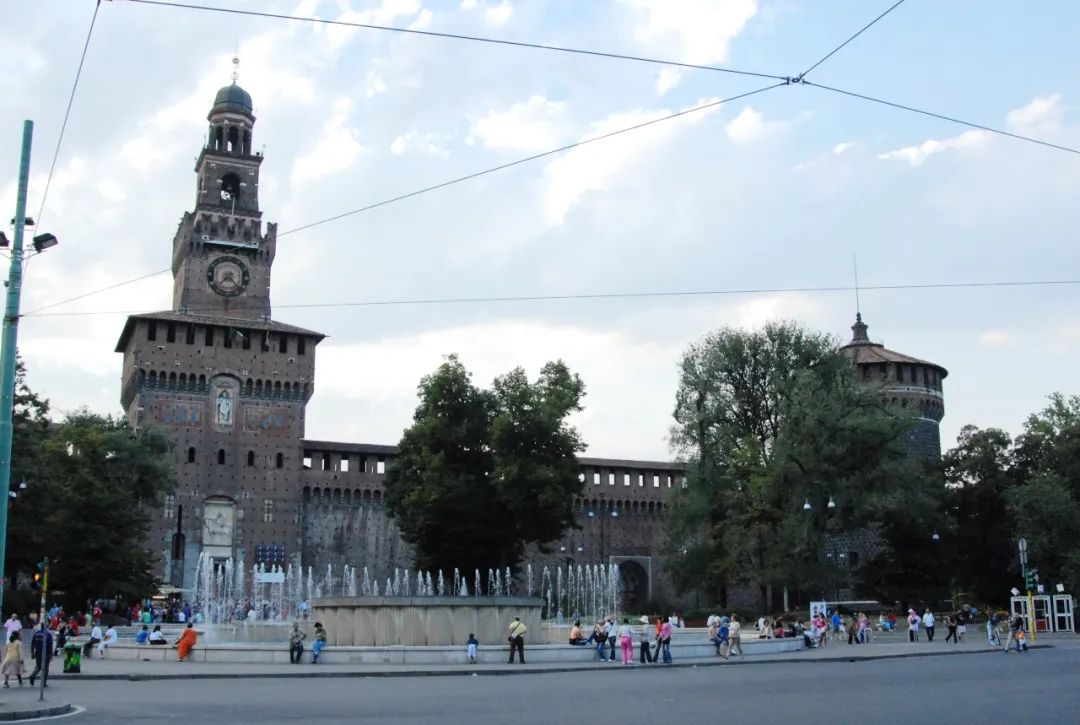
Walking around Piazza Dumo, I feel that this is a place that is both ancient and fashionable. The "shabby" trams shuttle between sculptures and ancient buildings, but it feels like a "match". Musicians explained and played classic songs on the spot. The audience "matched" the beautiful melodies while appreciating the ancient architectural art. Tourists entered and exited Italy's first-class shops and experienced the trends of the fashion capital.
Tram
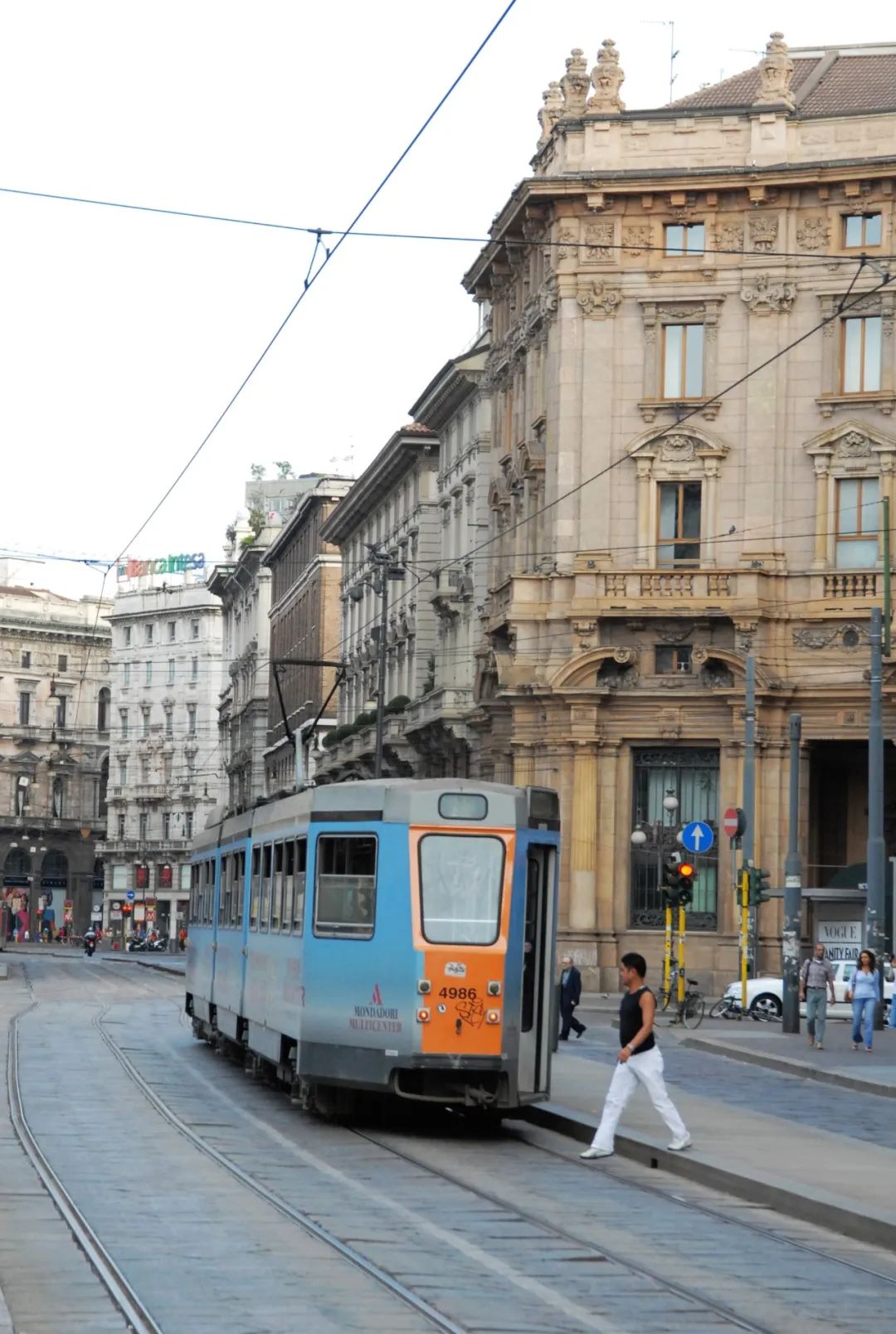


Musicians explain and perform classics live

Milan Commercial Street

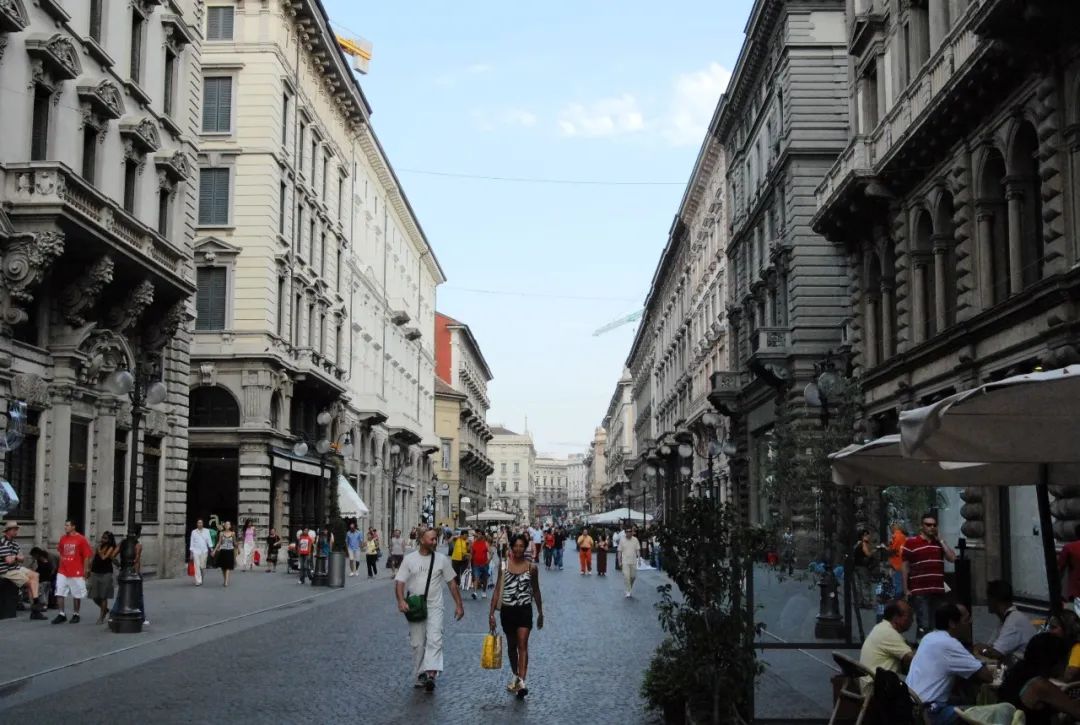
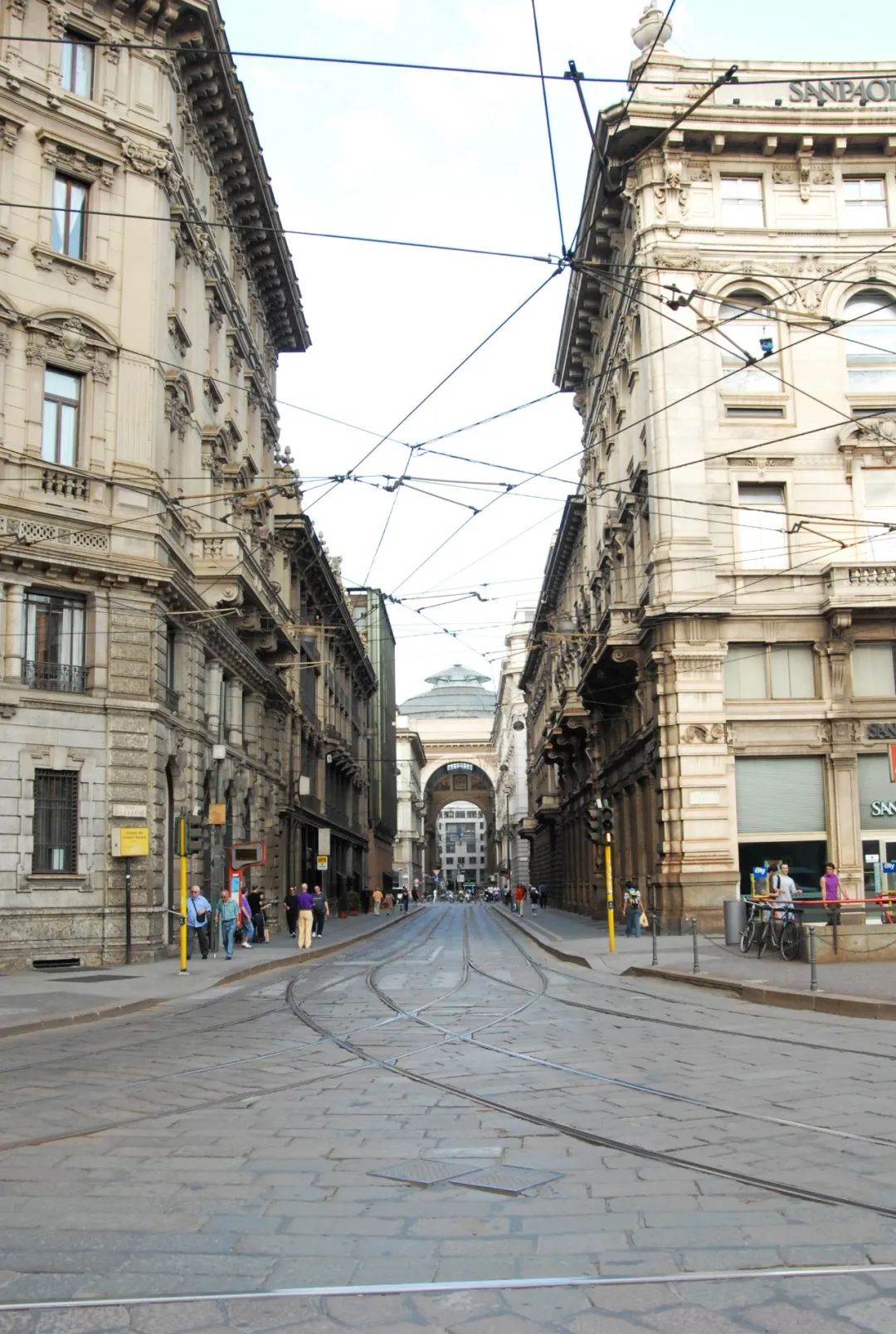

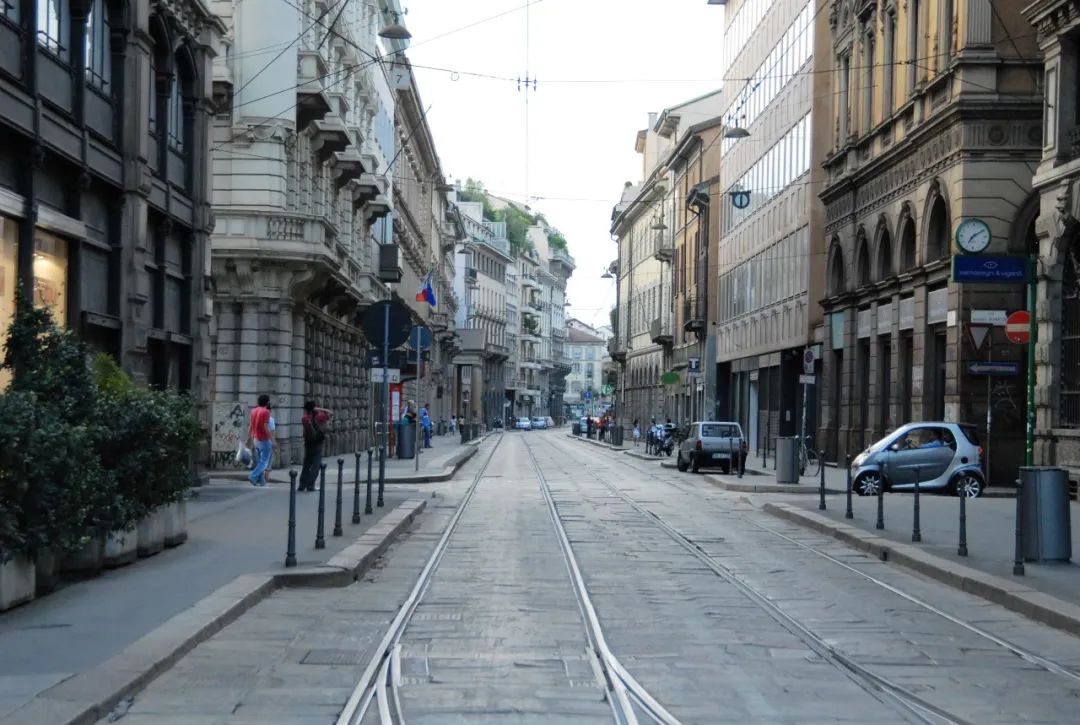
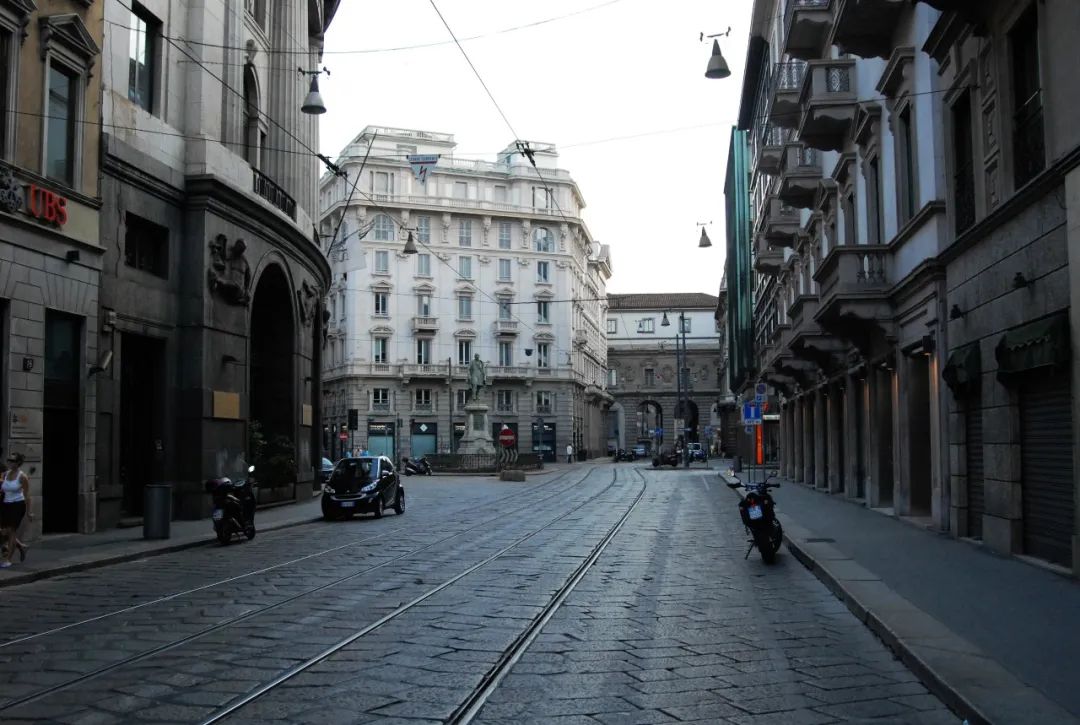
It was already 8pm when I left Milan. Since my wife booked a hotel in Venice (Venezia) online last night, I had to run more than 300 kilometers at night. It was already past 12pm when I arrived in Venice. Airports are not allowed in Venice. To drive, you must park your car in a designated parking lot by the bridge, and then walk or take a boat. It was already past 3 a.m. when we arrived at the hotel.
August 17th: Most of the day from Venice (Venezia) to Florence (Firenze) 256 kilometers
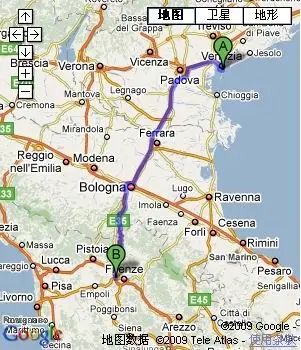
Venice (Venezia) is a port city in northeastern Italy, located in the northwest corner of the Adriatic Sea (Mare Adriatico), with a population of 343,000. The city was built on a shallow beach 4 kilometers offshore, with an average water depth of 1.5 meters. There are railways and road bridges connected to the land. Venice is composed of 118 small islands, connected by 180 waterways and 378 bridges, connected by boats, and is known as the "city on the water". It was built in 452 AD. In the eighth century, it was a trade center on the Adriatic. An urban republic was established in the tenth century, and in the Middle Ages it was one of the most prosperous trade centers in the Mediterranean. After the opening of the new shipping route, it declined as the European commercial center gradually moved to the Atlantic coast. Incorporated into the Kingdom of Italy in 1866. It has developed industry and commerce and is famous for its production of jewelry, jade crafts, lace, embroidery, etc. A well-known tourist center with 3 million tourists annually.

Venice has the Grand Canal (Canal Grande) running through the entire city in an inverted S shape. Along this so-called "Venice's longest street", you can enjoy the best of Venice without worrying about getting lost. Most of the nearly 200 palaces, mansions and seven churches along the coast were built between the 14th and 16th centuries, in Byzantine style, Gothic style, Baroque style, Venetian style, etc. The foundations of all the buildings are submerged in the water and they look like An art gallery rising from the water. On weekdays, the Grand Canal is really like a bustling street, with all kinds of ships passing by. (Source: Baidu Encyclopedia)
Traveling in Venice is a very simple thing. I think as long as you grasp three key points and pay attention to three things, you can appreciate the charm of the water city during a walk. The three key points are: 1. The train station and Piazzale Roma 2. Ponte di Rialto. 3. Piazza San Marco. The three things to pay attention to are 1. Taking a boat 2. Visiting the store 3. Taking a daze.
The train station and Roman Forum are the gateways to Venice. This is one of the two outlets of the Grand Canal (the other outlet is near St. Mark's Square). Since there is no land transportation in the city, all people coming by car You have to park your vehicle at the Roman Forum, and everyone who gets off the train must also take a boat or walk here. It can be said that this is the starting point for Venice tours. Whether tourists want to hike or take a boat, it is best to study maps and strategies here, and there is a lot of free information available here. Personally, I think it is better to hike first, because you are in better physical condition at this time, and only by hiking can you deeply appreciate the local customs.
TRAIN STATION
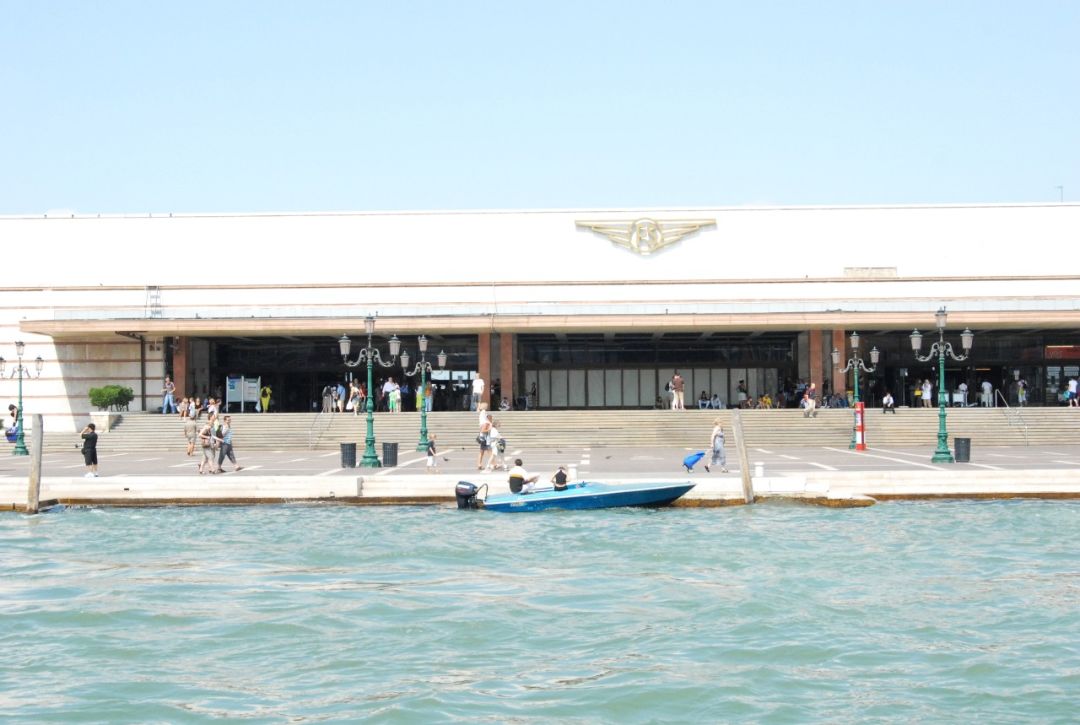
Grand Canal
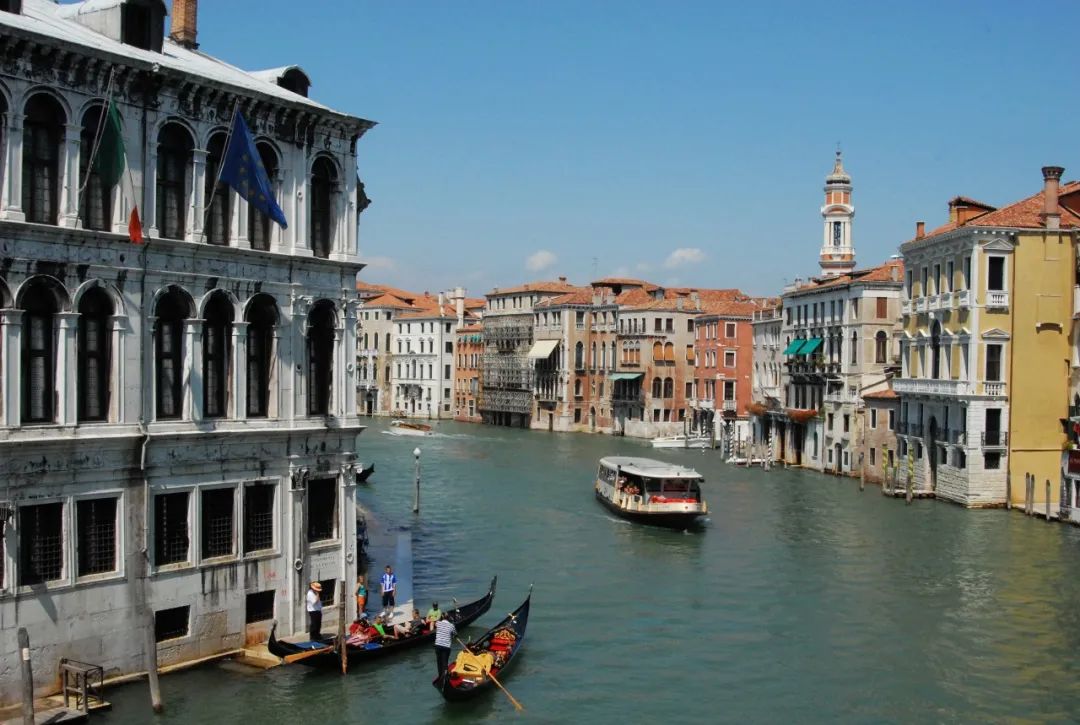




The Rialto Bridge (Ponte di Rialto) spans the Grand Canal. It is the most magnificent bridge across the Grand Canal on the island of Venice. The Rialto Bridge you see today is a stone bridge that was rebuilt in 1508 and is about 55 meters wide and 7 meters high. The Rialto went through a new stone bridge design competition, and the contestants included Michelangelo. ), Palladio and Sansovino. In the end, the champion happened to fall on Antonio Da Ponte (Ponte means bridge). Since the Middle Ages, Rialto Bridge has been the trade center of Venice. The bridge is divided into three parts due to two rows of shops. There are many restaurants and shops around under the bridge. The Rialto Bridge is also one of the important viewing spots in Venice. It is a great enjoyment to overlook the prosperity on both sides of the Grand Canal, and it is also one of the highlights of a trip to Venice (Source: Traveling in China)
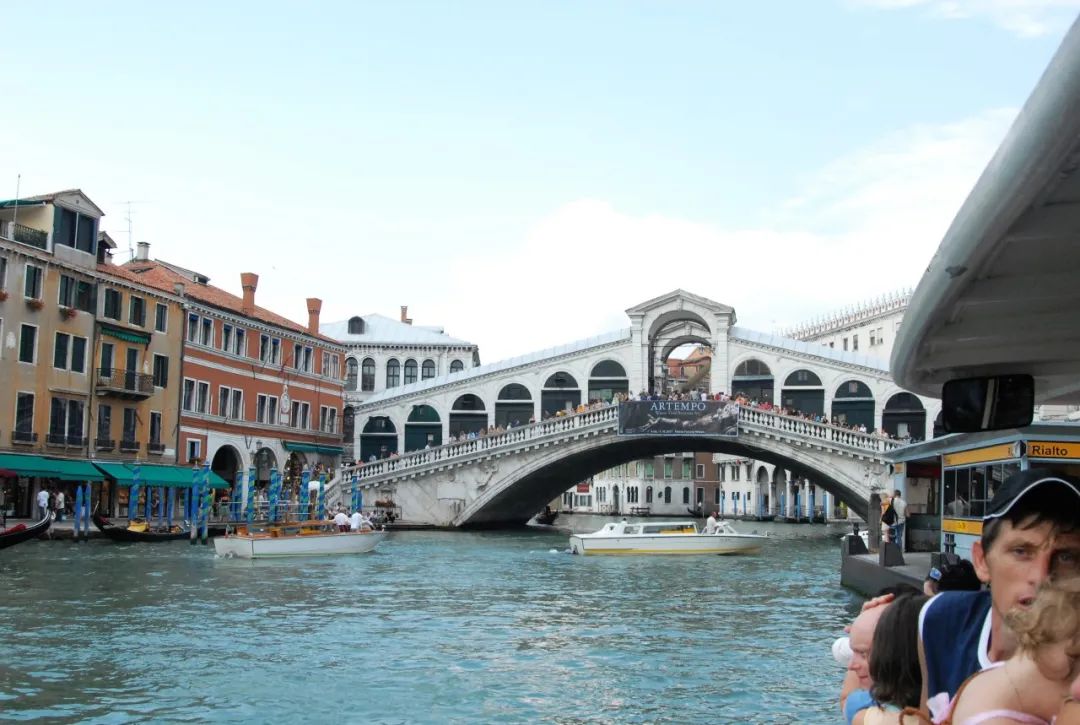

The ancient Piazza San Marco is the center of urban activity. It has the reputation of "Europe's most luxurious living room". Piazza San Marco is more than 170 meters long from east to west, 80 meters wide from east to west, and 55 meters wide from west. The total area is about It is about 10,000 square meters and is in the shape of a trapezoid. The square is surrounded by magnificent palace buildings on the south, north and west sides. These buildings are harmonious and beautiful, and the stone carvings on the buildings are vivid and lifelike. To the east stands the 98.6-meter-high St. Mark's Bell Tower and the St. Mark's Church, which combines Eastern and Western architectural art. To the west are the Doge's Palace and the Library of San Marco. The neat and gorgeous Governor's Palace is built of pink and white marble. The Doge's Palace is the residence of the Venetian head of state and the seat of the Grand Council and government. (Source: Baidu Encyclopedia)
St. Mark’s Square is also the most visited place in Venice. Find a corner to sit here, feed the pigeons with a piece of bread, climb the bell tower to get a bird’s eye view of the entire Venice, or walk to the seaside , admiring the church on the island opposite is a very narrow thing.
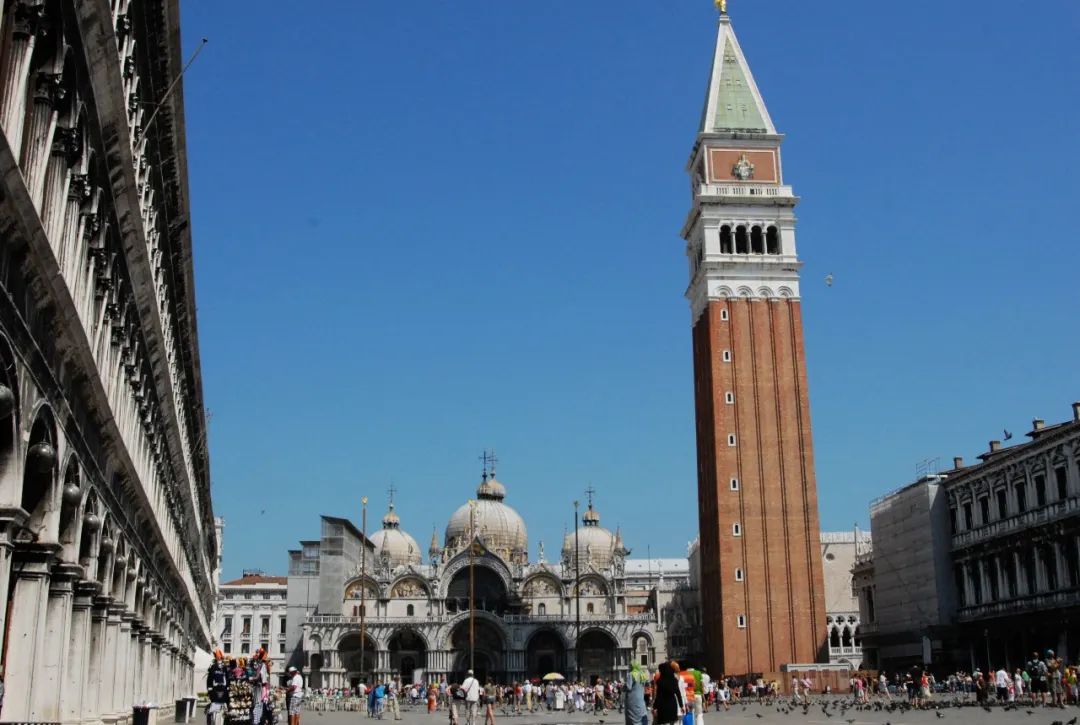

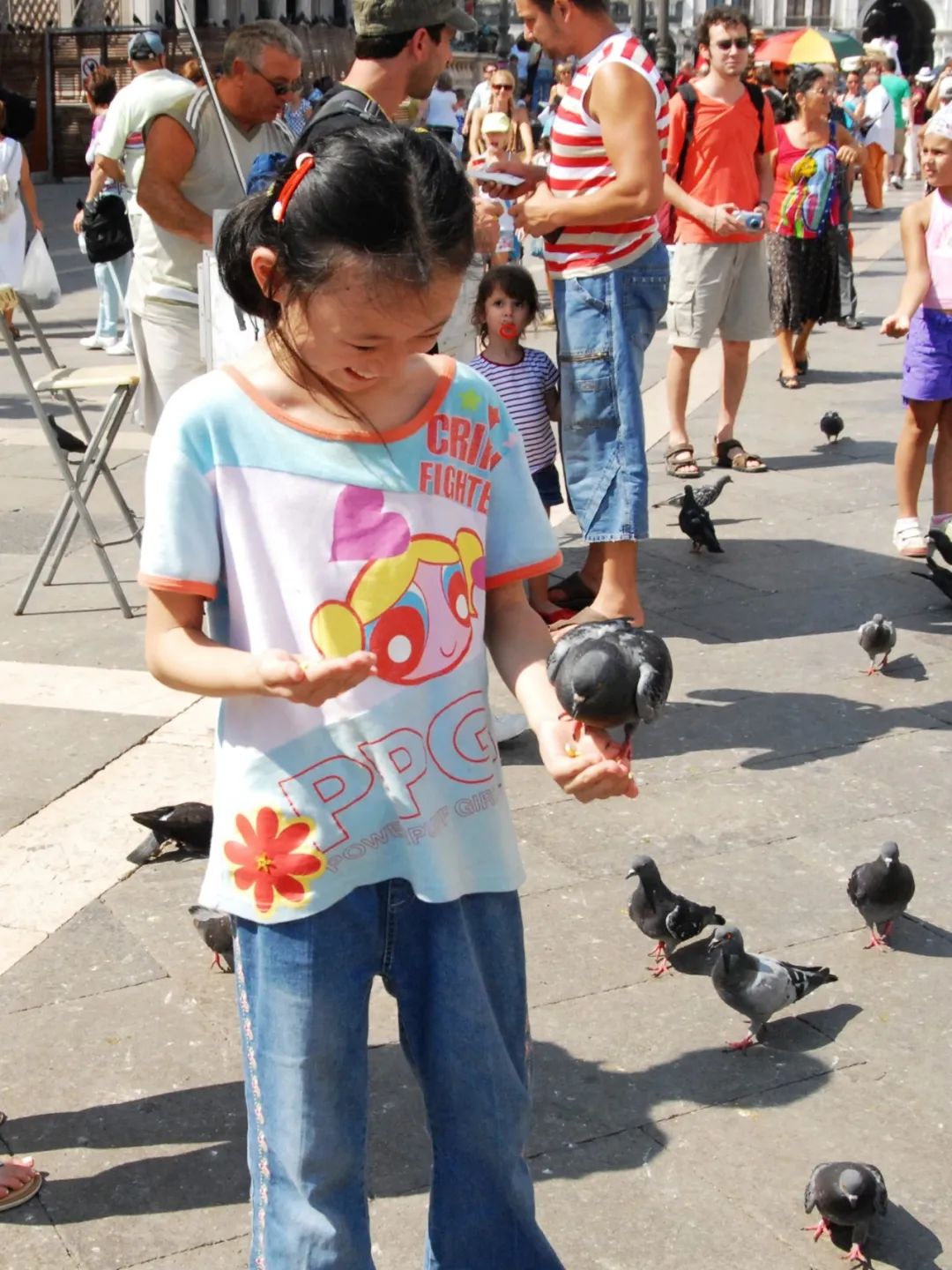
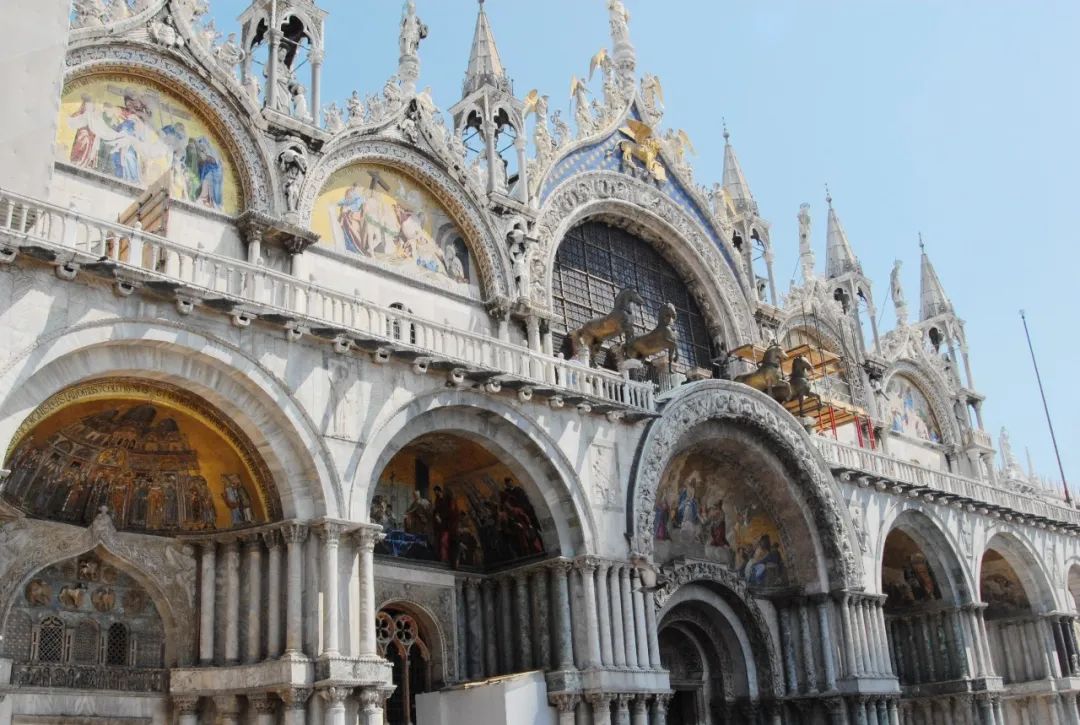
Venice is a beautiful city on the water. Therefore, it is essential to take a boat to experience the "water" style. There are three main types of boats for tourists to choose from. One is the bus liner, which is a two-story motor boat. , can carry about 100 people, and mainly travels on the Grand Canal. Its advantages are fast speed, accurate time, and cheap price. However, it has few stopping points, is large, and cannot go to small rivers. The second is Gondola. It is a black flat-bottomed boat about 12 meters long and 1.7 meters wide. It can seat up to 6 passengers. It is gorgeously decorated, with both ends high and crescent-shaped. The hook-shaped bow can Easily explore the heights of the bridge, where gondolas have been the main means of transportation in Venice for centuries. The third is motorcycle speedboats, which are mainly used by local people as a means of transportation. After visiting St. Mark's Square, tourists usually take a liner to the Roman Forum. The main purpose of riding a gondola is to experience the Venetian style. Some gondoliers can sing arias, which makes riding a gondola uniquely interesting. Gondolas are currently very expensive, but many tourists are still willing to take them.
Little Canals – the waterways and bridges of Venice
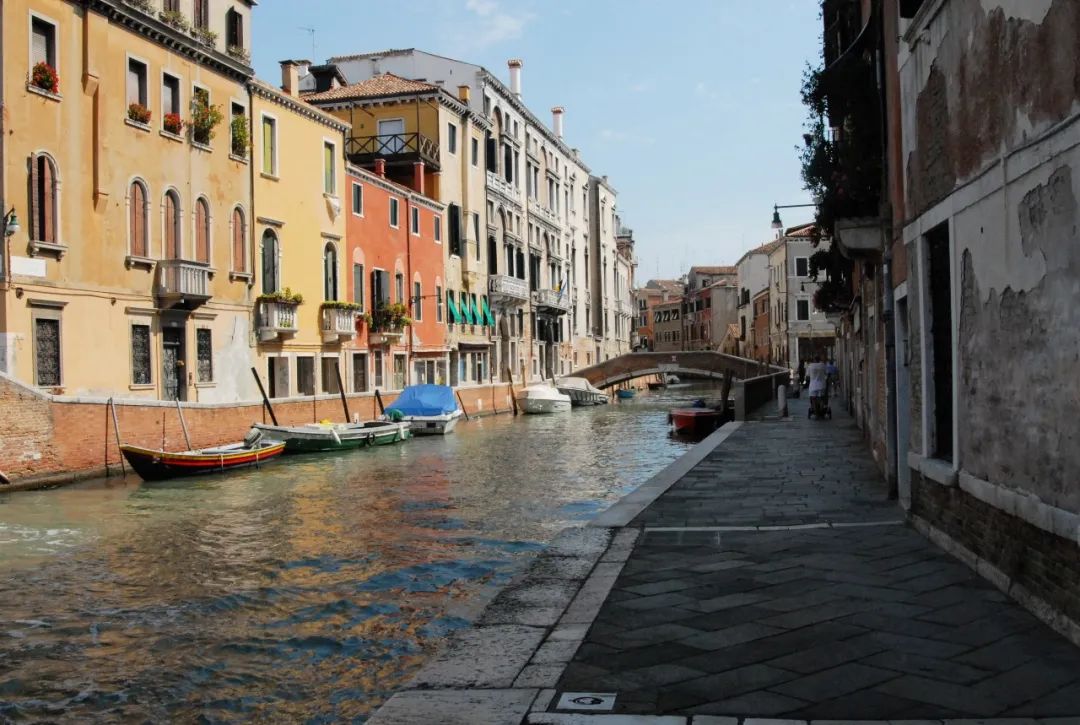
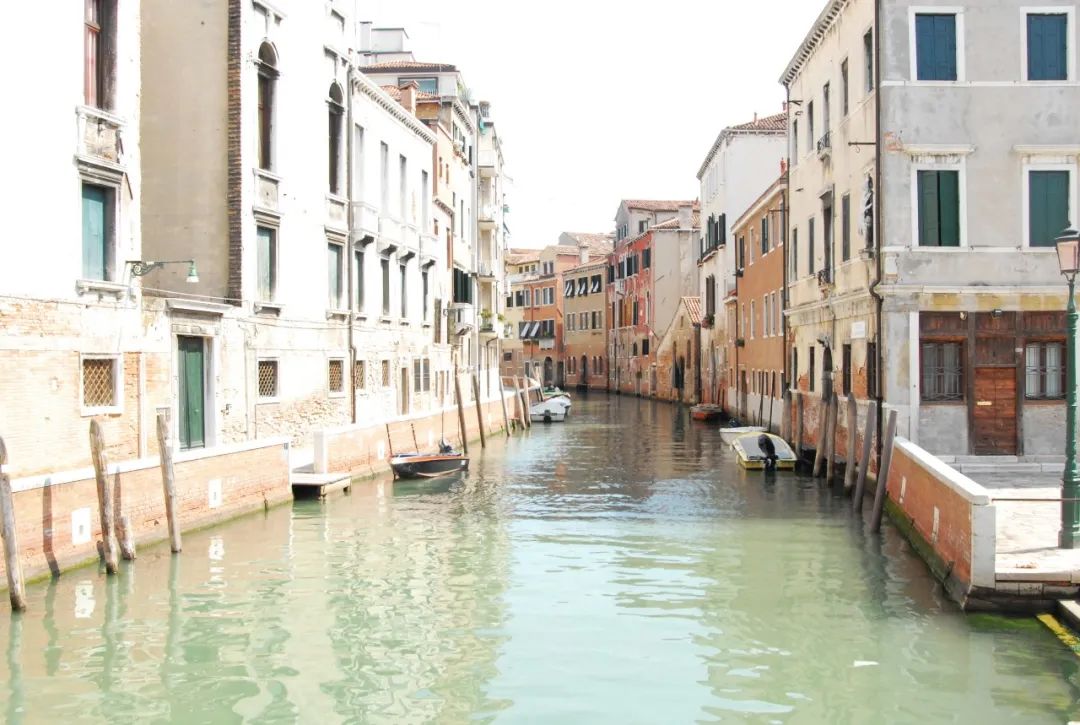
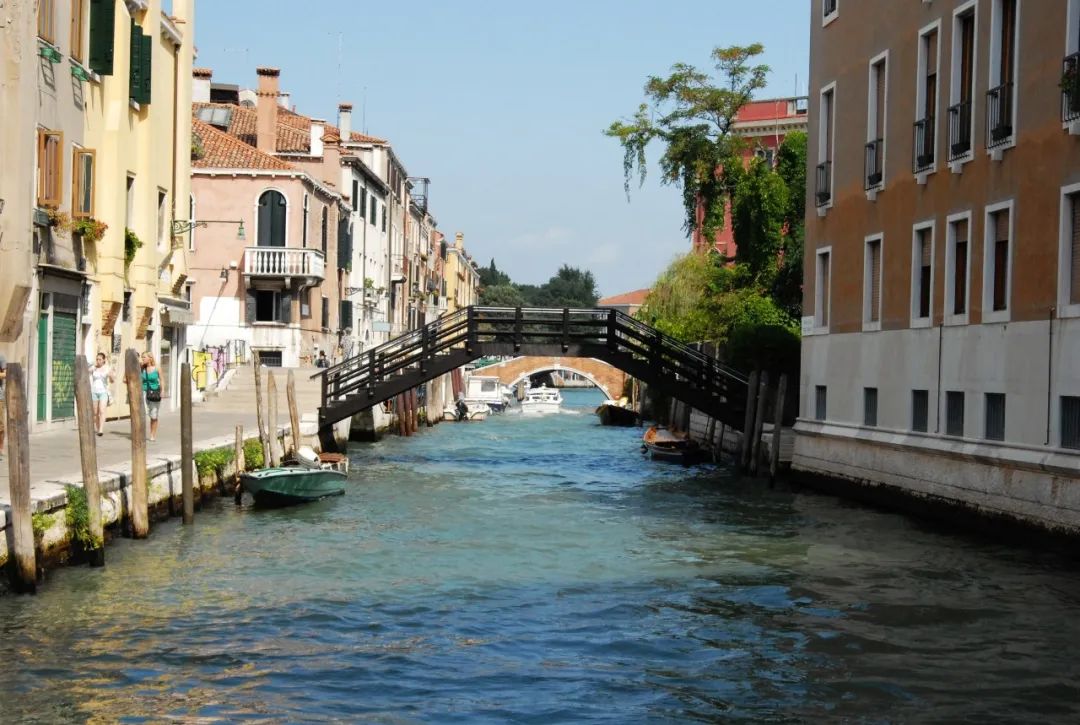
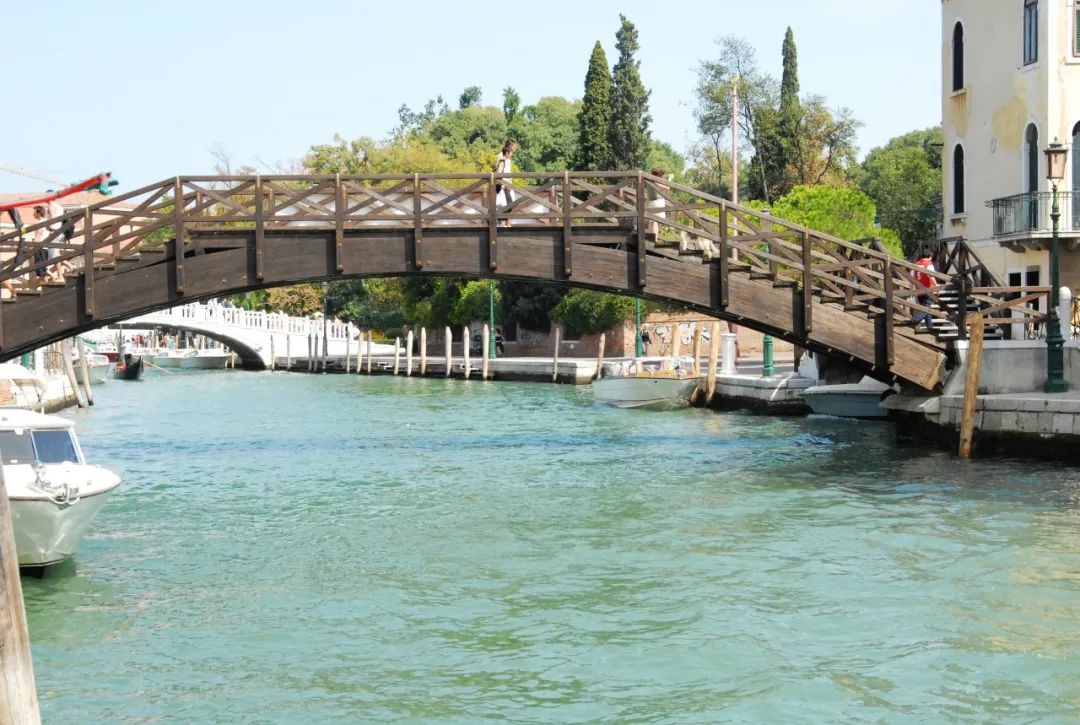



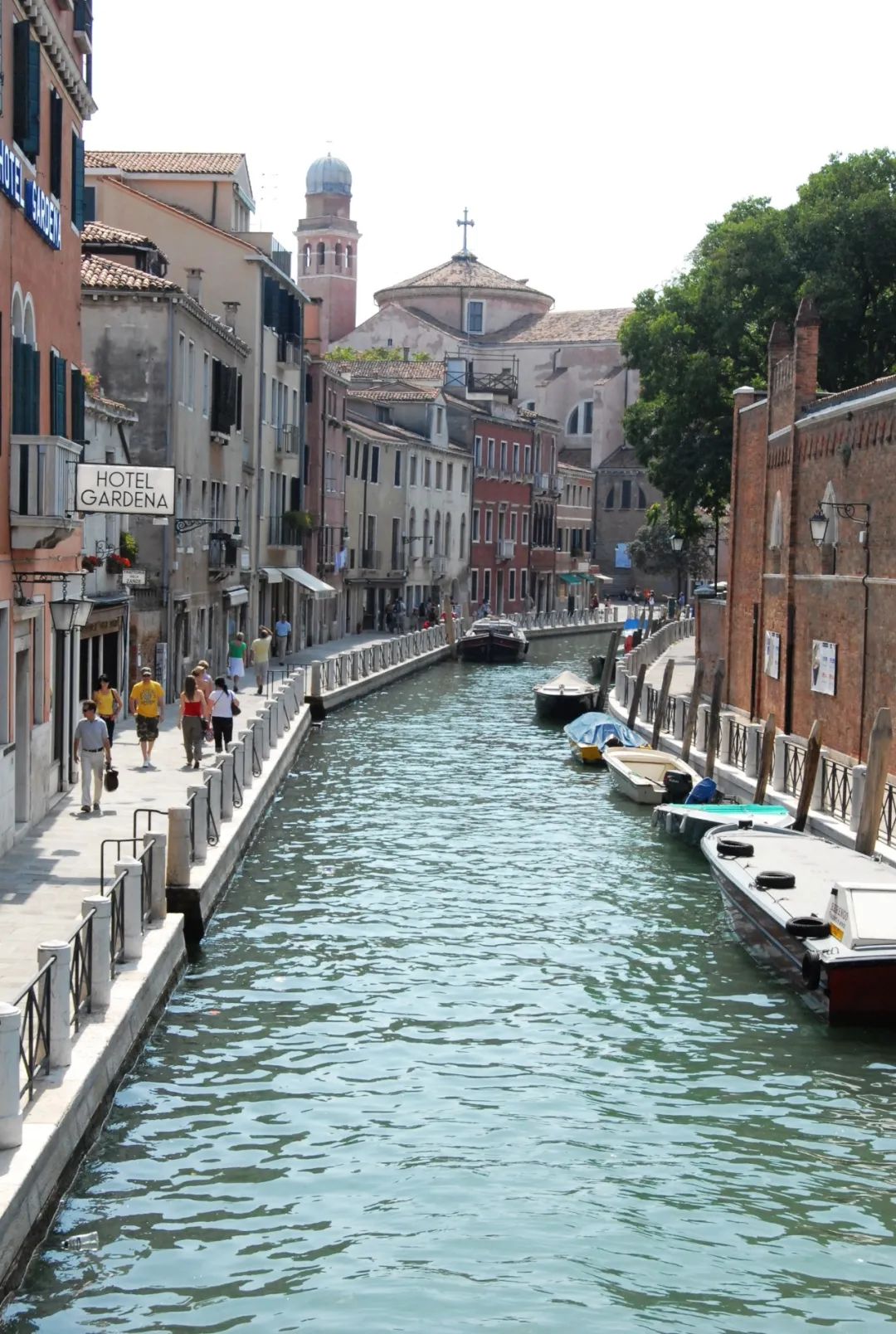
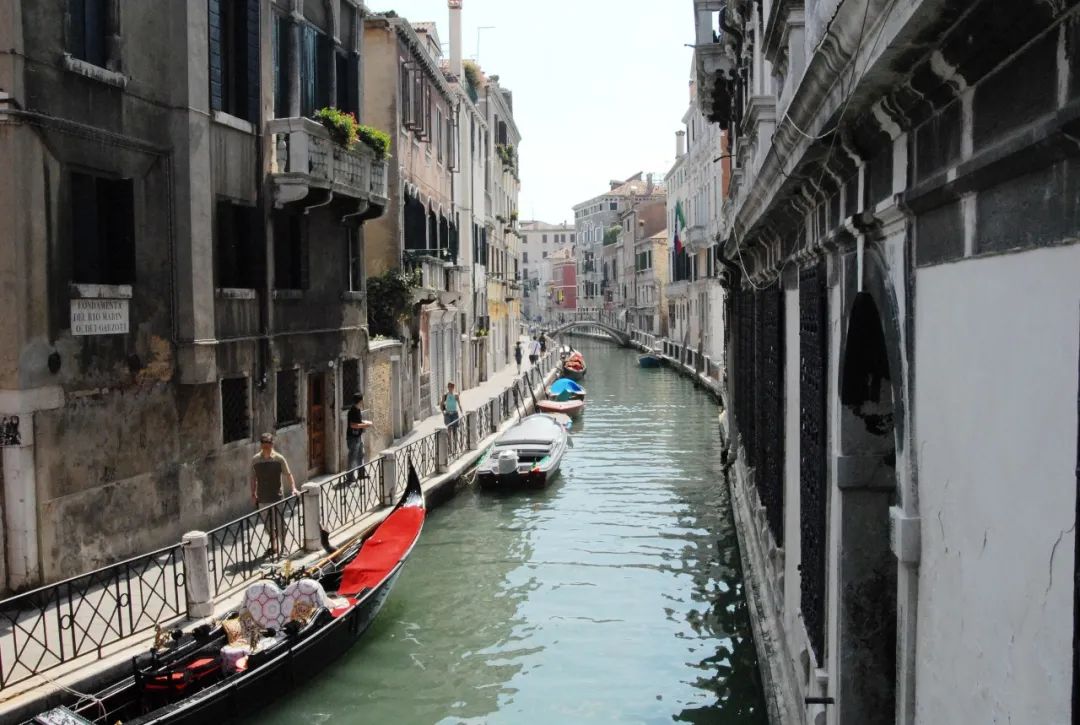
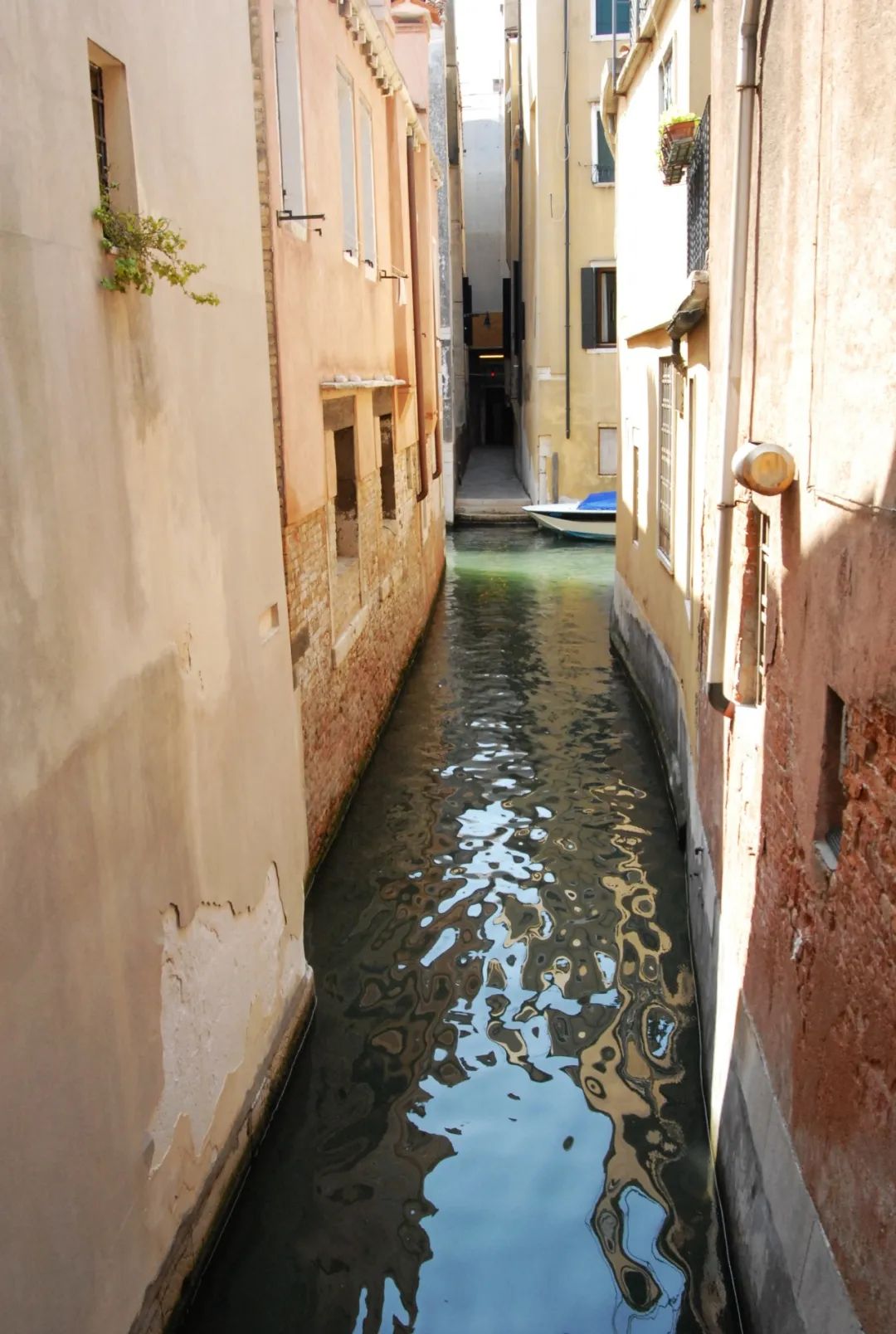
gondola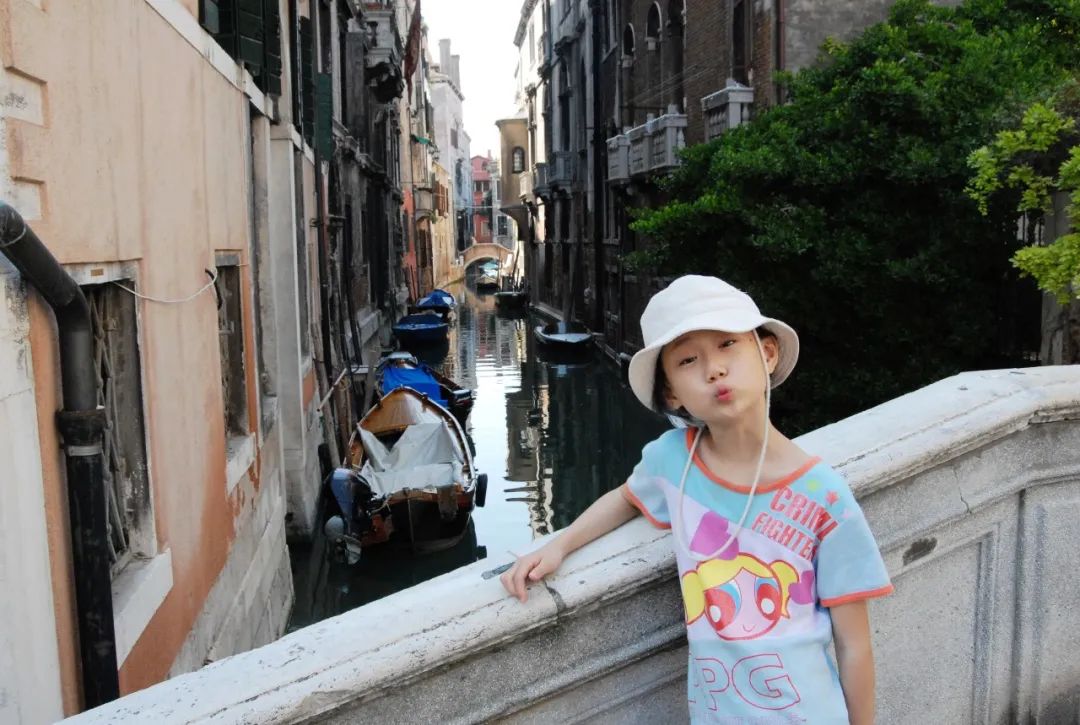
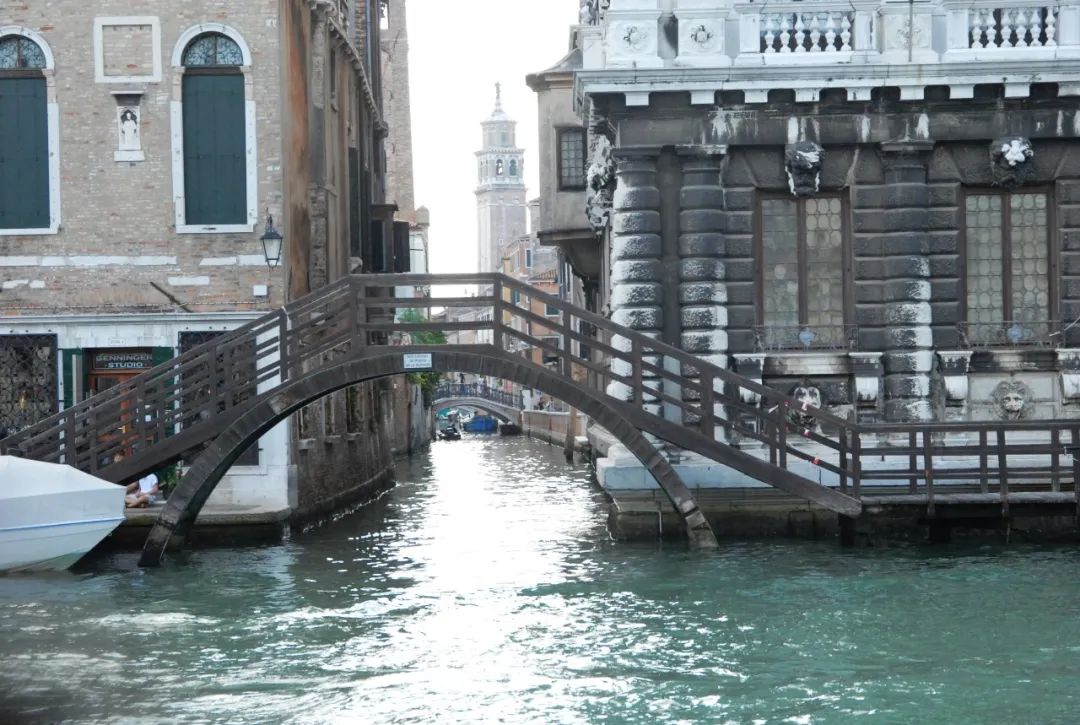


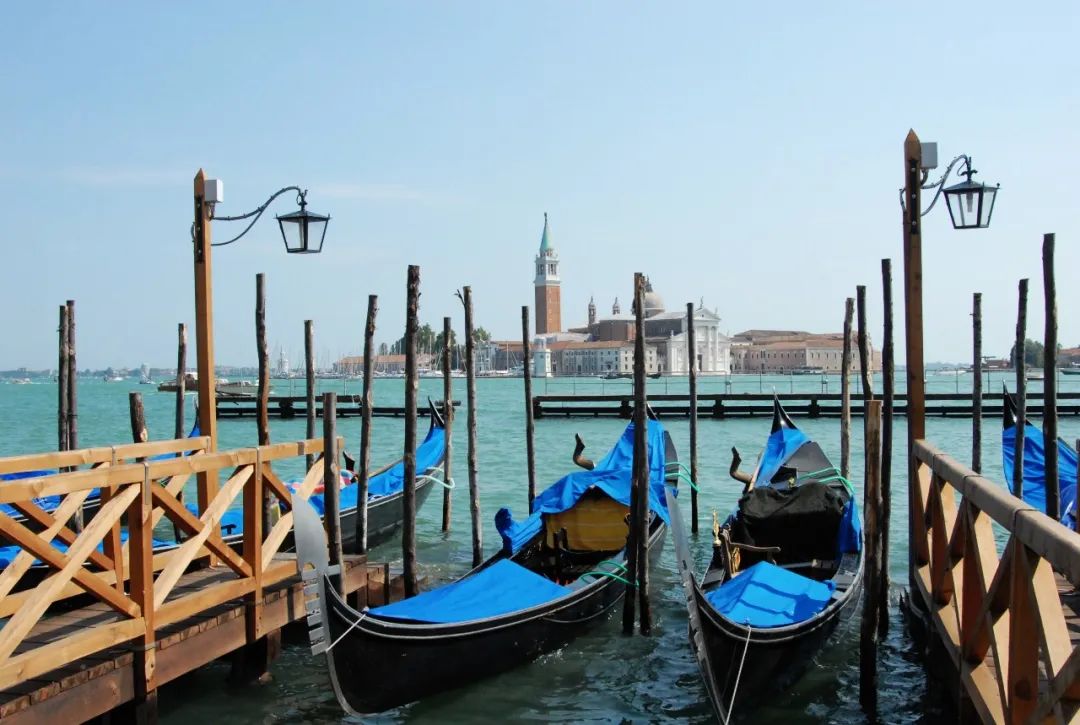
cathedral on the sea
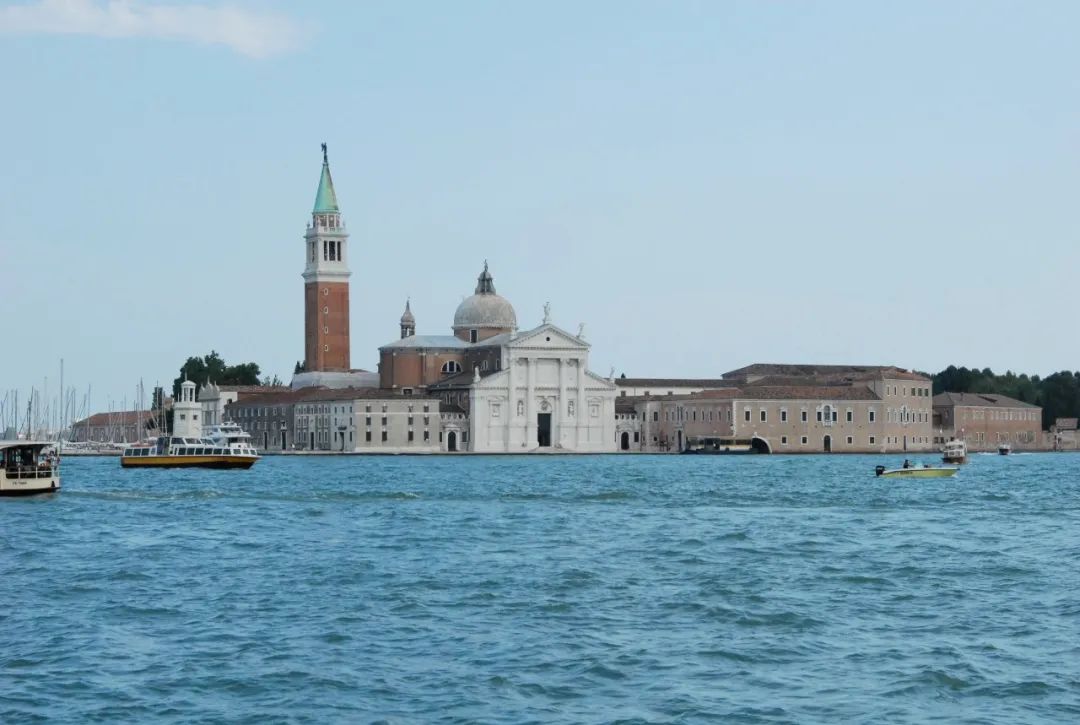
The streets of Venice are full of art shops. The most distinctive ones are mask shops and oil painting shops. You will be pleasantly surprised when you enter and exit several such shops during your walk. Of course, you can also visit some small museums by the way. Discover that many famous artists in history have left their footprints here. If you are tired of shopping, sit down in a pub with a good view, spend some time in a daze, admire the canals and ancient buildings, and enjoy Italian-style service, which will give you another fun experience.
Private dock
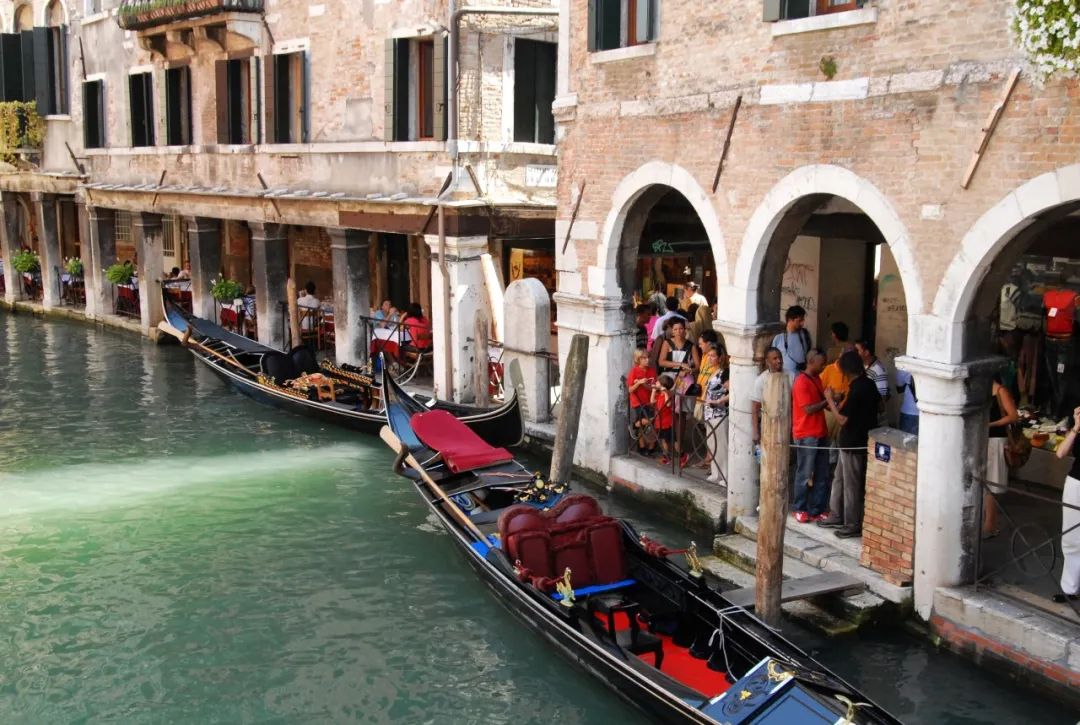
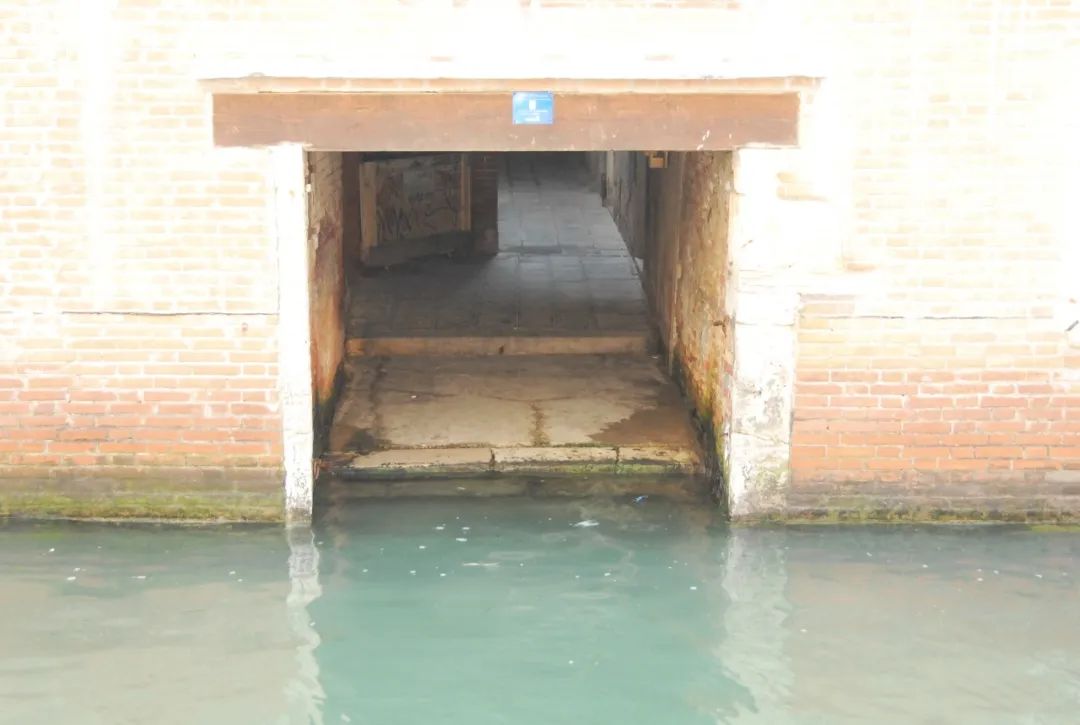
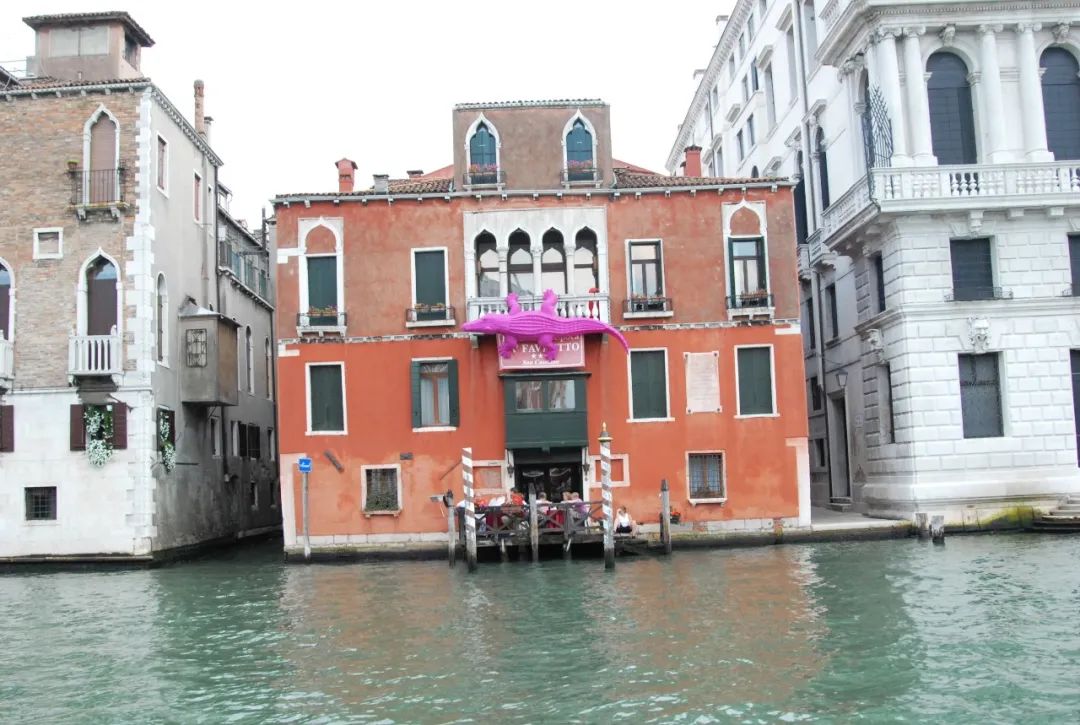
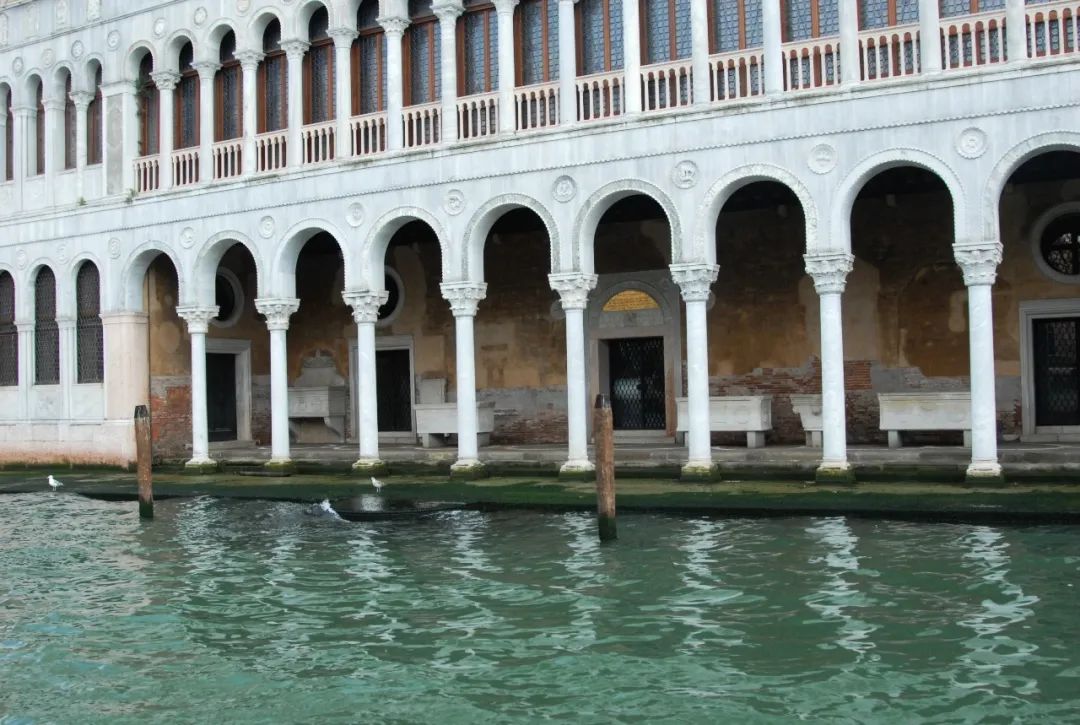
The church also has its own exclusive pier
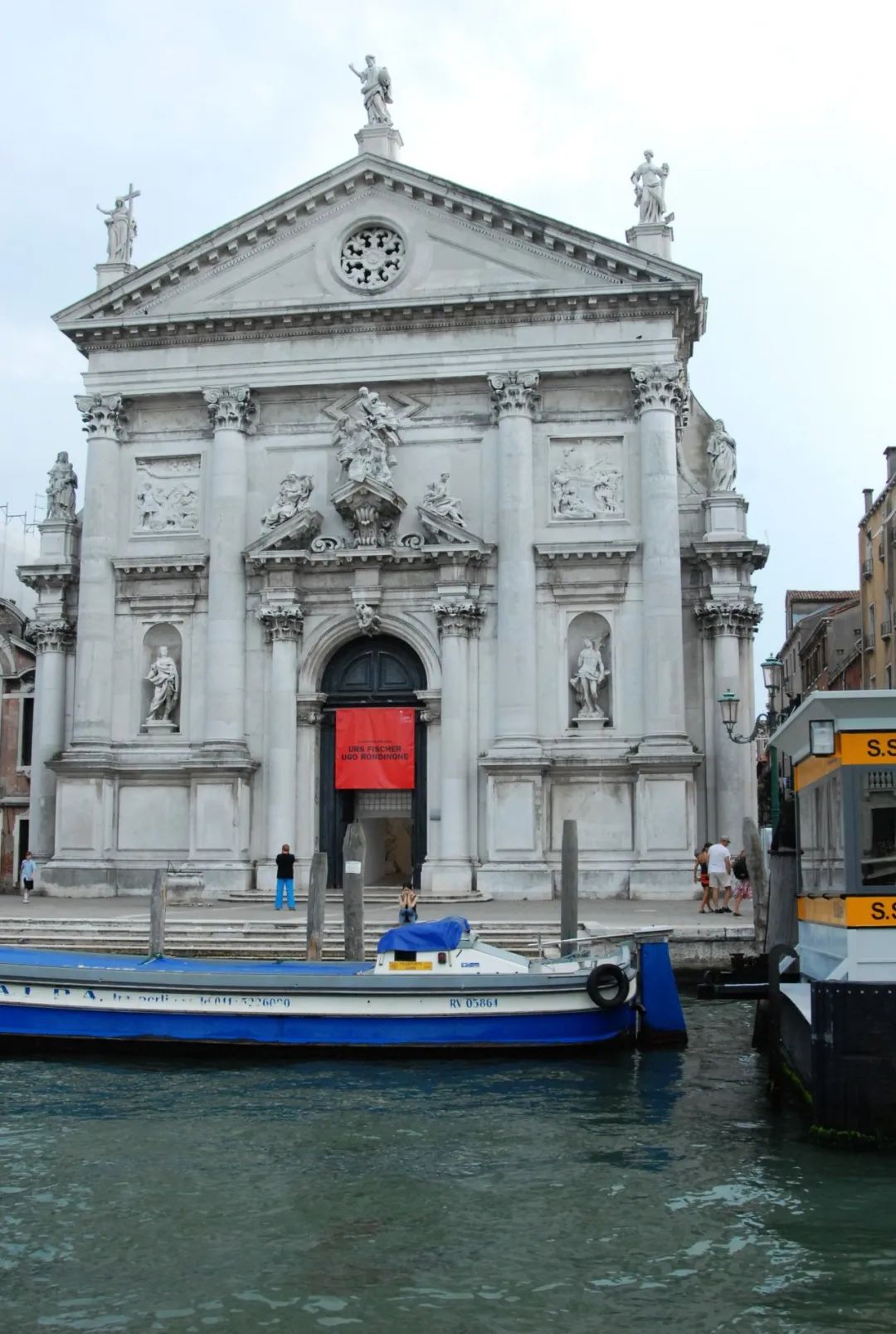

Our family spent a day wandering around Venice, walking around and wandering around. In addition to admiring the above-mentioned "famous" attractions, I was also deeply impressed by many small sights in the city, such as doorbells, small family piers, and various Various small bridges, and finally we took a shuttle boat back to the Roman Forum. It was already past 6 pm and we didn’t want to stay another night. Besides, the parking fee here was extremely expensive (20 euros a day). We decided to leave here. The road to Firenze was always uphill. When we arrived at our destination By the time I reached the ground, I could already feel the coolness of the autumn wind. doorbell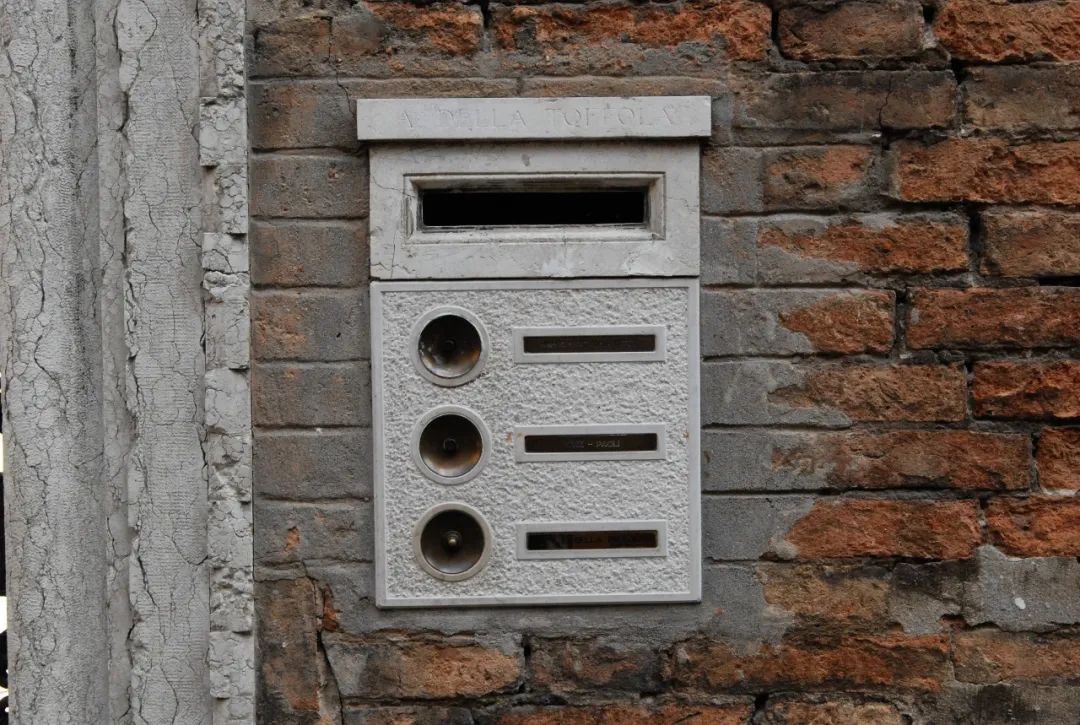
mask
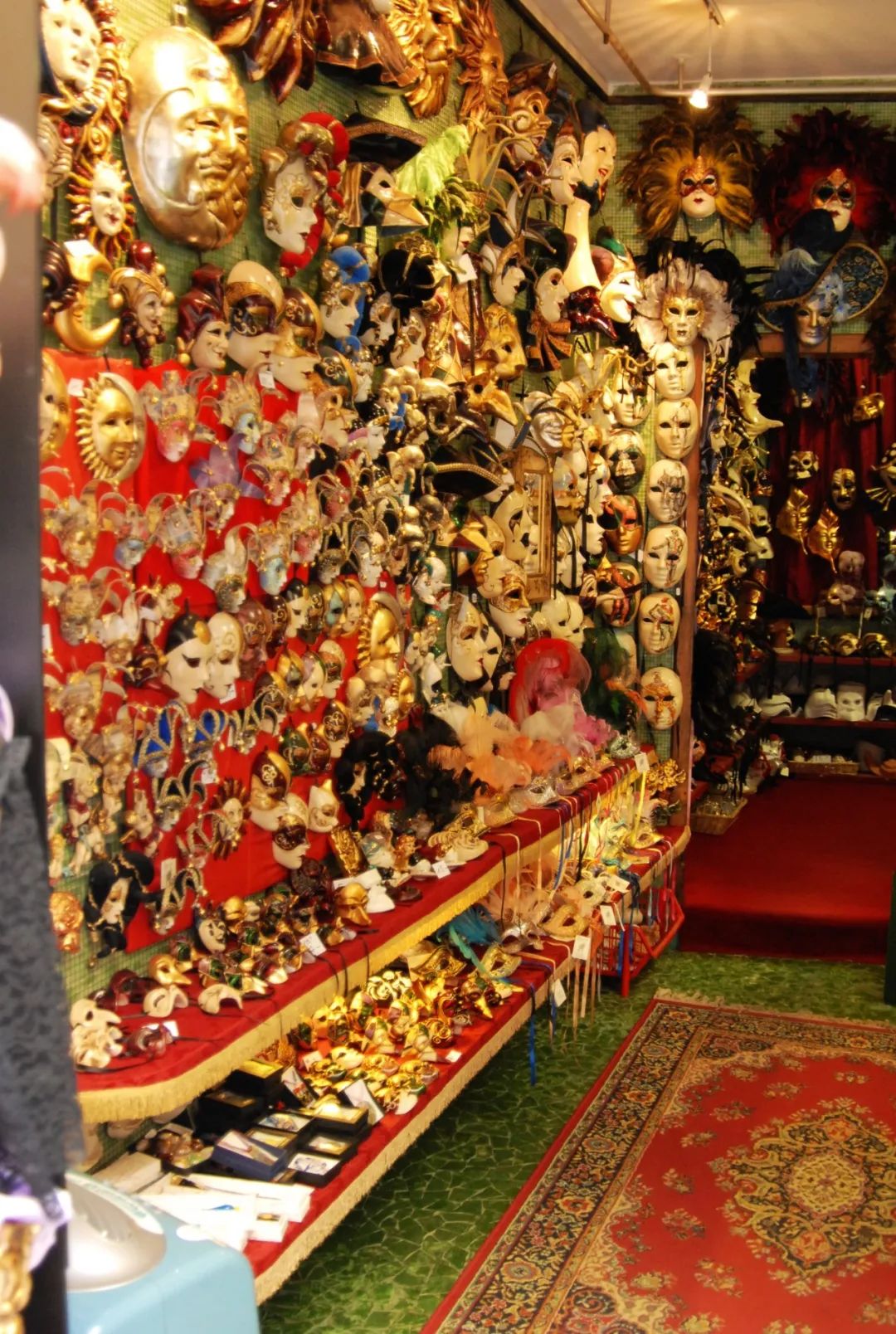

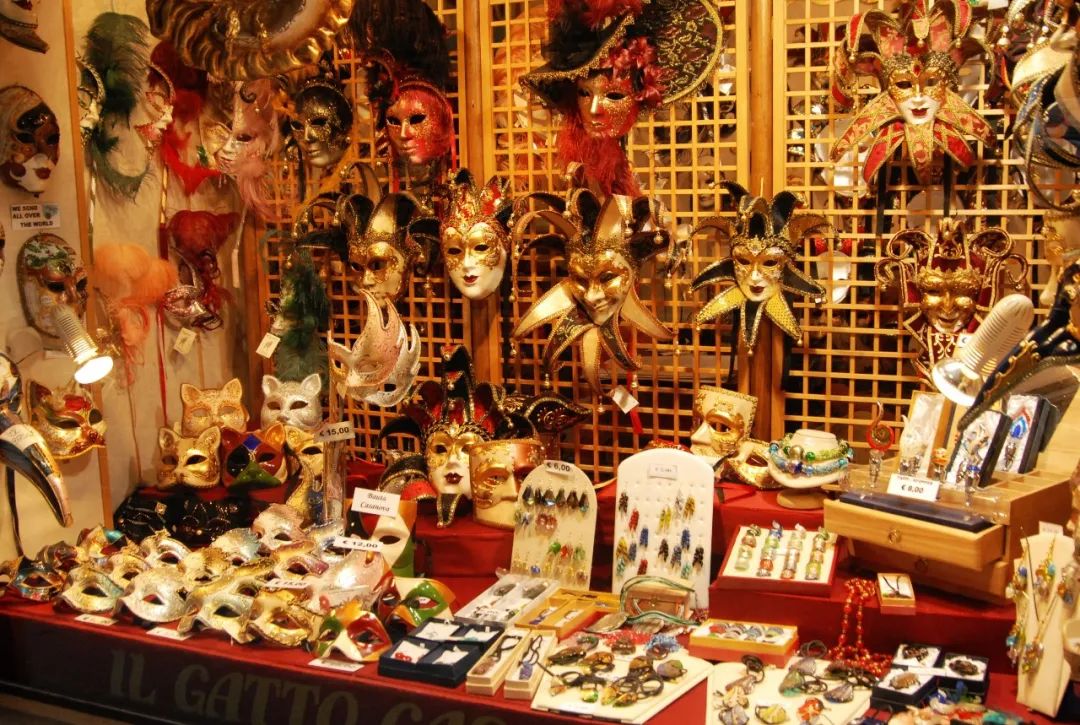

Venice cross-sea pier
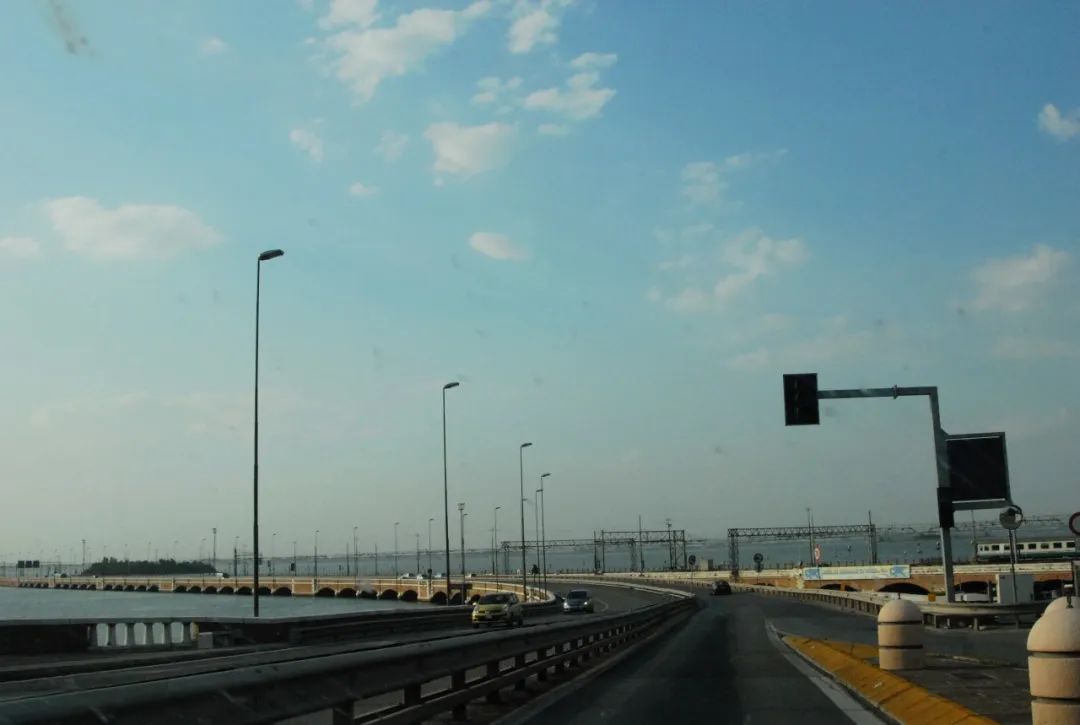
August 18: Most of the day from Firenze to Pisa 110 kilometers
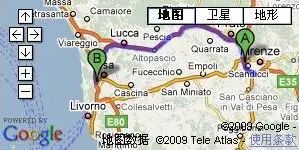
Florence (Firenze) is a famous cultural city with a long history. It is the birthplace of the Italian Renaissance (Rinascimento) movement and the birthplace of European culture. It is located on a plain in the Arno Valley and is surrounded by hills. Florence is known as "Emerald", which means "City of Flowers" in Italian. The city has a total of 40 museums and art galleries, more than 60 palaces and many large and small churches, which collect a large number of excellent works of art and precious cultural relics, so it is also known as the "Athens of the West". It is home to one of the richest preservations of Renaissance art in the world. (Source: Baidu Encyclopedia)
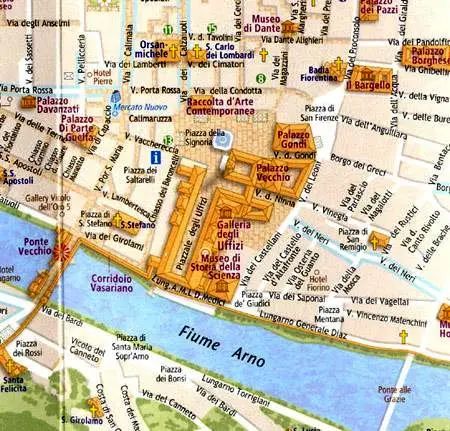
Living in the suburbs last night, we arrived in the city center early in the morning and parked our car in a parking space in a residential area. Even in such a prosperous place, there are still free parking spaces. It is only 100 meters away from the Cathedral of Santa Maria del Flore.
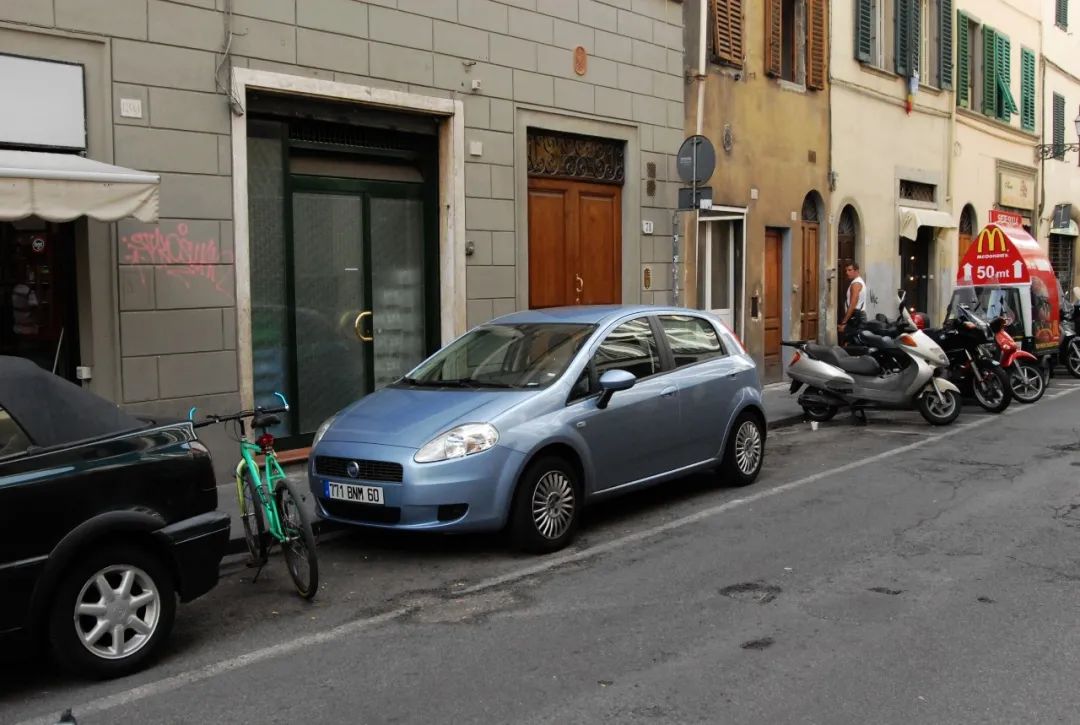
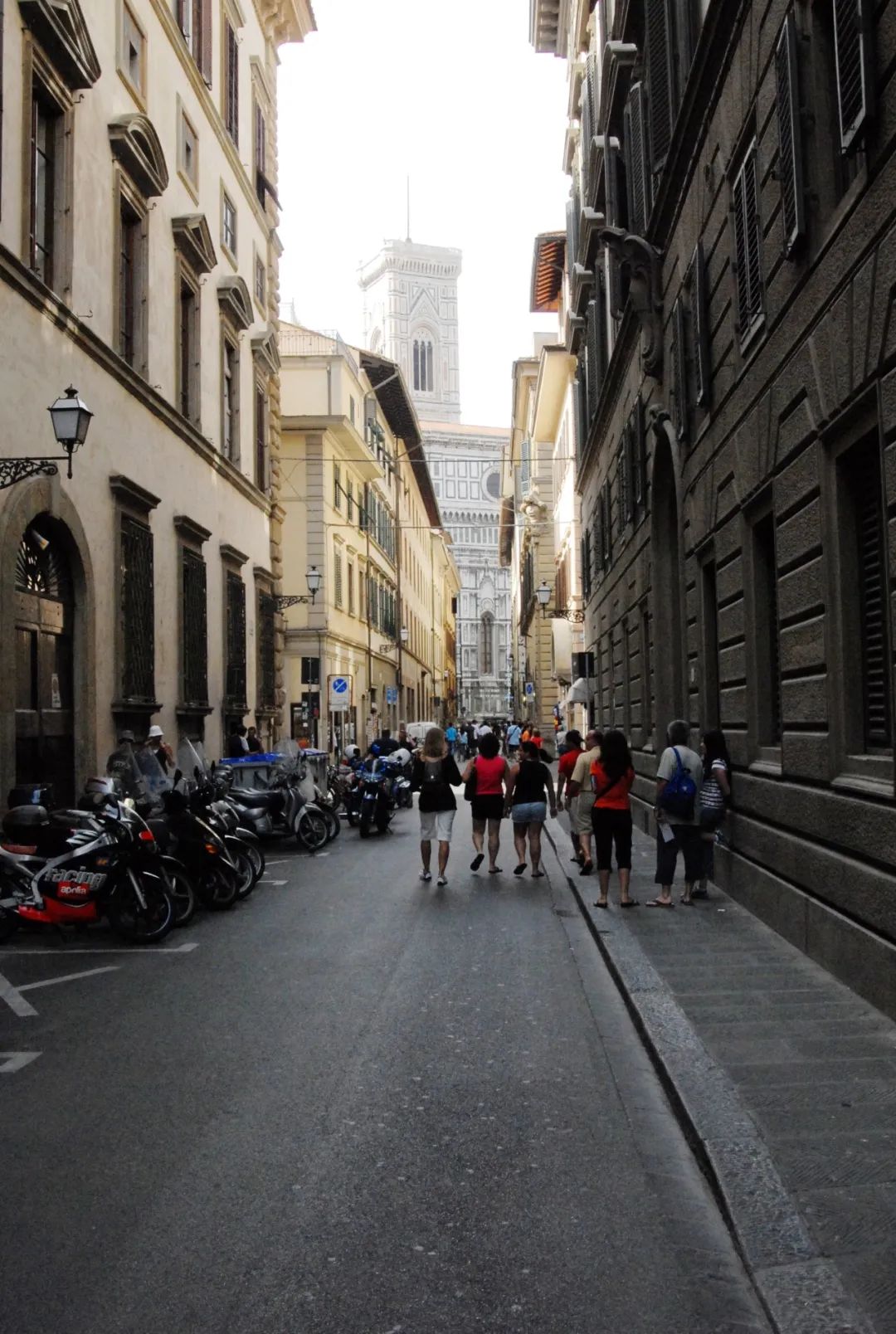
Duomo S.Maria del Fiore, also known as the "Cathedral of Our Lady of Flowers", is known as the fourth cathedral in the world. Built in 1296-1436. This is a very splendid Renaissance building. The exterior wall made of black, green and pink striped marble is very attractive, and the unique large dome and the unique Campanile di Giotto (Campanile di Giotto) are its most attractive features. The essence lies. Walking into the church, it felt like returning to Notre Dame de Paris. The bowed ceiling, rose windows, and candle lights all looked so familiar.
A distant view of Santa Maria del Flore Cathedral and Giotto’s Bell Tower (from the Internet)
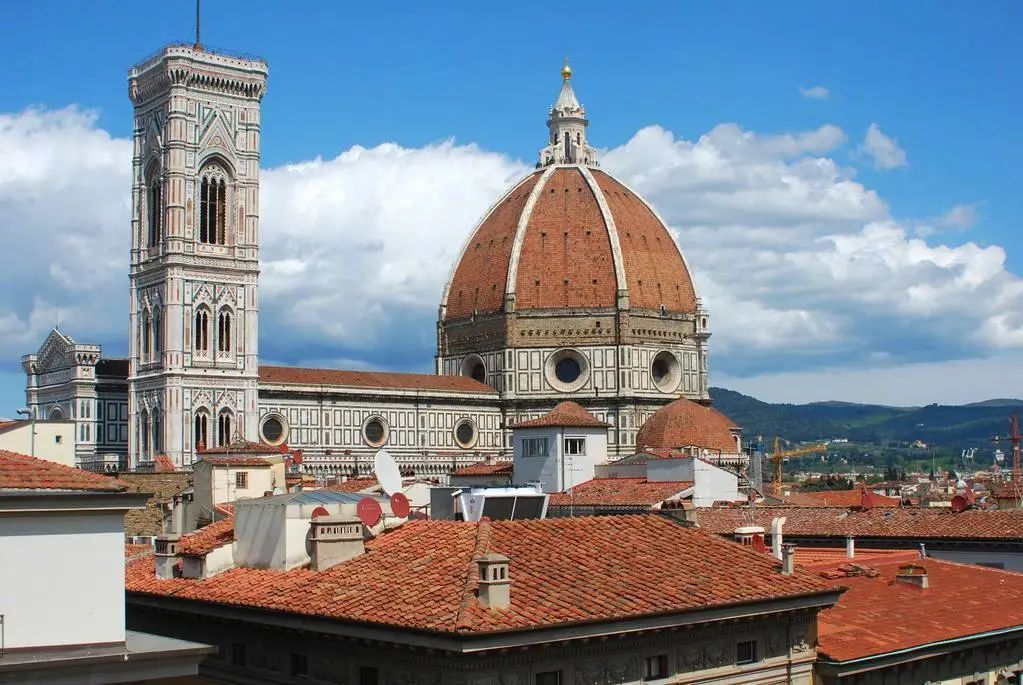

church interior
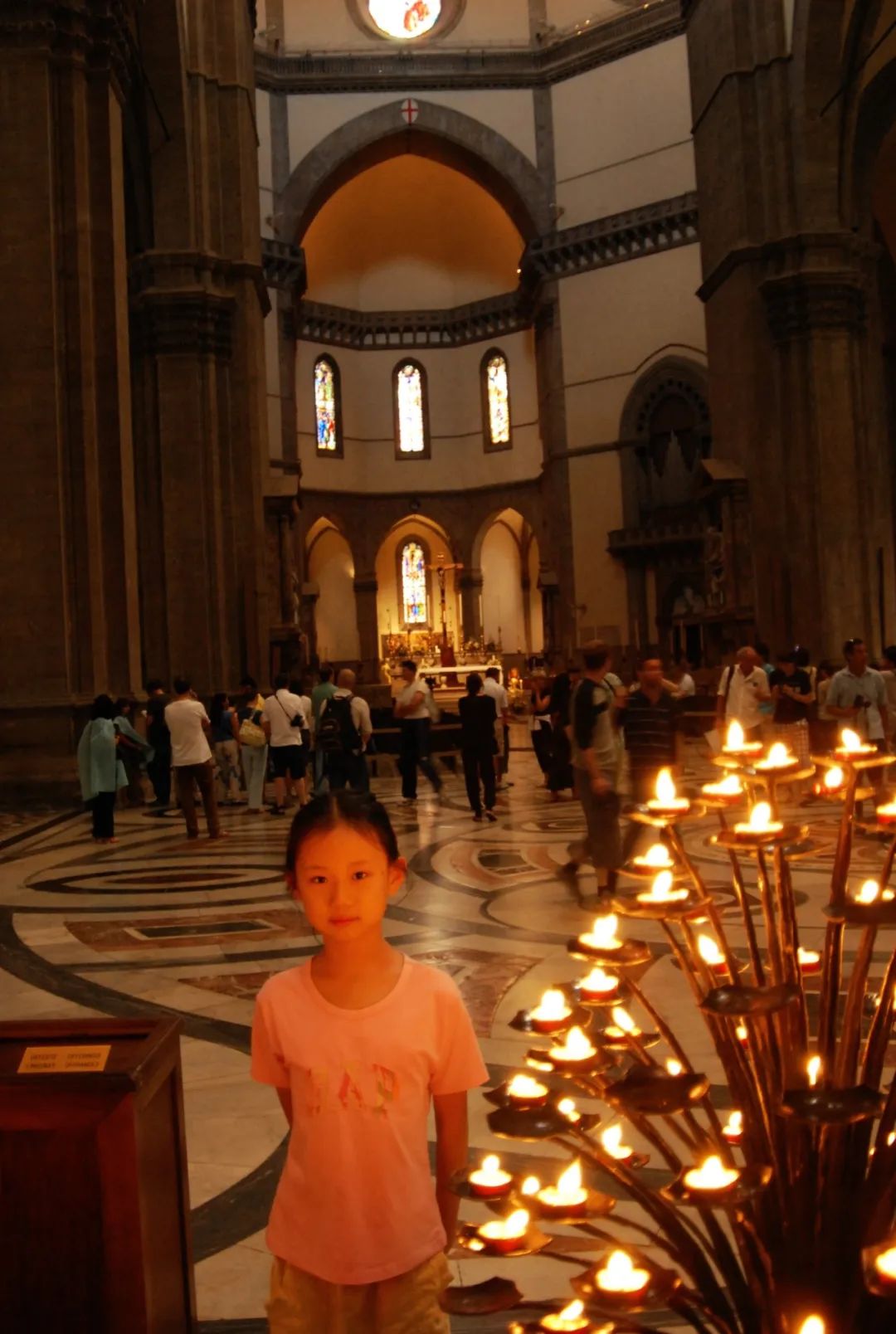

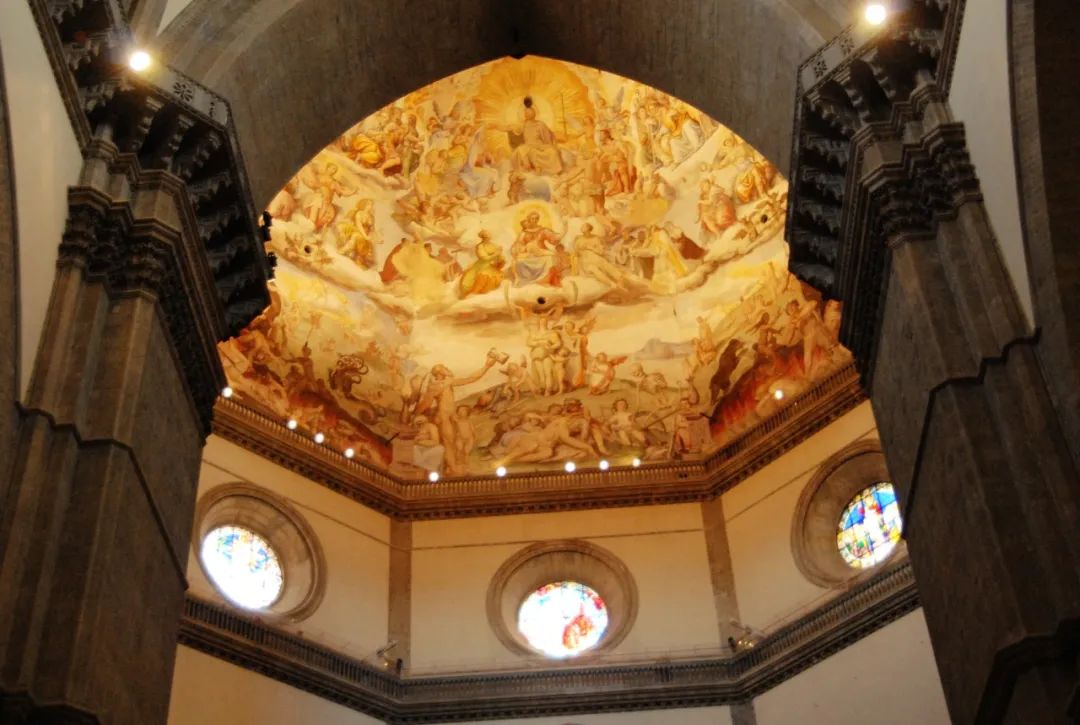
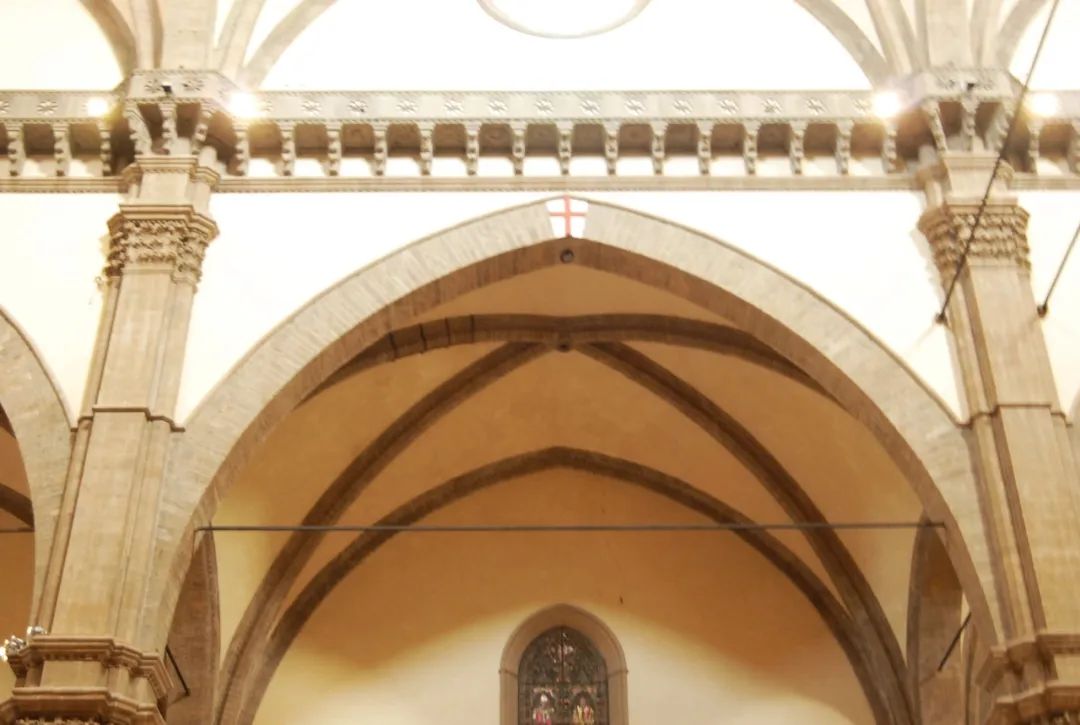
Climb up Giotto's Bell Tower to get a closer look at the church's great dome.
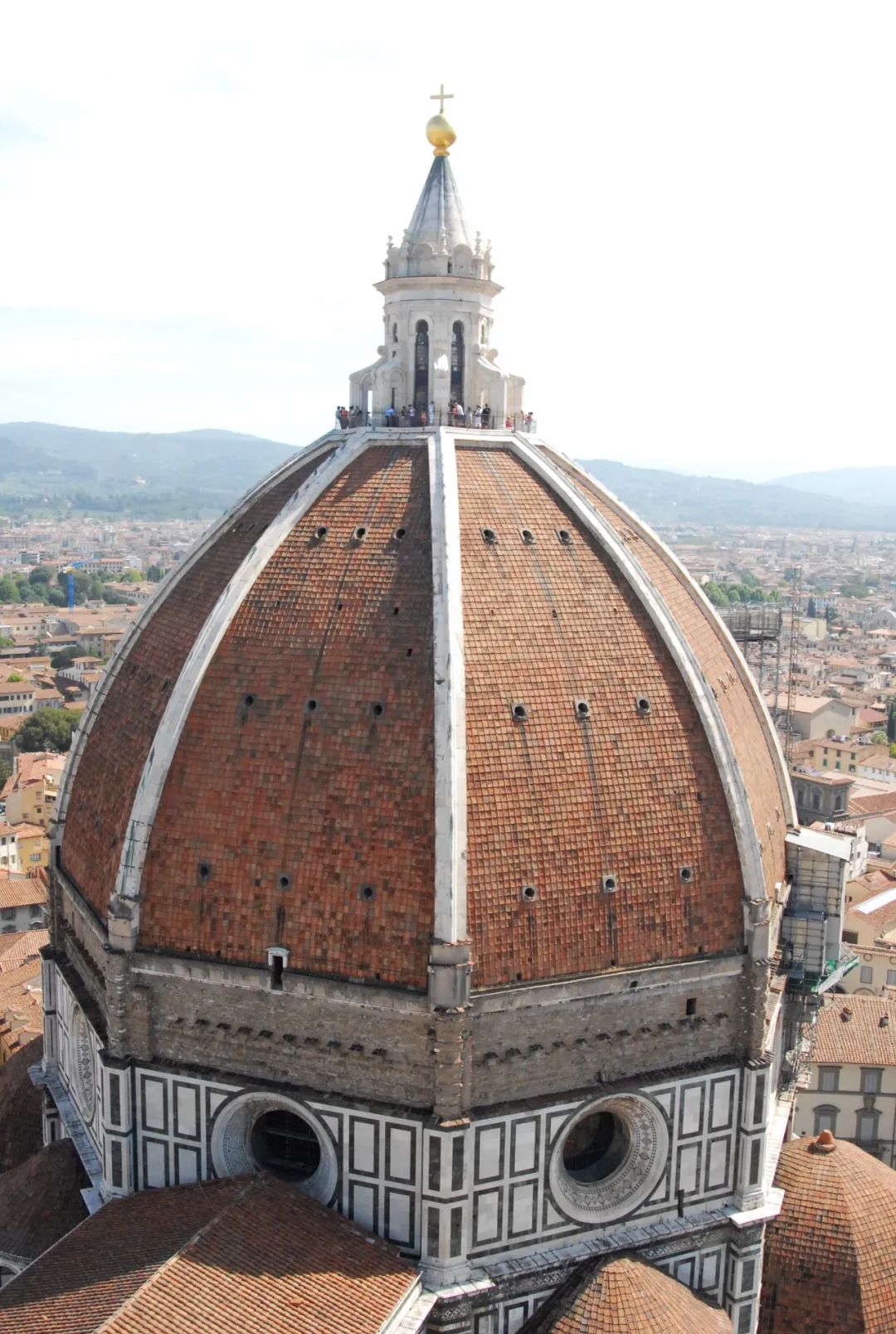
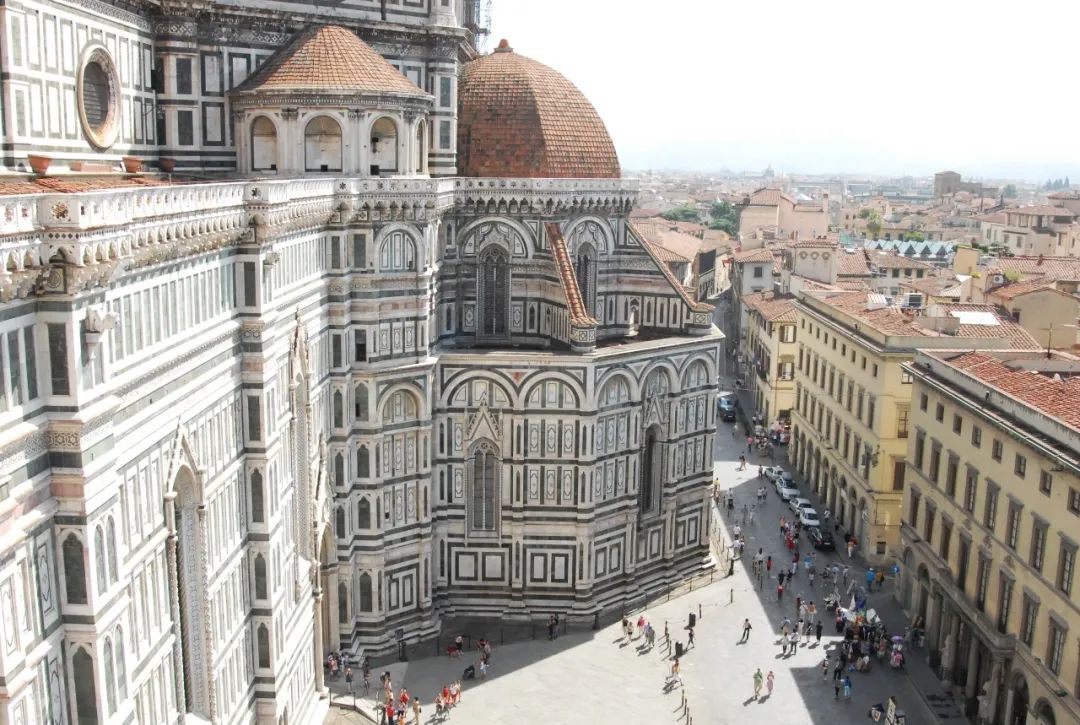

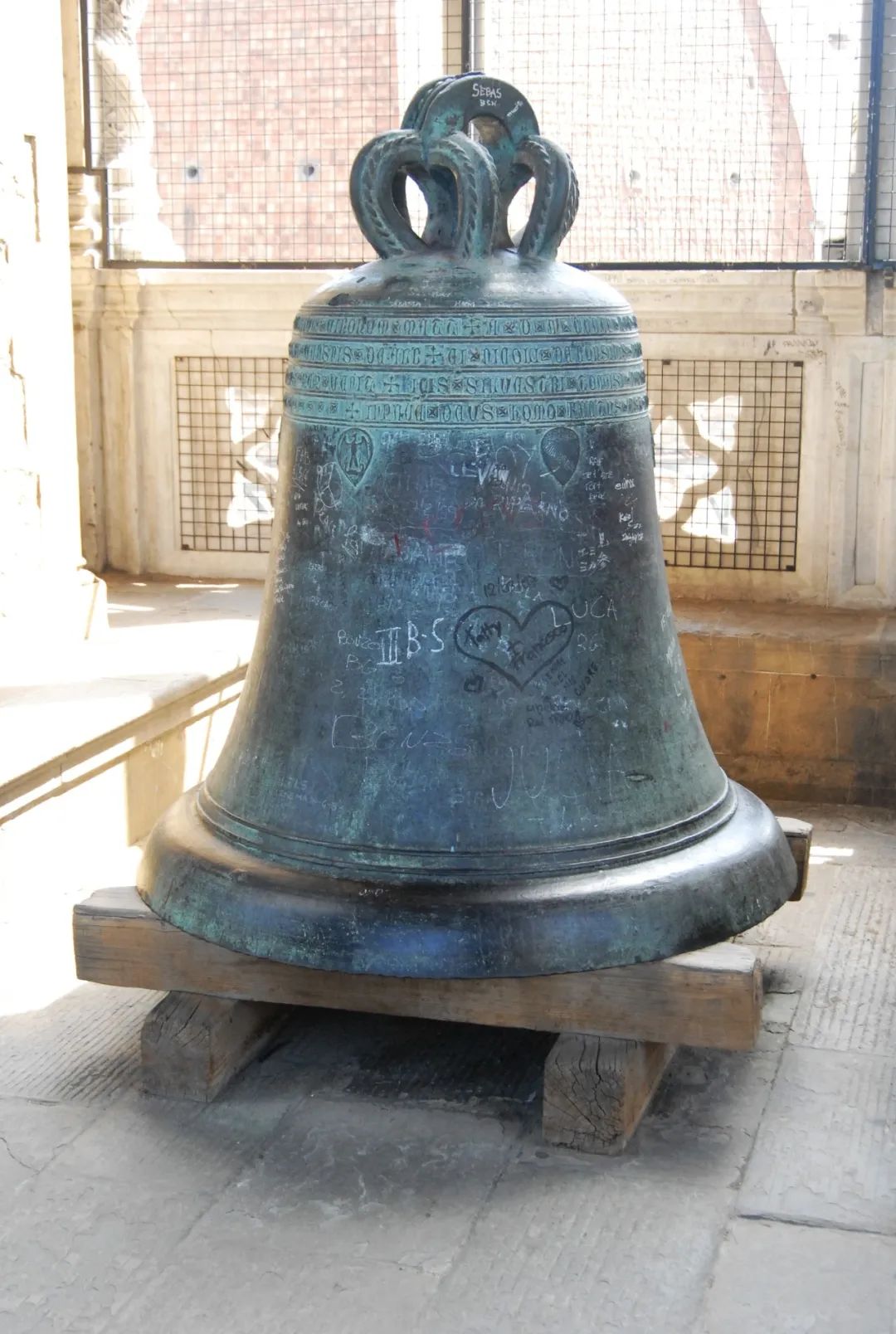
Looking down (interior)
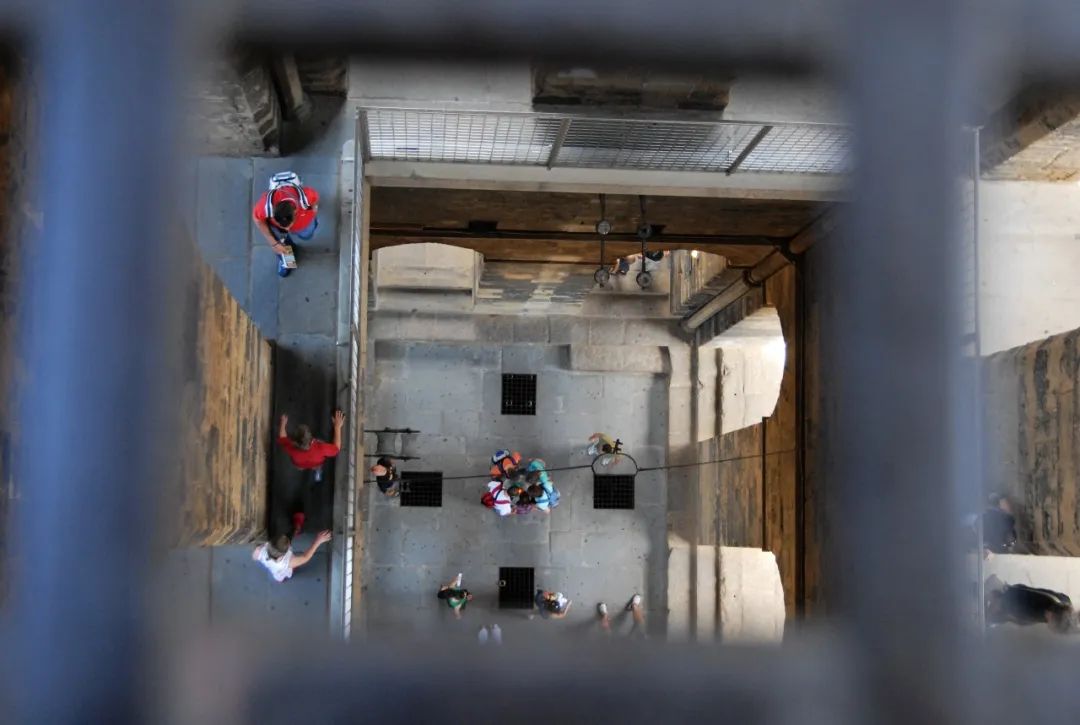
look up
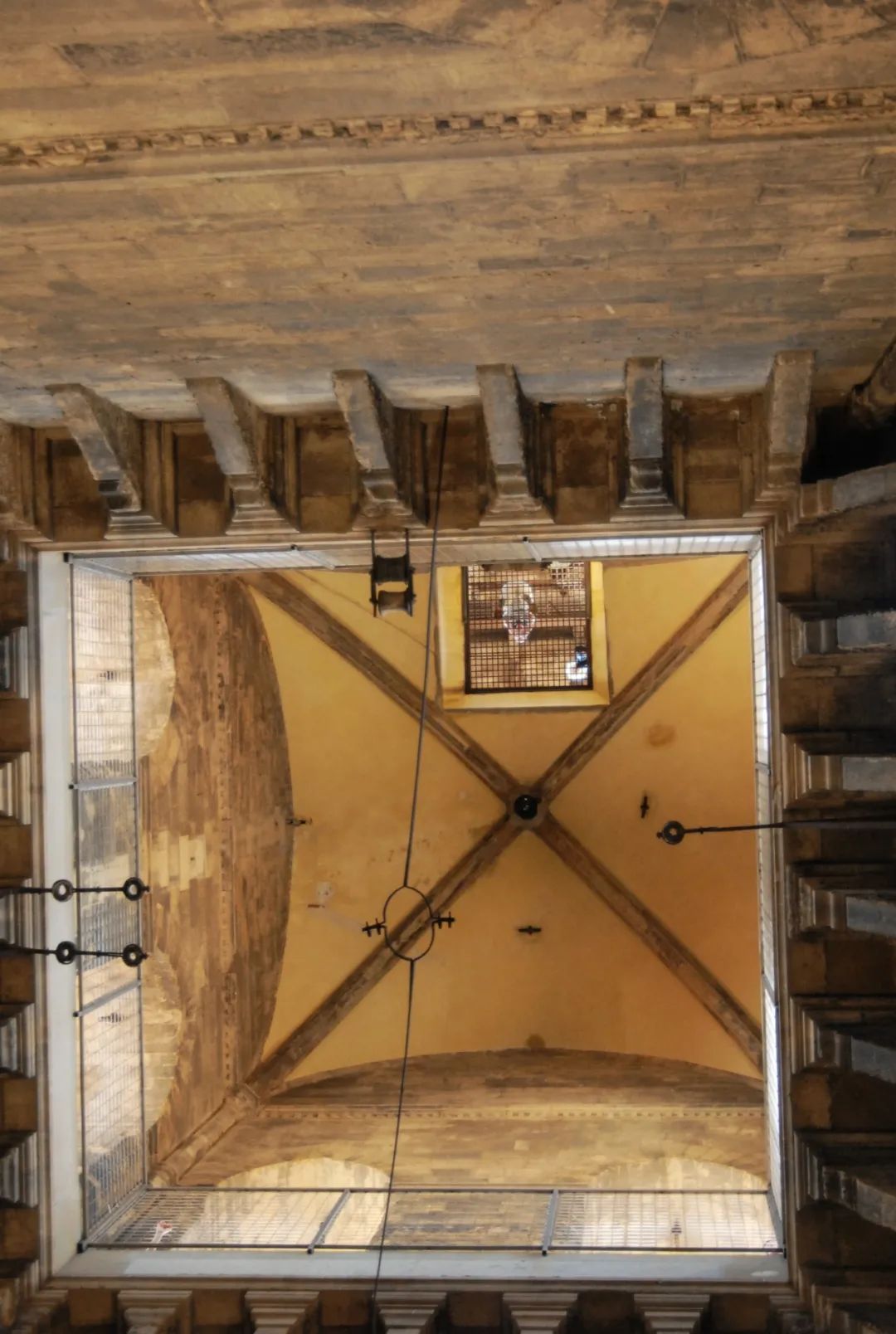
Standing on the rooftop platform, you can have a panoramic view of the ancient city of Florence. This city, which formed the main framework in the 14th century, now seems to have a very reasonable urban layout. Churches are dotted among the buildings with red roofs. The city roads under the buildings are so straight and orderly. This shows the foresight of the city planners at that time.
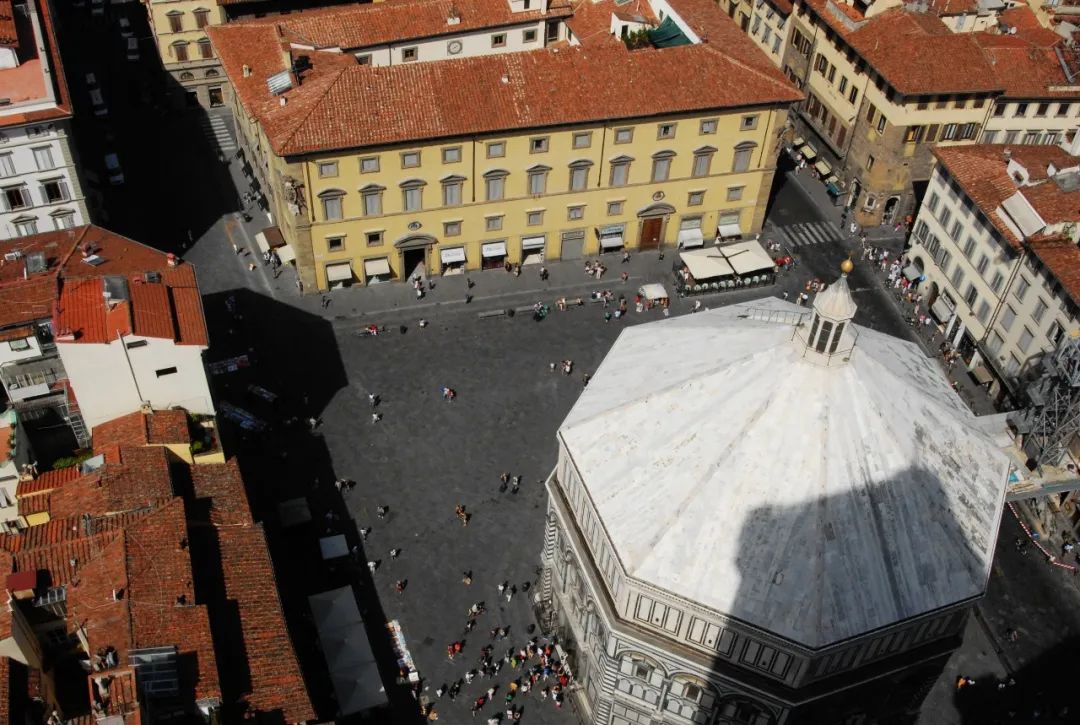

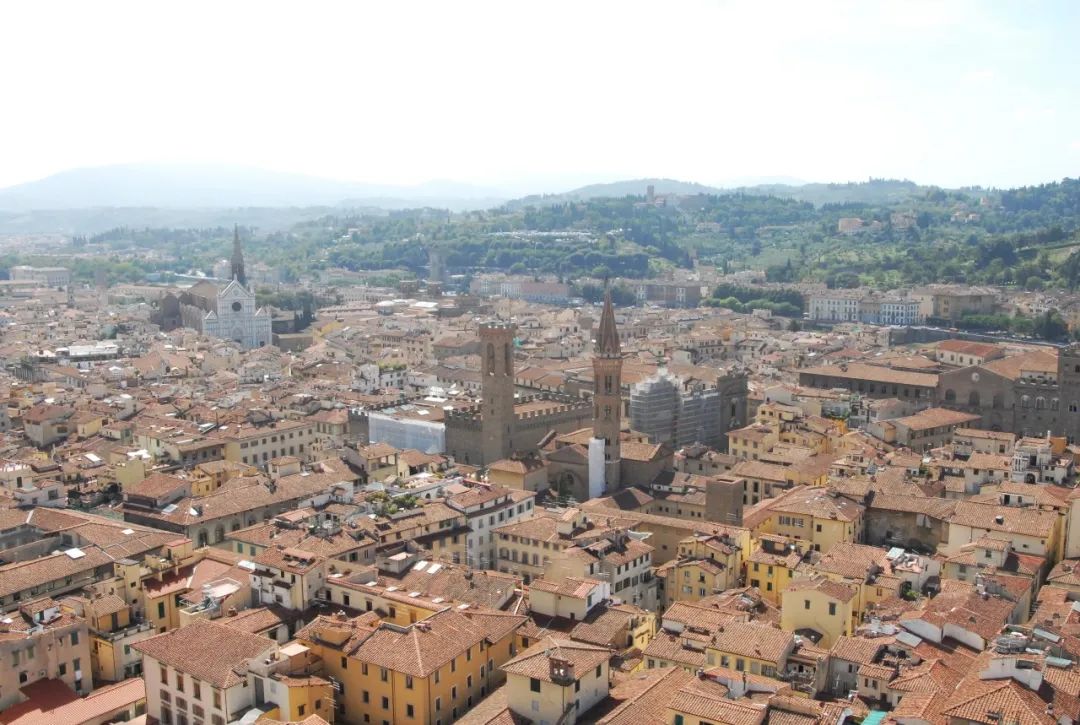

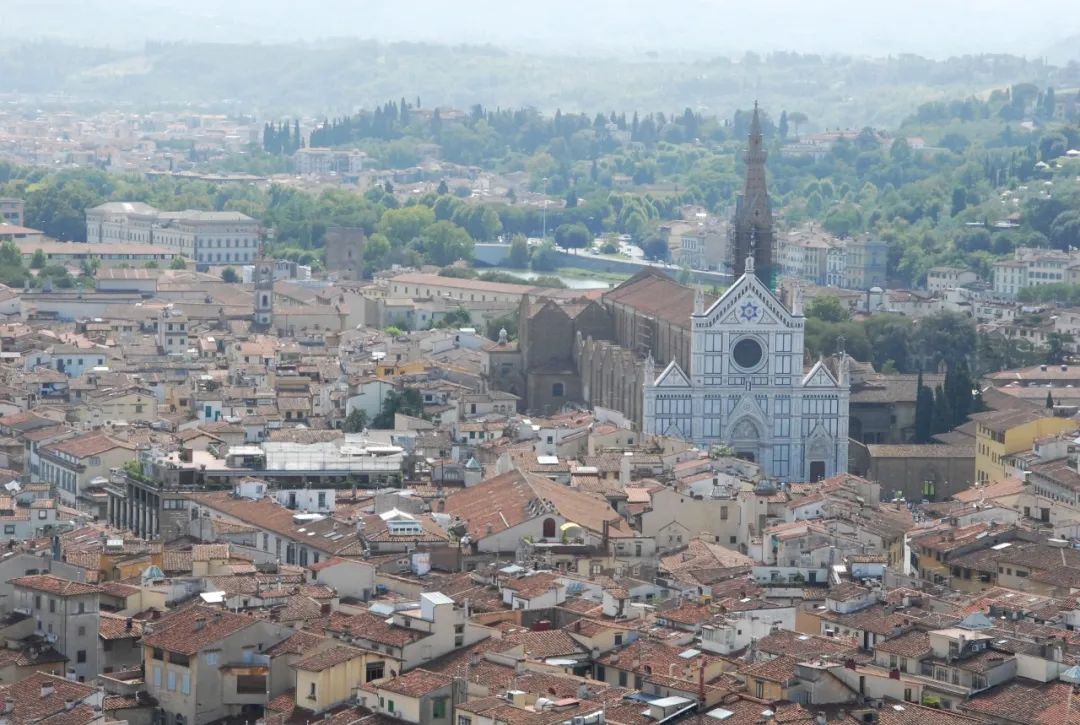
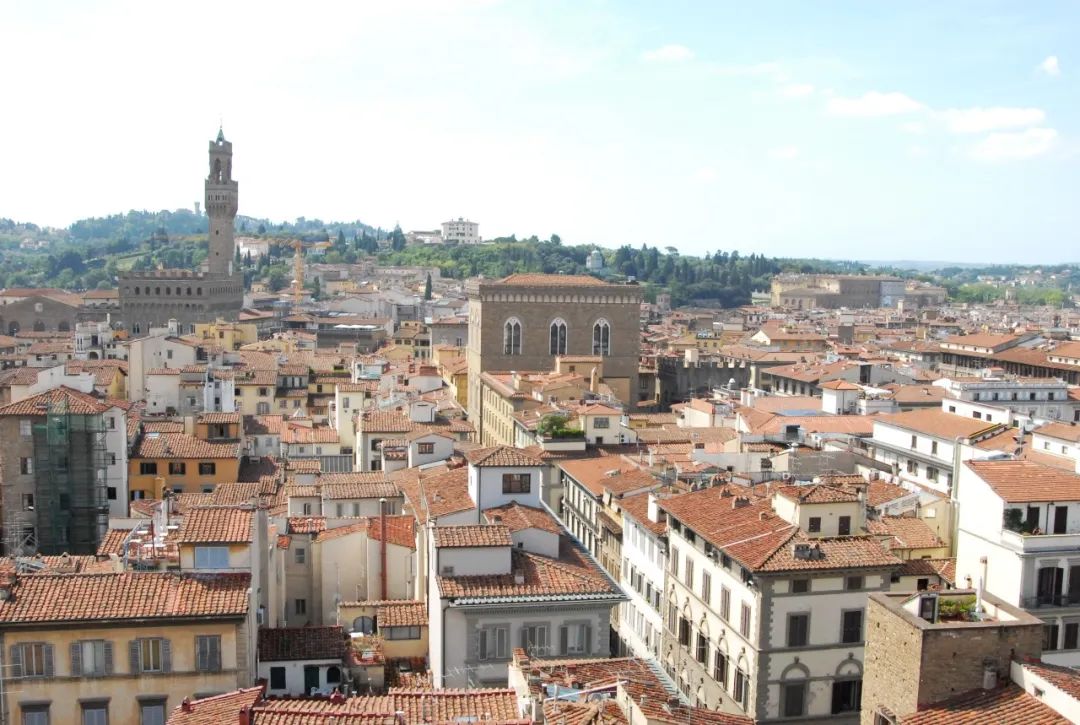
After bidding farewell to the Cathedral of Our Lady of the Flowers, we walked through two alleys in the southeast direction and arrived at Dante's former residence (Casa di Dante). In front of us, this dilapidated brick building has convex and concave walls due to the passage of time. No, I didn’t expect this world-famous poet’s residence to be so simple. If it weren’t for the statue of Dante in the middle of the wall, who would have believed that this was his former residence.
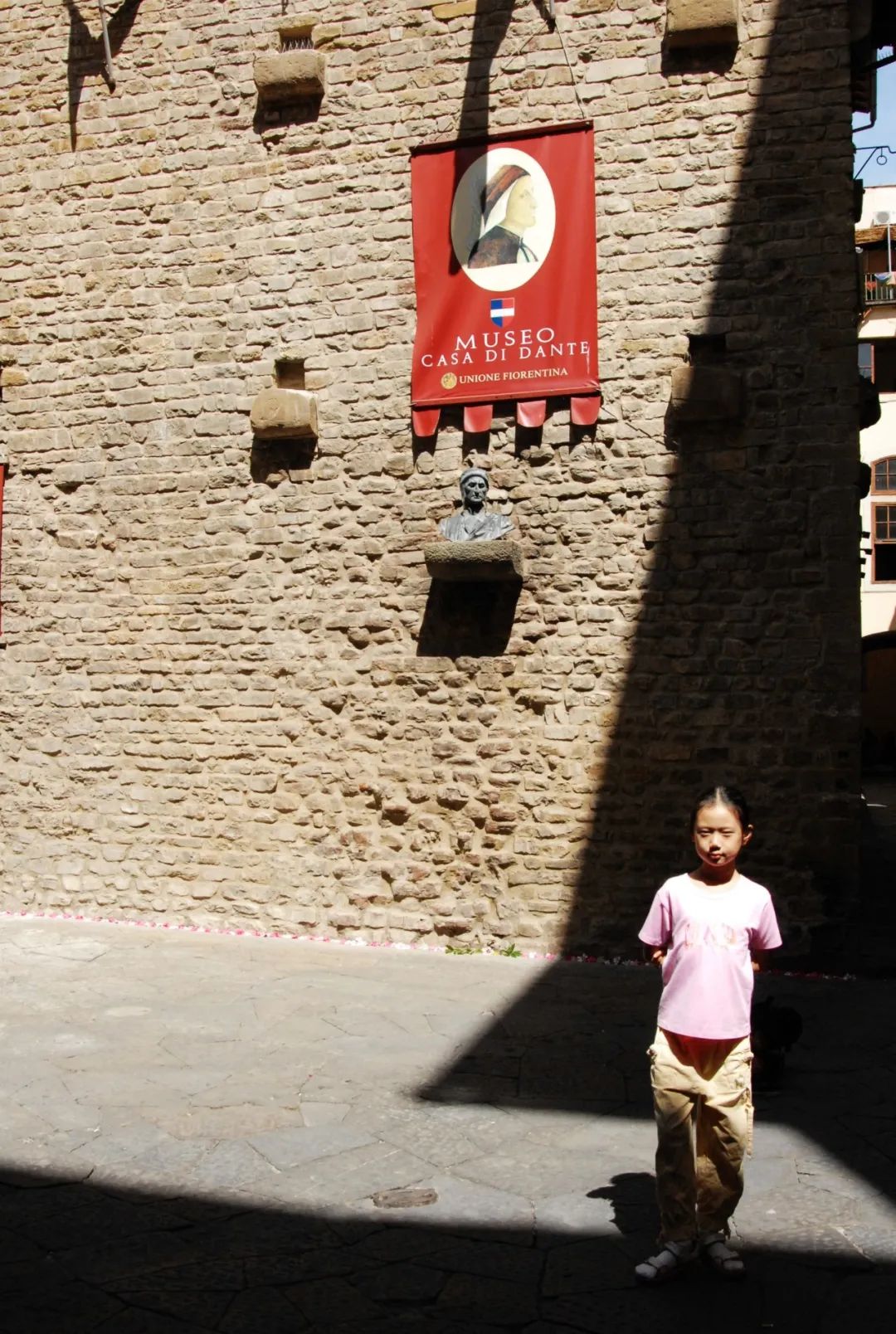
A few hundred meters south of Dante's former residence is Piazza Della Signoria.
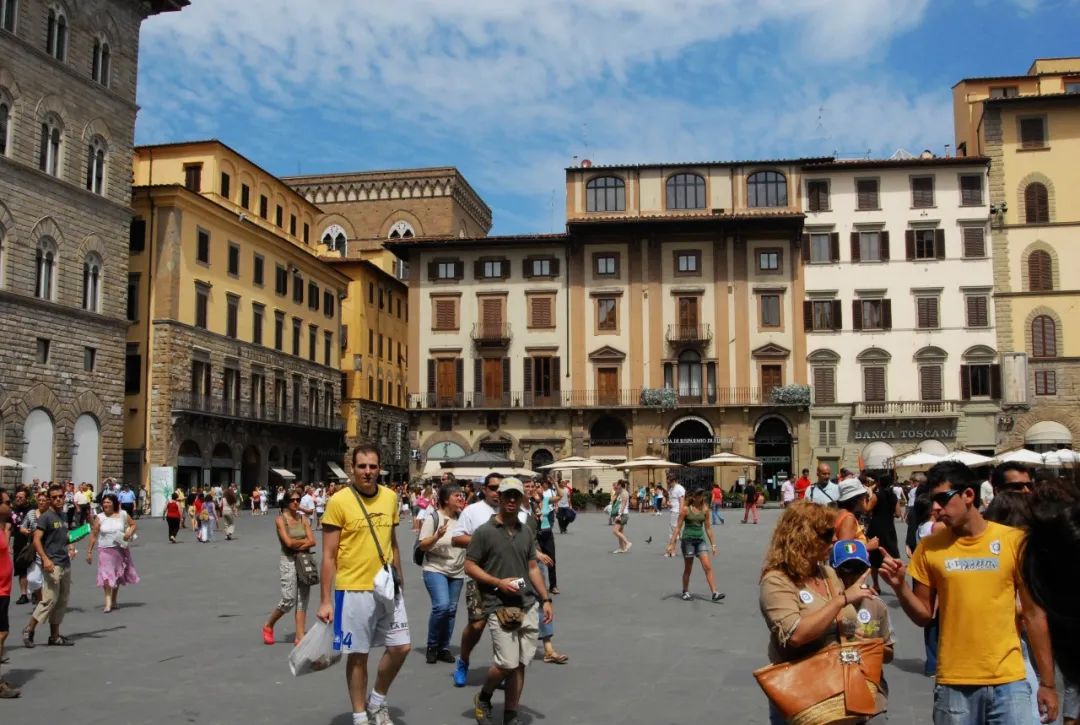
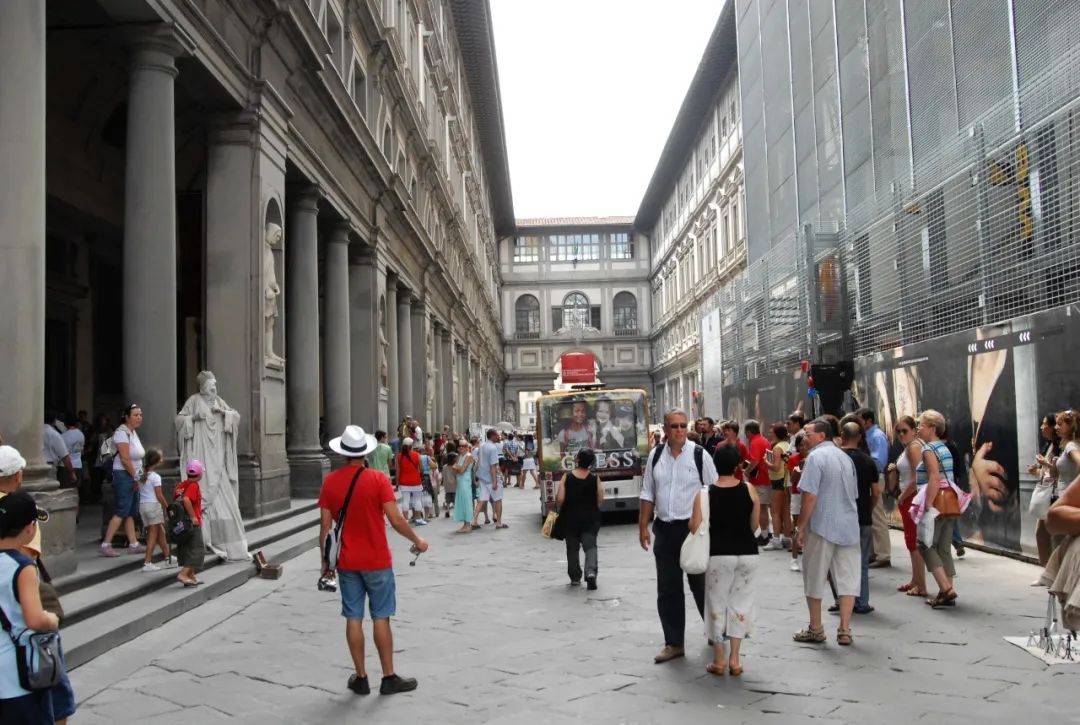

There is a fortress-style old palace (Palazzo Vecchio) built in the 13th century. The tower on the Palazzo Vecchio is 94 meters high. It is one of the most eye-catching public buildings in Italy.
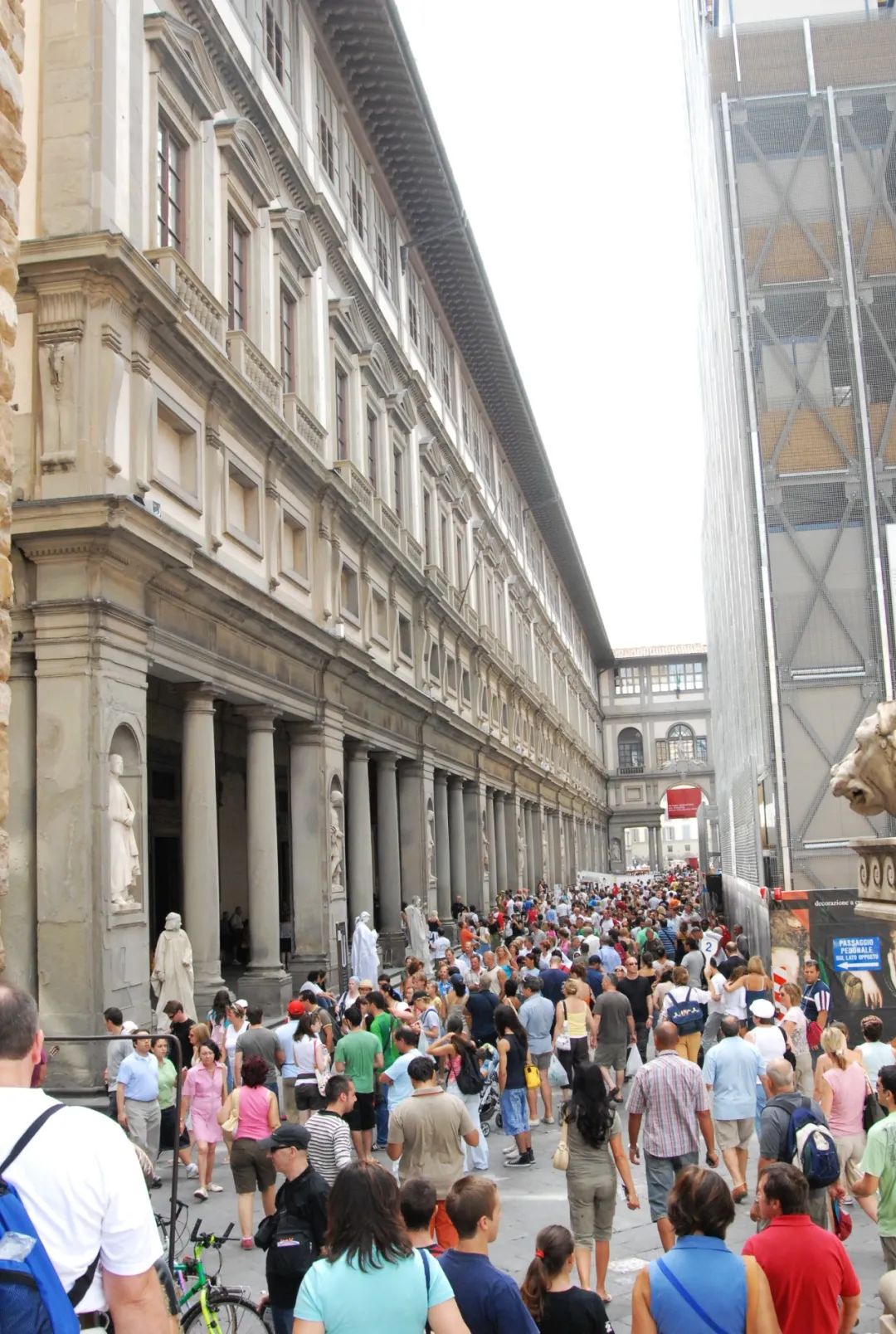
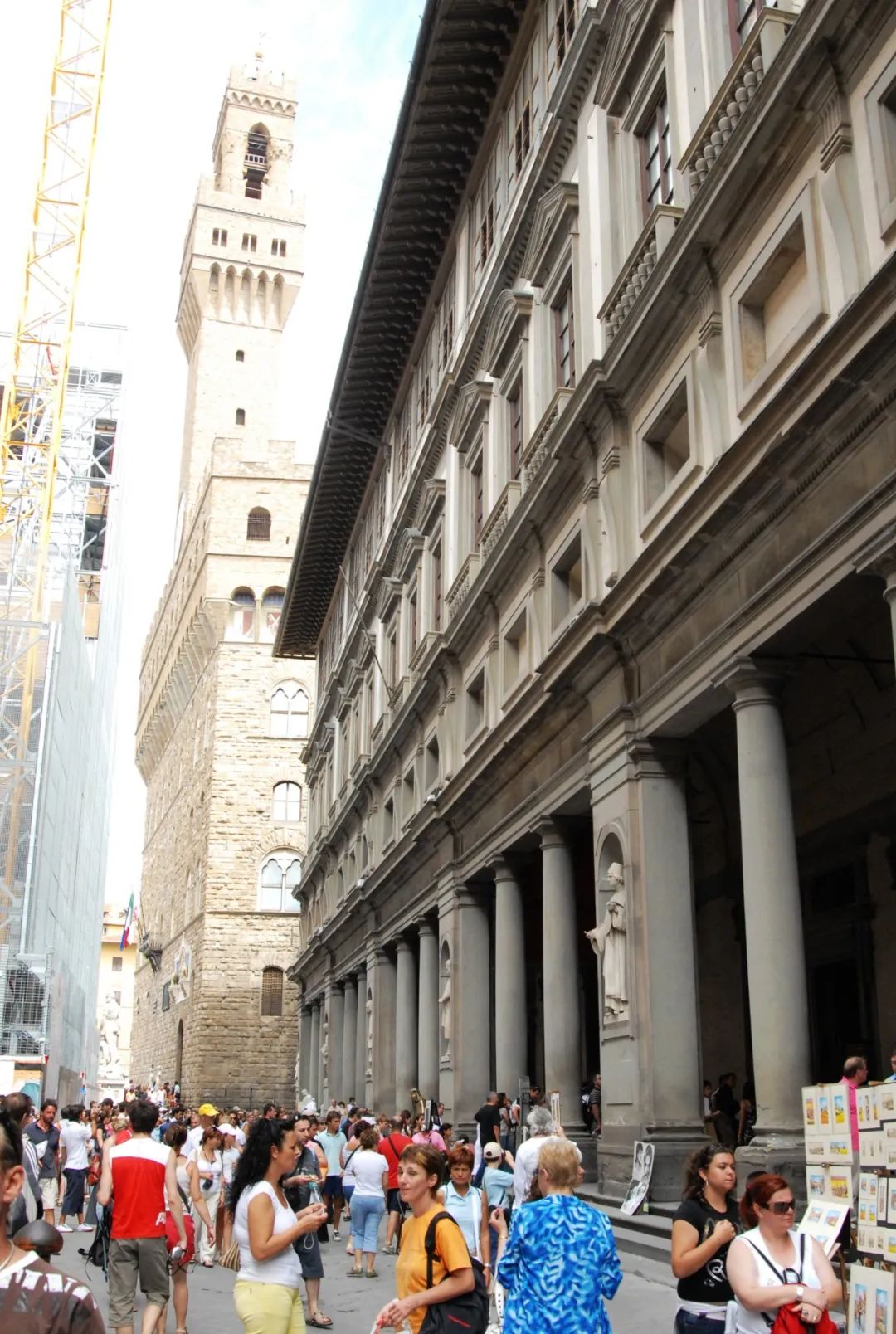

But what is more attractive, I think, is the corridor on the side of the Palazzo Vecchio. Now, together with the entire square, it has become an open-air sculpture museum. Its various stone sculptures and bronze statues are lifelike and vivid, such as the familiar Michelangelo's " The replica of the Statue of David, etc., amazes visitors and tourists from all over the world.
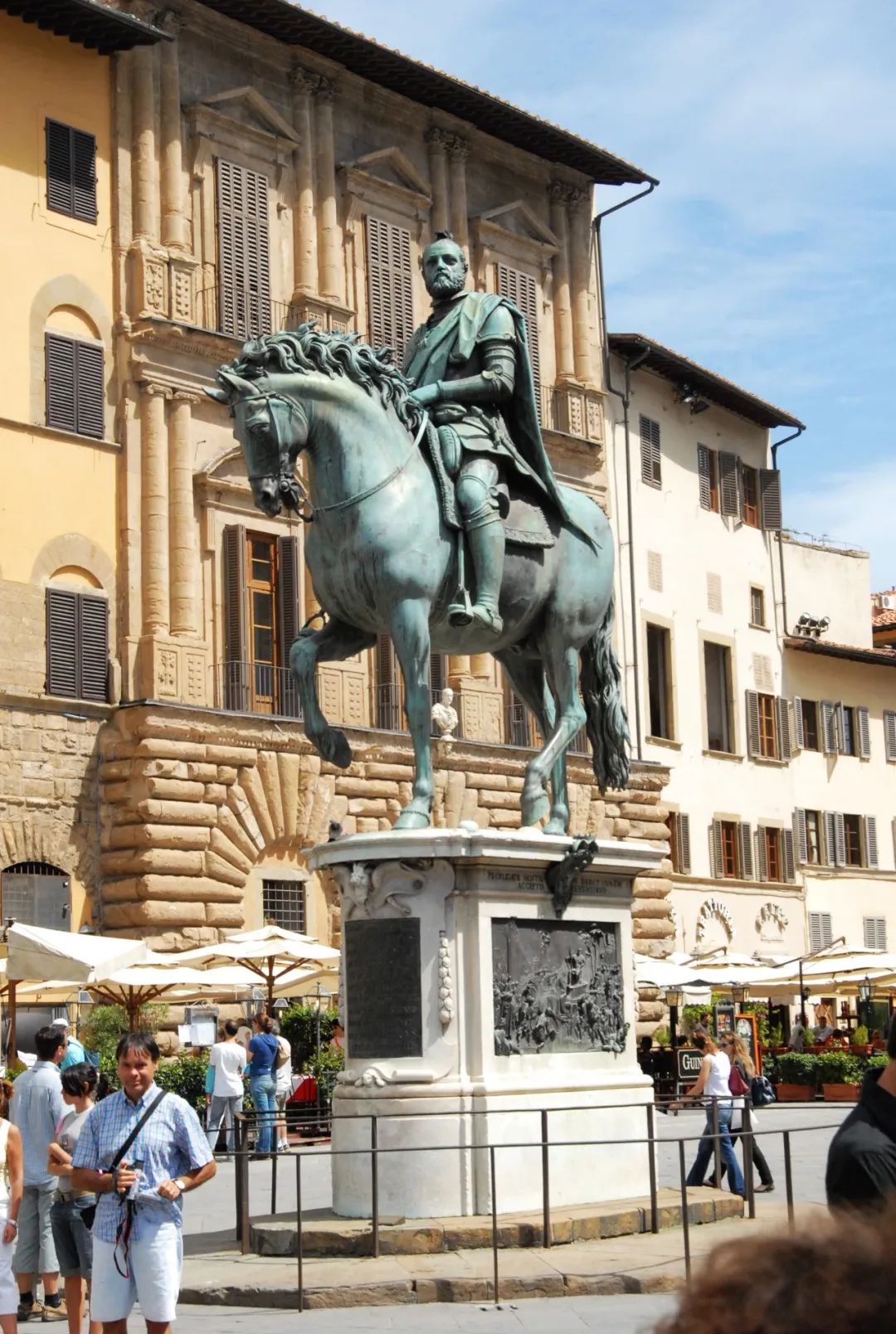

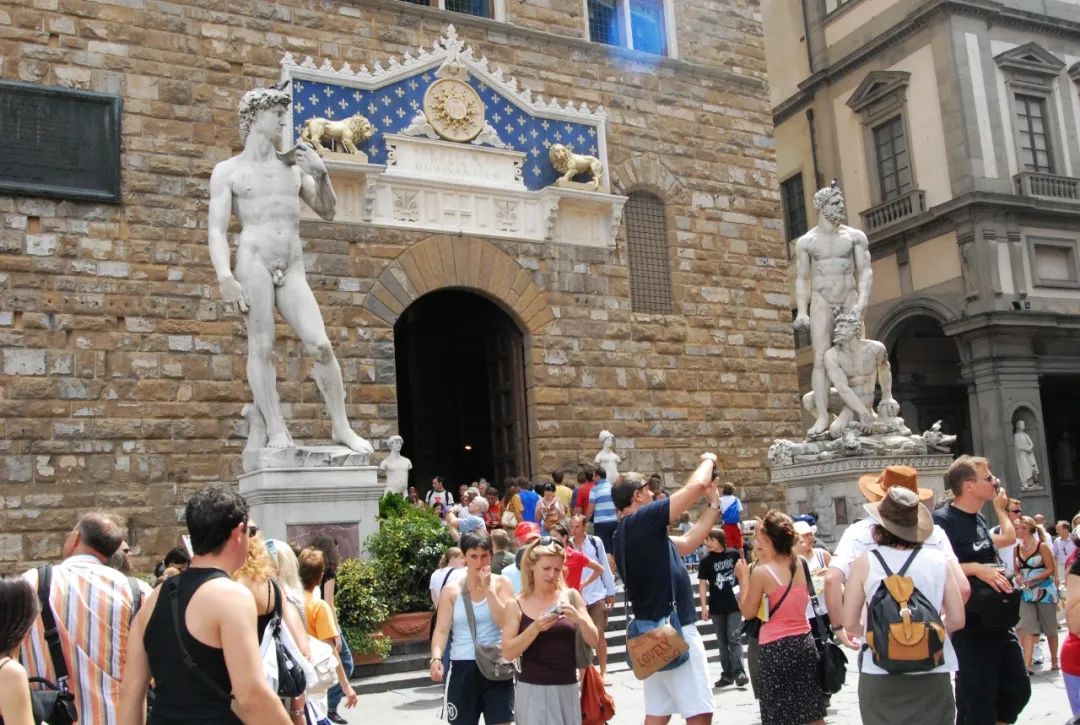



Looking at these art treasures, I am reminded of a question I had before coming to Europe: why can France and Italy become the fashion capitals of the world? Now it seems that we can come to the conclusion, two words - culture! This is not only reflected in the religious and royal buildings in the elegant halls. Walking on the streets of Florence, you can feel the atmosphere of culture everywhere. Even the buskers make people feel their love for culture. The performance artists are more than All of them were wearing heavy robes and remained motionless for more than ten minutes. This kind of persistence and pursuit of art cannot be explained by asking for money. The singers brought records and performed their works live, which was also true. It doesn't look like he is a street performer.
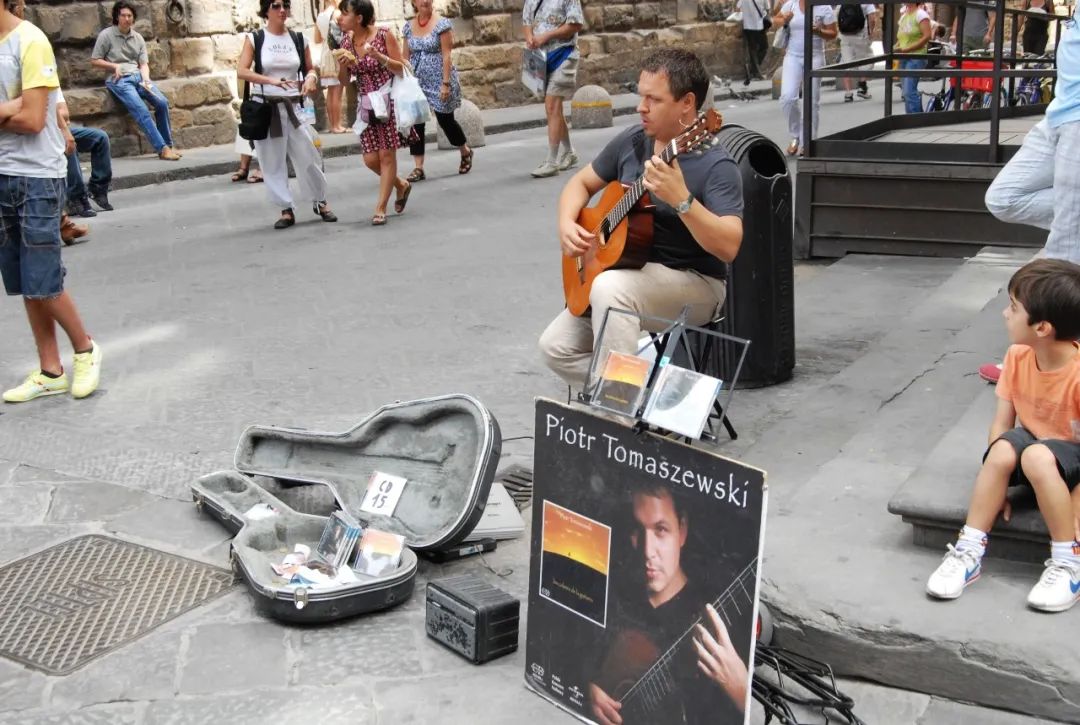
Performance Art

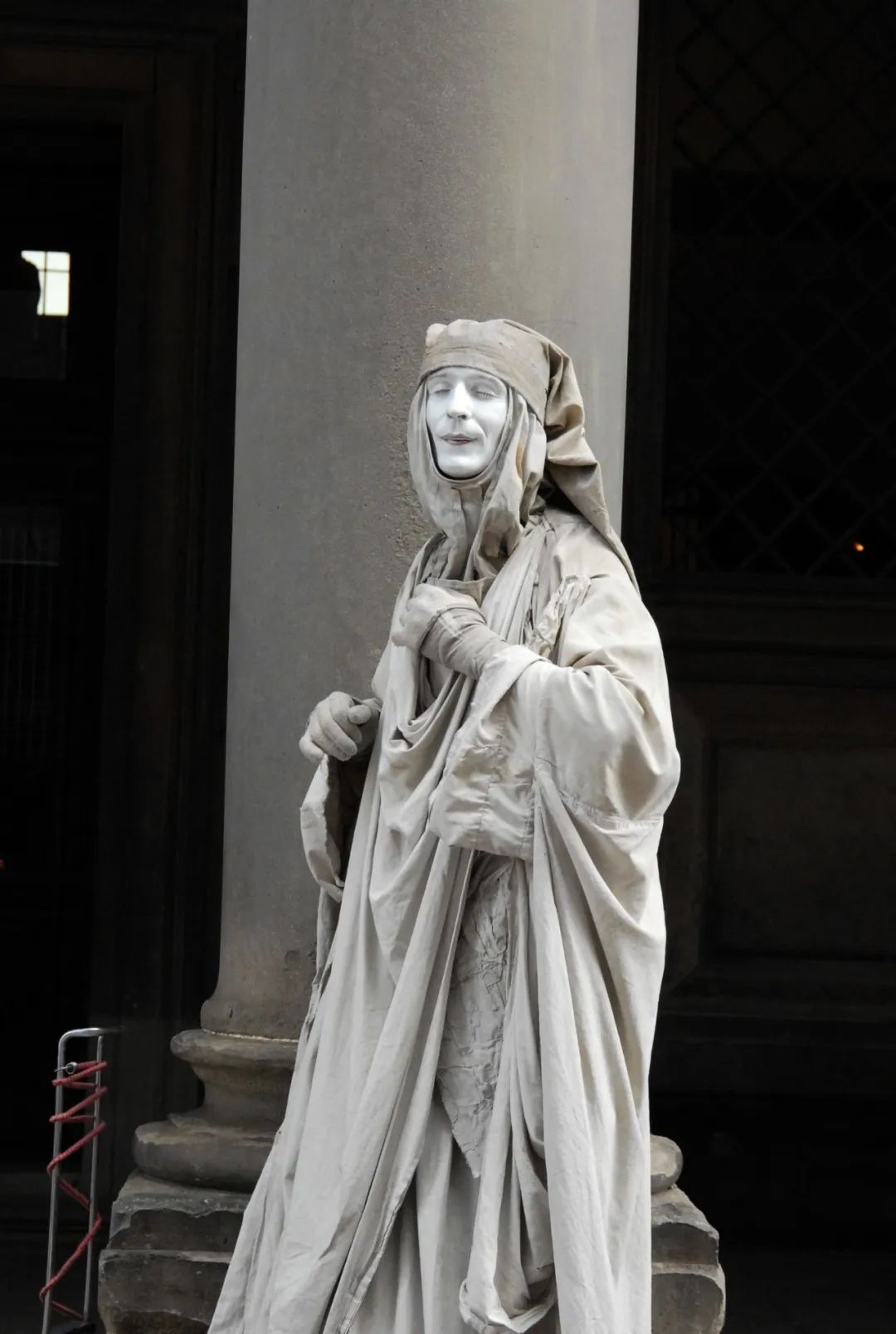
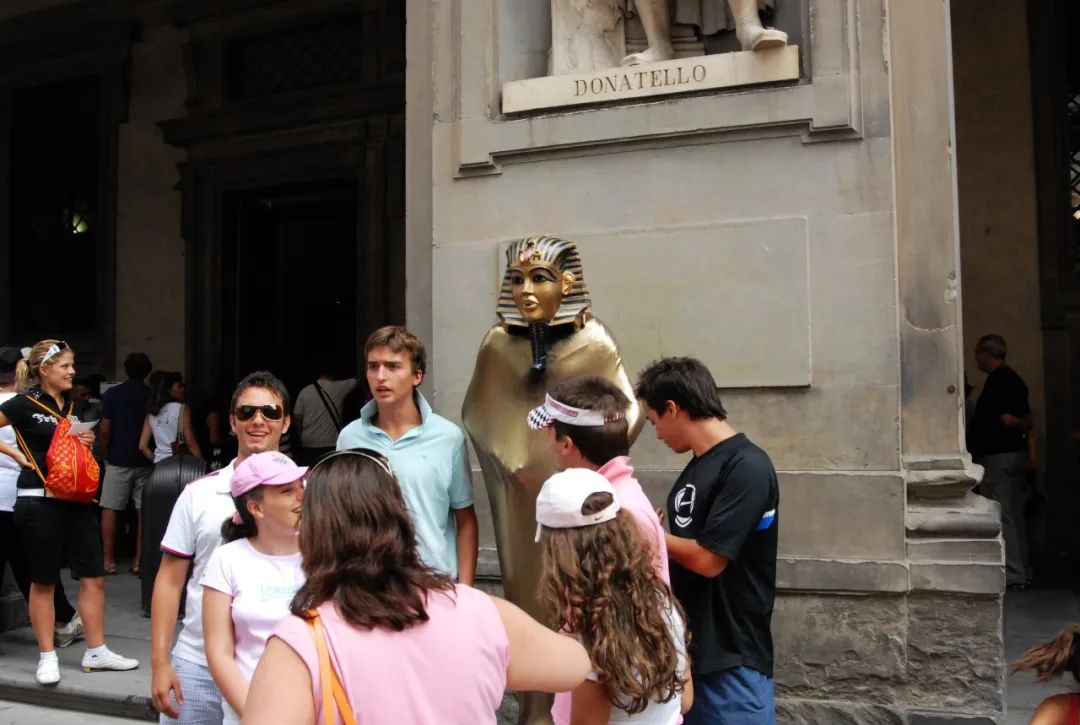
The cartoonist draws portraits of tourists and outlines the characteristics of the characters with just a few strokes. But when facing his daughter, he could not outline the characteristics of the nose. This is also a deviation in cultural understanding.


There is a thousand-year-old bridge on the Arno River not far from the Palazzo Vecchio - Ponte Vecchio. This was the only bridge in Florence that survived the war during World War II. It carries too much history, and it is also because of Dante's love for Atli. The unforgettable love at first sight has made it the "bridge of love" in the minds of lovers from all over the world today. On the bridge and on its shore, couples of men and women held hands, hugged and kissed. In fact, as long as there are film and television works about Florence, there will definitely be shots of the Ponte Vecchio. The overall color of the Old Bridge is yellow, and the water of the Arno River is also slightly yellow. If you freeze the camera, the Old Bridge is an oil painting that exaggerates lingering emotions. (Source, Xiamen Evening News)


The attraction of Santa Croce is not only a palace of art, but also the burial place of 270 famous residents of Florence: among them Galileo, Michelangelo and Machiavelli Machiavelli. This building is similar in appearance to the Dumo Cathedral in Milan. The construction and maintenance funds came from wealthy Florentine families. These wealthy Florentines believed that being able to participate in the construction of the church was an act of humility, which was more comparable to the humble Francis. The monks of each order were buried together with pride.
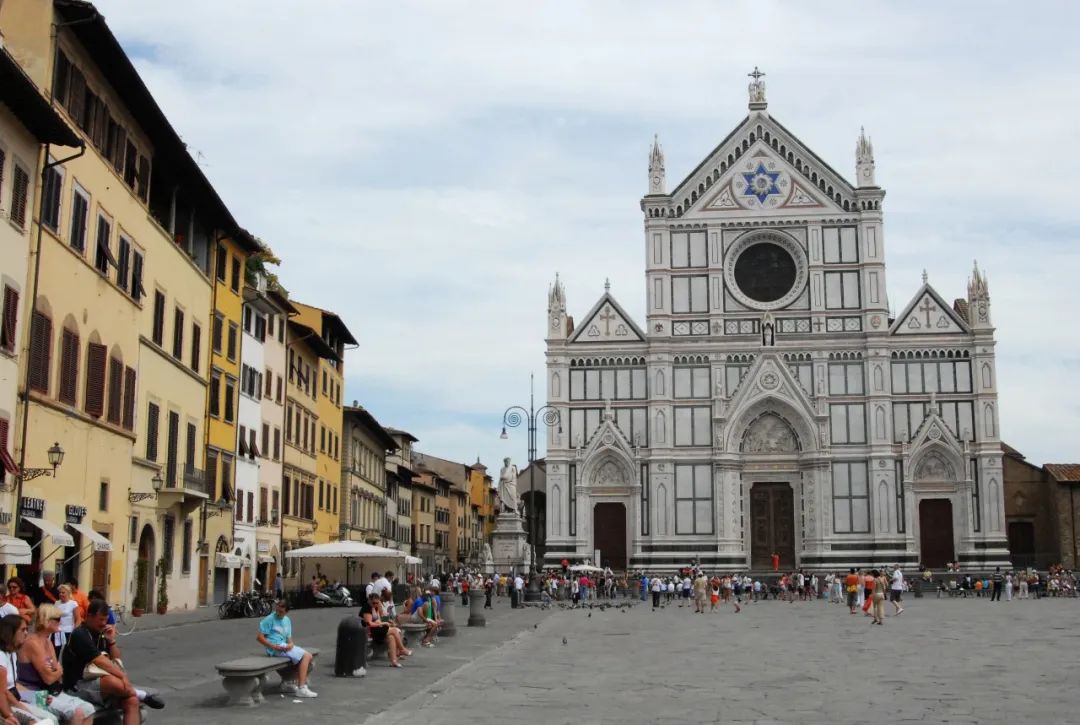
Our last stop in Florence was to visit Piazza Michelangelo, which is located on a hill in the southeast of Florence. There is a huge statue of Michelangelo in the center of the red-brick square. From a bird's eye view of Florence, the entire city looks like a beautiful postcard. There are too many places of interest in Florence. Due to time constraints, we can only take a quick look at them. At 6pm, we arrived in Pisa.


Florence – Pisa road

Pisa is a famous city in central Italy, located in the Arno Delta, with a population of more than 100,000 and an area of 190 square kilometers. The textile, tanning and commerce industries are relatively developed. Pisa is famous for its leaning tower. The Leaning Tower of Pisa (Torre di Pisa) was built in 1173 and was built by the famous architect Bonano Pisano. At the beginning, the height of the tower was designed to be about 100 meters, but five or six years after the start of construction, the tower began to tilt from the third floor, and continued to tilt until it was completed. In February 1564 AD, astronomer, mathematician, and scientist Galileo Galilei Rai was born here and overturned Aristotle's theory of free fall at the Leaning Tower of Pisa. This history is written into middle school physics textbooks. In 1987, the Leaning Tower of Pisa, together with the adjacent cathedral, baptistery, and cemetery, was selected as a World Heritage Site by the United Nations Educational, Scientific and Cultural Organization due to its great influence on Italian architectural art from the 11th to 14th centuries.
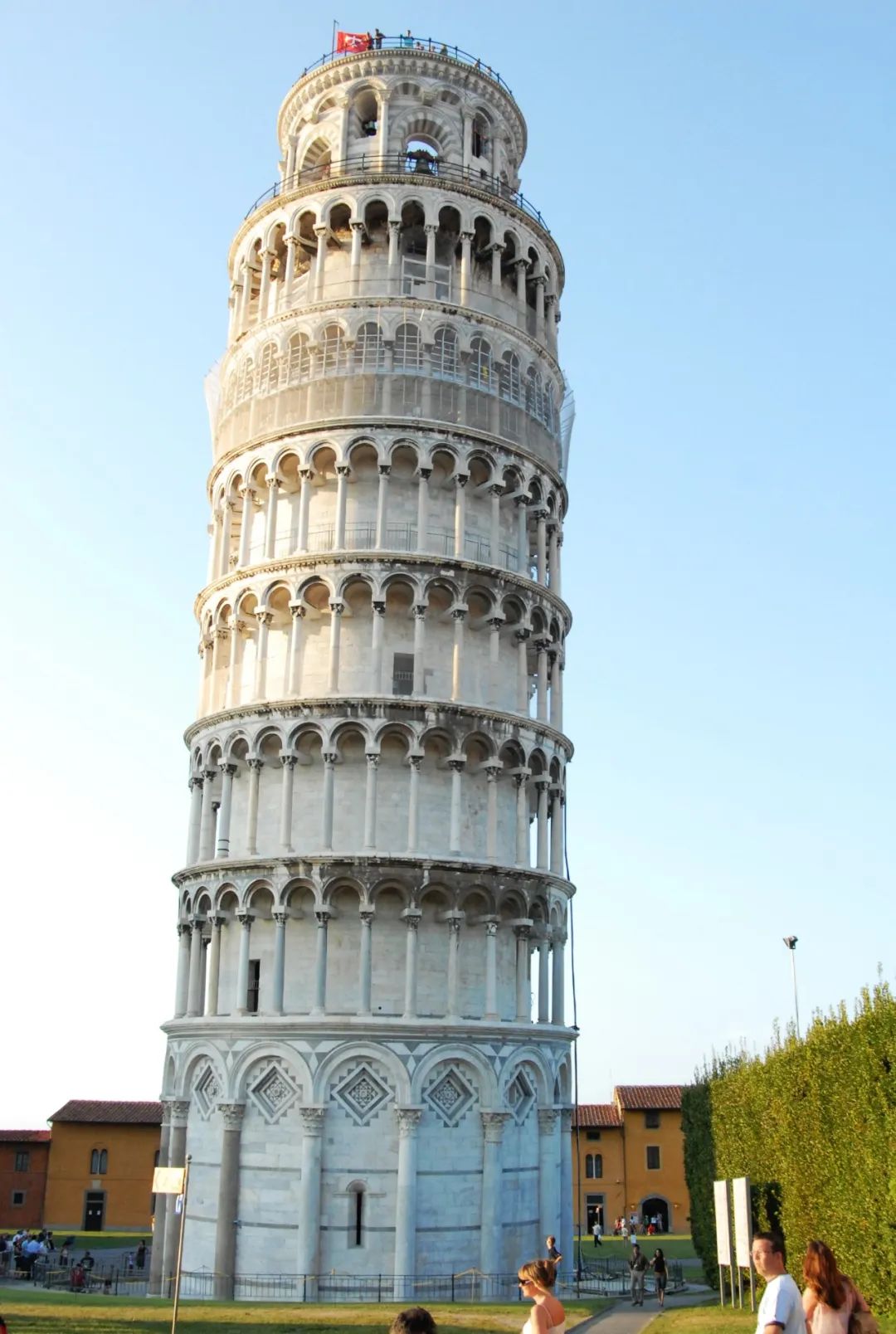
The people of Pisa are naturally most concerned about the fate of the leaning tower. Although they are also worried about the tilt of the leaning tower, they are more proud and proud that their hometown has a leaning tower that they think is comparable to famous buildings in the world. Feel proud. They firmly believe that it will never fall. They have a saying that the Tower of Pisa is as strong as the Pisa people and will never fall. They detested most the suggestions of re-erecting the Leaning Tower. For example, in 1934, 90 tons of cement were sprayed into the foundation and surrounding areas to implement basic waterproofing projects. However, the tower became more unstable, moved around, and tilted faster. (Source: Wikipedia)
The Leaning Tower of Pisa can be climbed to the top, but the number of people climbing the tower at a time is limited to 30 people. When we arrived at the bottom of the tower, it was already 6 pm, and there was no longer a queue to climb the tower. There are only admission fees for climbing the tower, and it is free to tour and take photos around the tower. In China, places like this world heritage have long been fenced off and charged high prices.
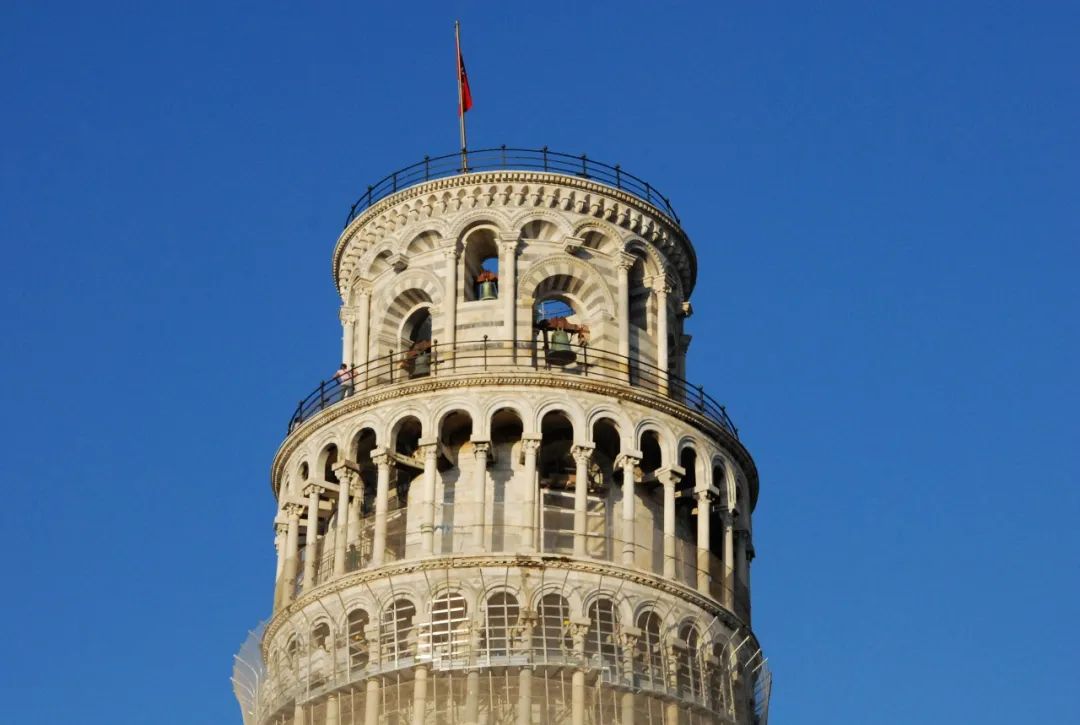
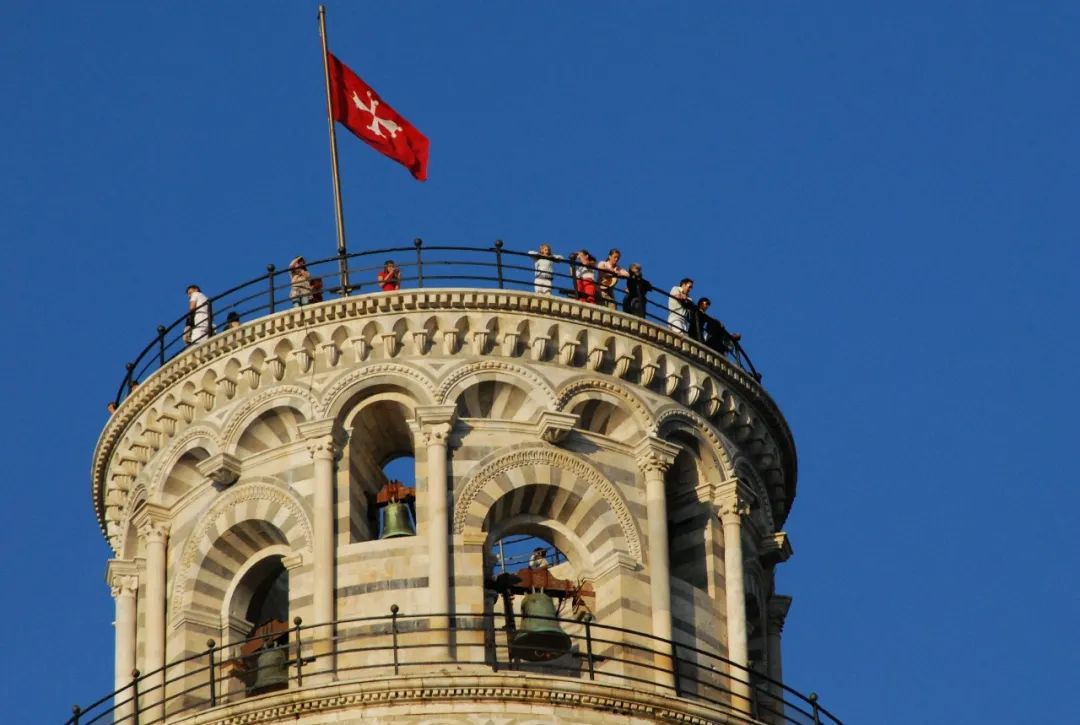
The places of interest in Pisa are centered on Miracolo Plaza, including the Duomo/Cattedrale, the Battistero and the Bell Tower (the Leaning Tower of Pisa). They have similar architectural styles and are connected by lawns below. The sun has not yet gone down, which is when the light is at its best. The Leaning Tower stands on the lawn, which is very easy to take pictures of. The poses everyone poses are nothing more than knocking down the tower or supporting the leaning tower.
Cathedral and Leaning Tower of Pisa
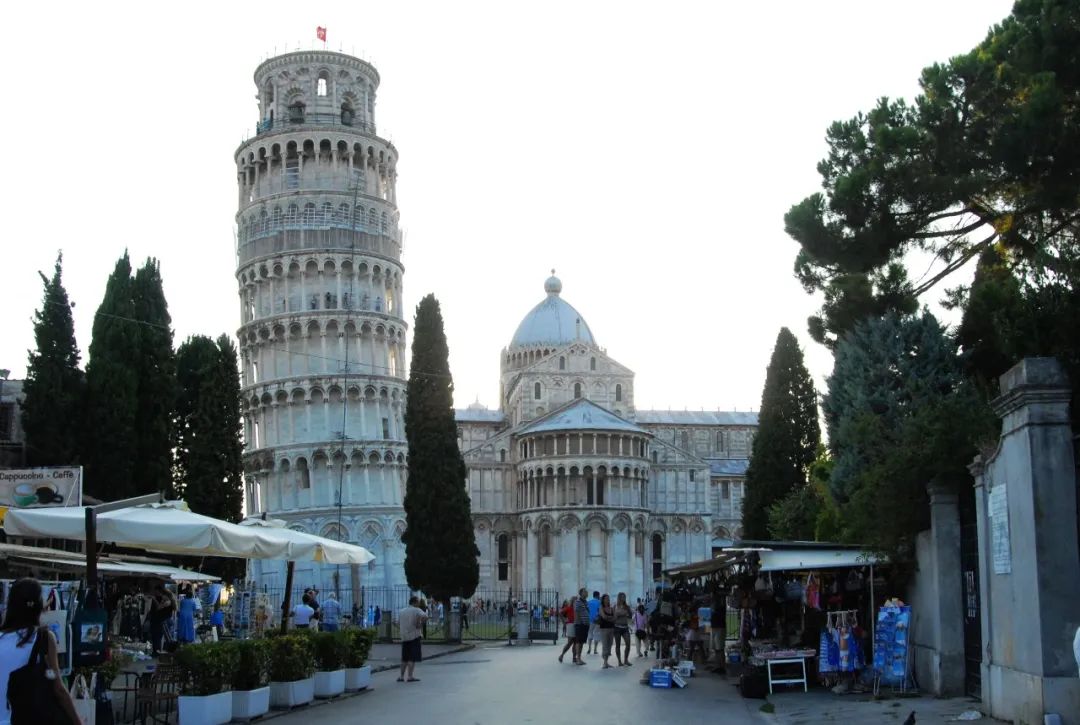
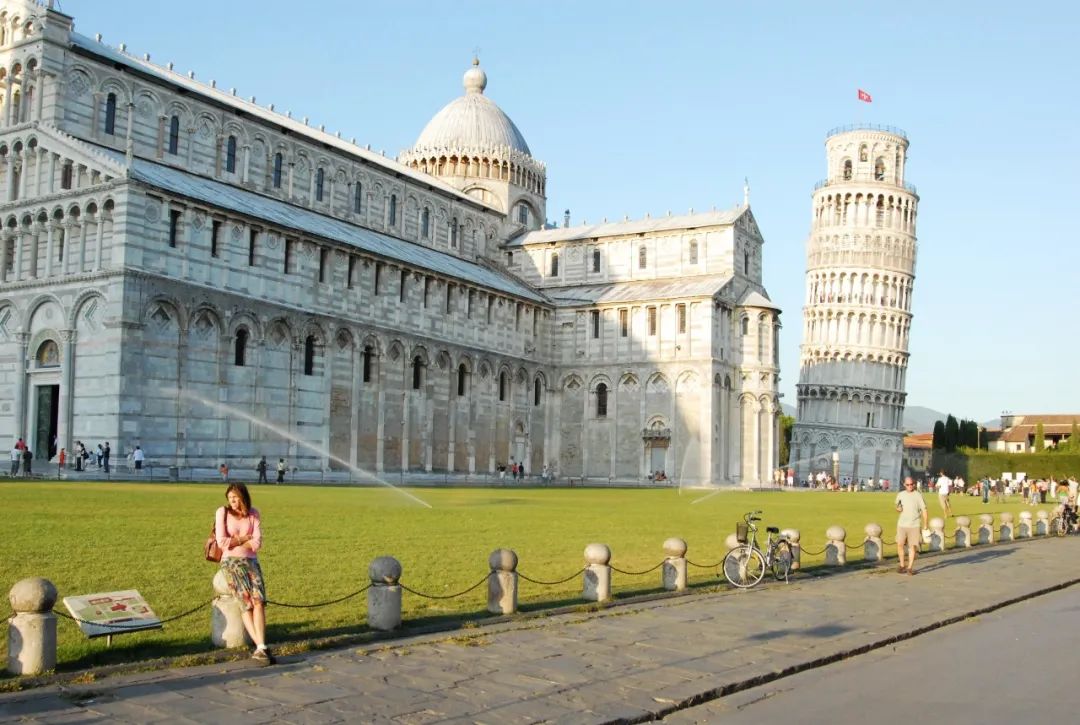
baptistery
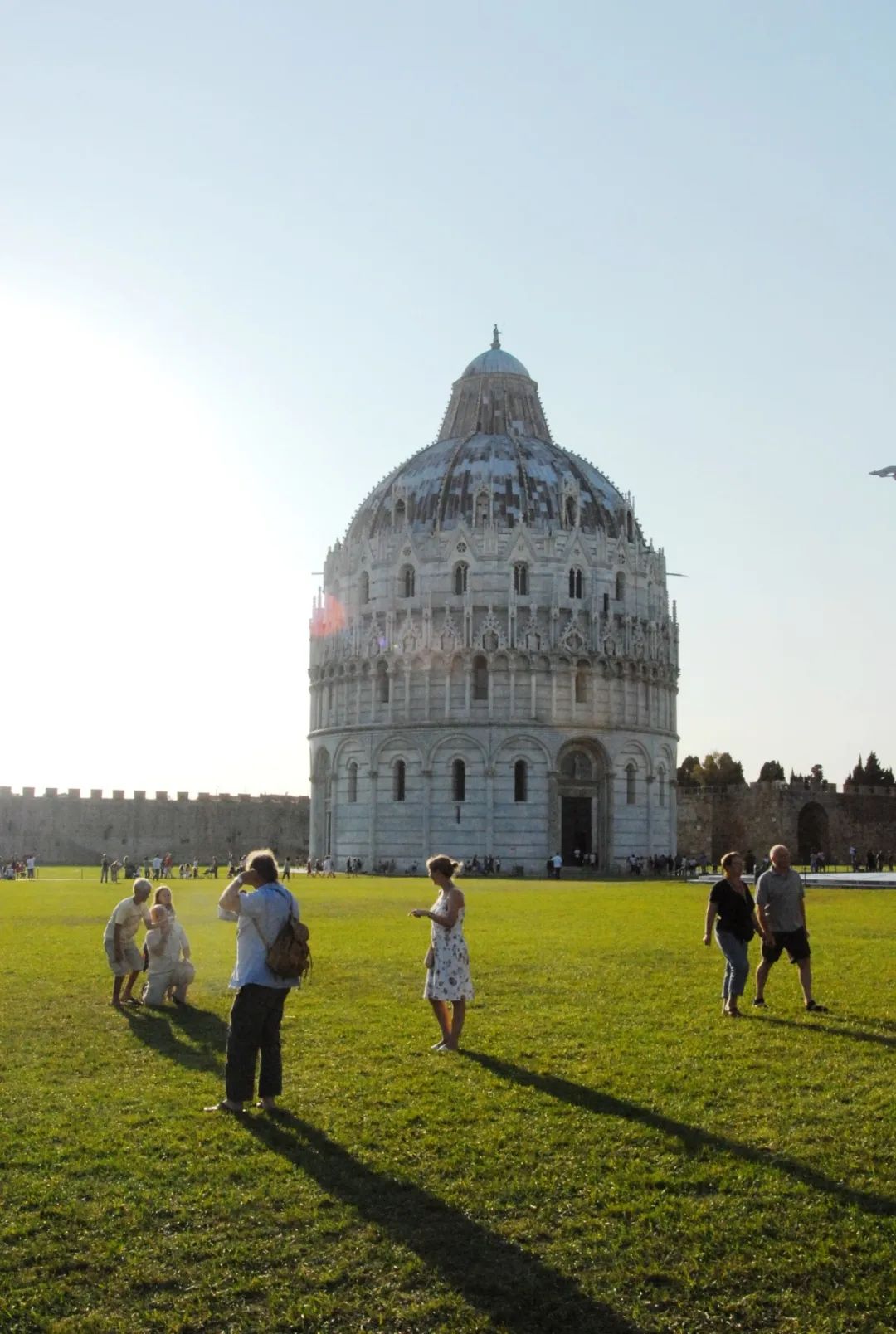
Similar POSE
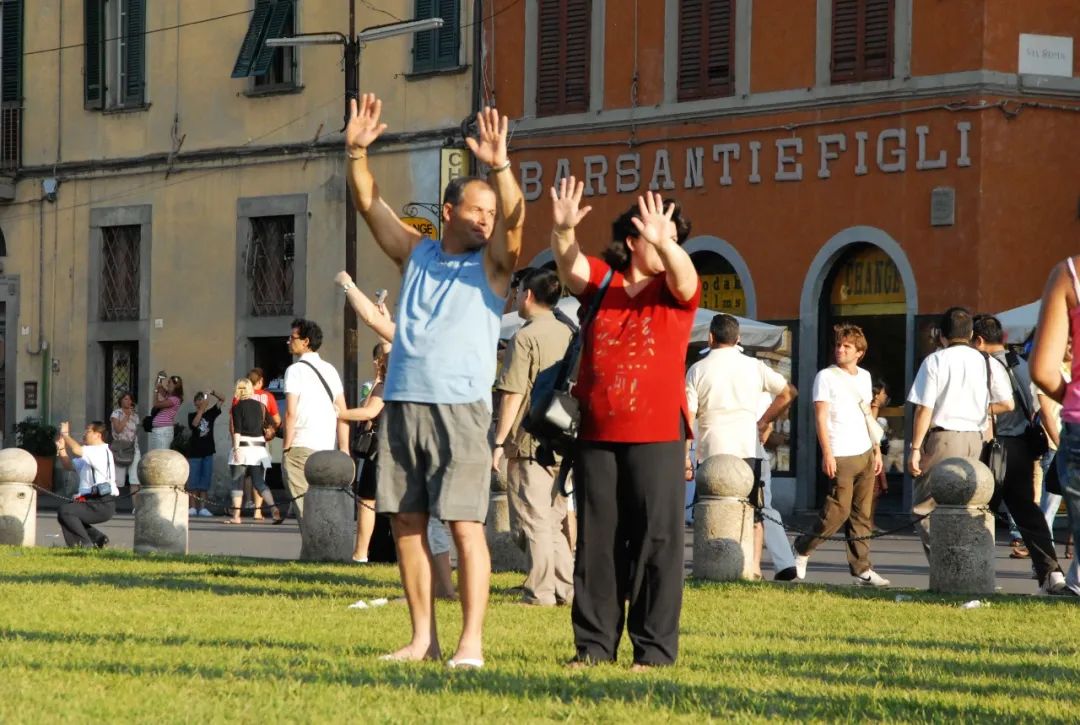
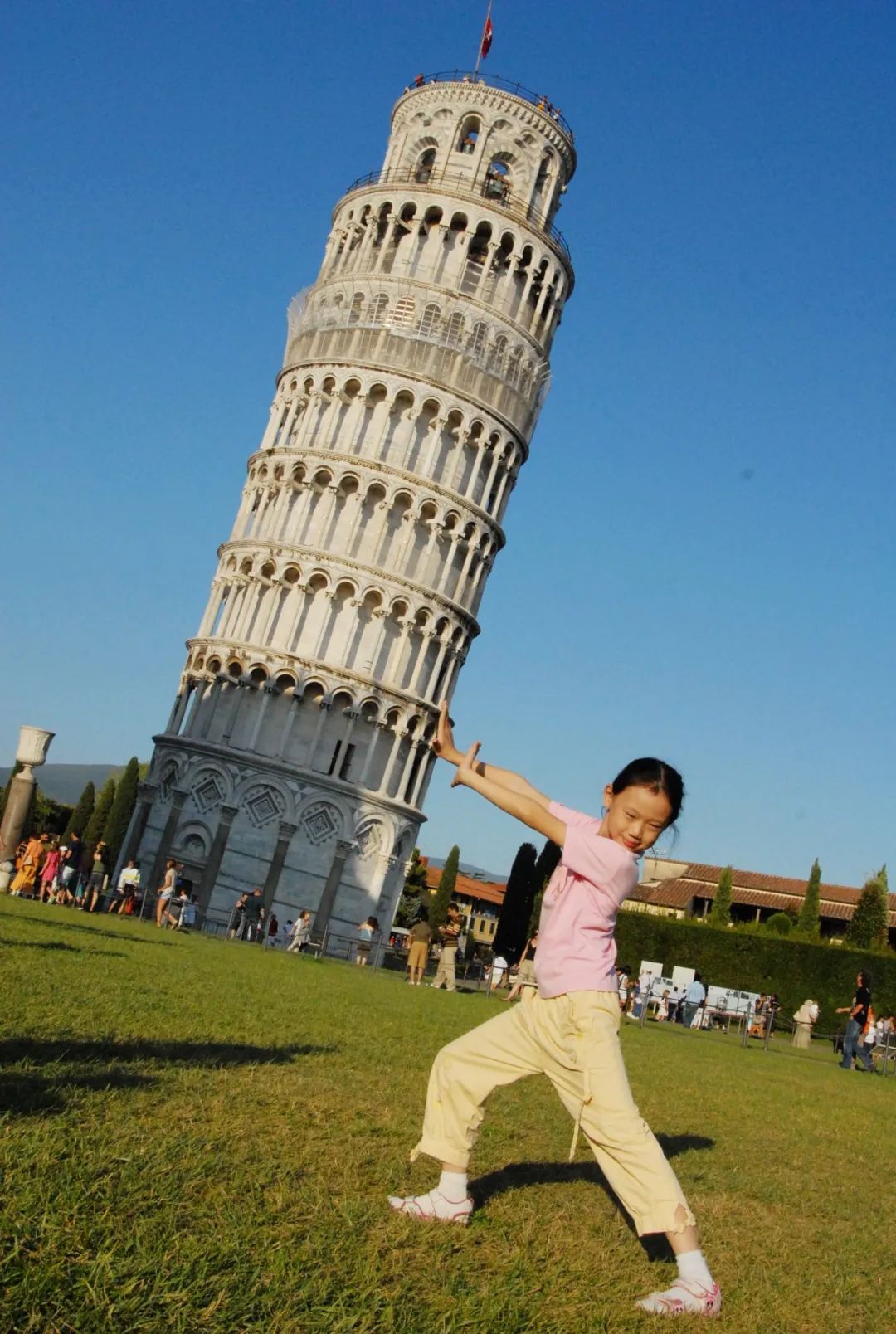
I didn’t book a hotel today. I waited until the tour was over before I started looking for a hotel. However, I stayed at the most cost-effective hotel on this trip, a four-star hotel for 80 euros a night. It seems that if you have a car, you should book a hotel when the itinerary is uncertain. You are causing trouble for yourself.
